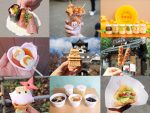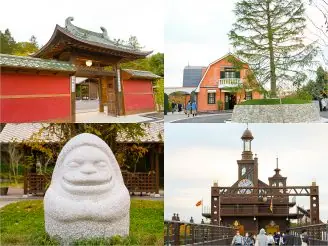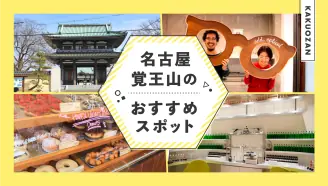[Handa city] "MIM Mizkan Museum" Where You can Learn About Vinegar while Having Fun
![[Handa city] "MIM Mizkan Museum" Where You can Learn About Vinegar while Having Fun](https://life-designs.jp/wp/wp-content/uploads/2024/06/image55-1.jpg)
”MIM Mizkan Museum" reopened in March 2024. This is a hands-on museum where visitors can enjoy learning about the history of vinegar production and the fascinating food culture of the famous "vinegar" company, Mizkan.
Handa city is where vinegar was created from sake lees. It also triggered the Edo-mae sushi boom. In this report, we will take a look at the "Mizkan Museum," where you can learn about Handa's vinegar production!
Table of Contents

Handa Canal
The museum is located along the Handa Canal, a 3-minute walk from JR Taketoyo Line "Handa" Station and a 13-minute walk from Meitetsu Kowa Line "Chita-Handa" Station. In the past, finished vinegar was transported by boat from here. The Mizkan mark can be seen everywhere.
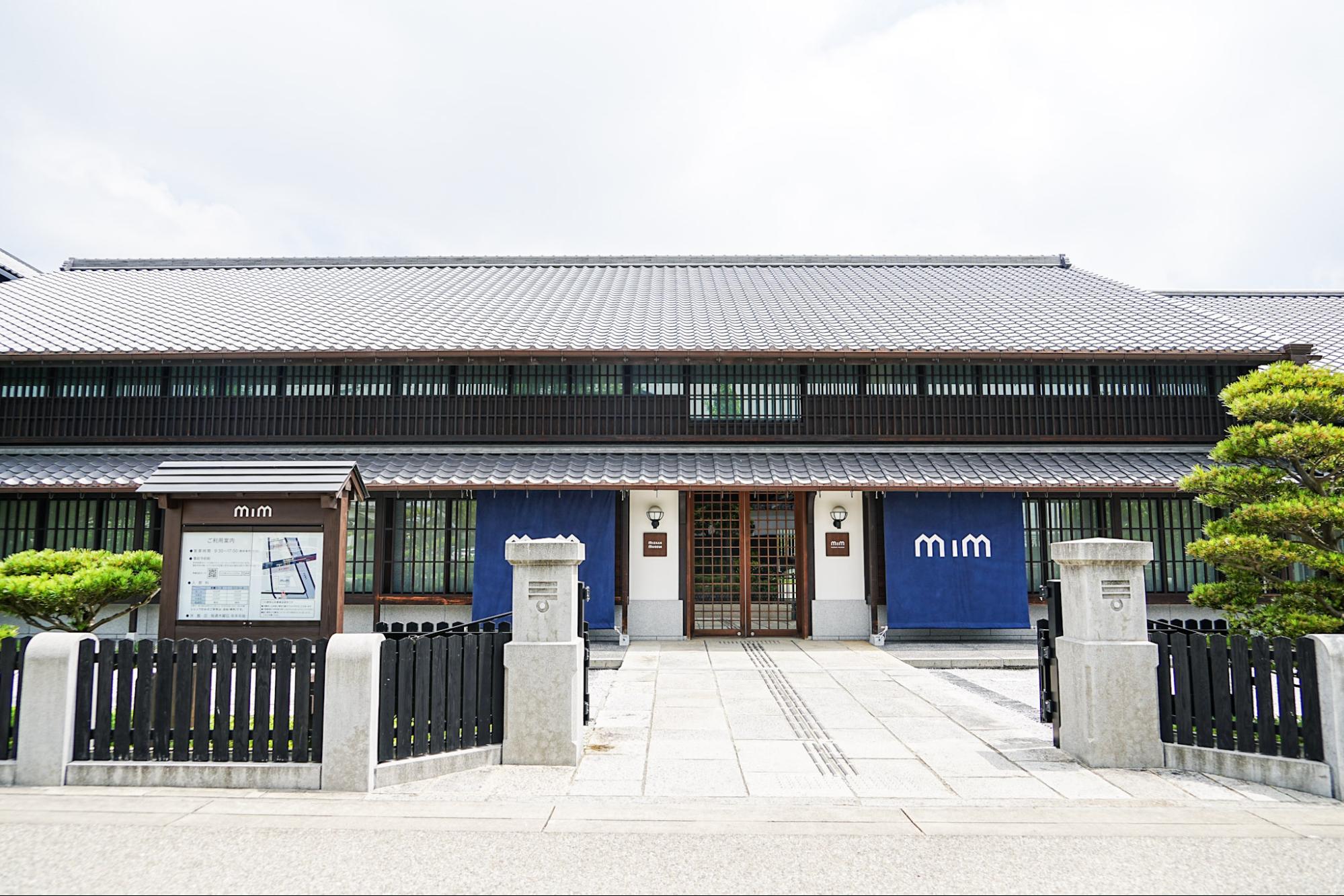
Exterior of the Mizkan Museum
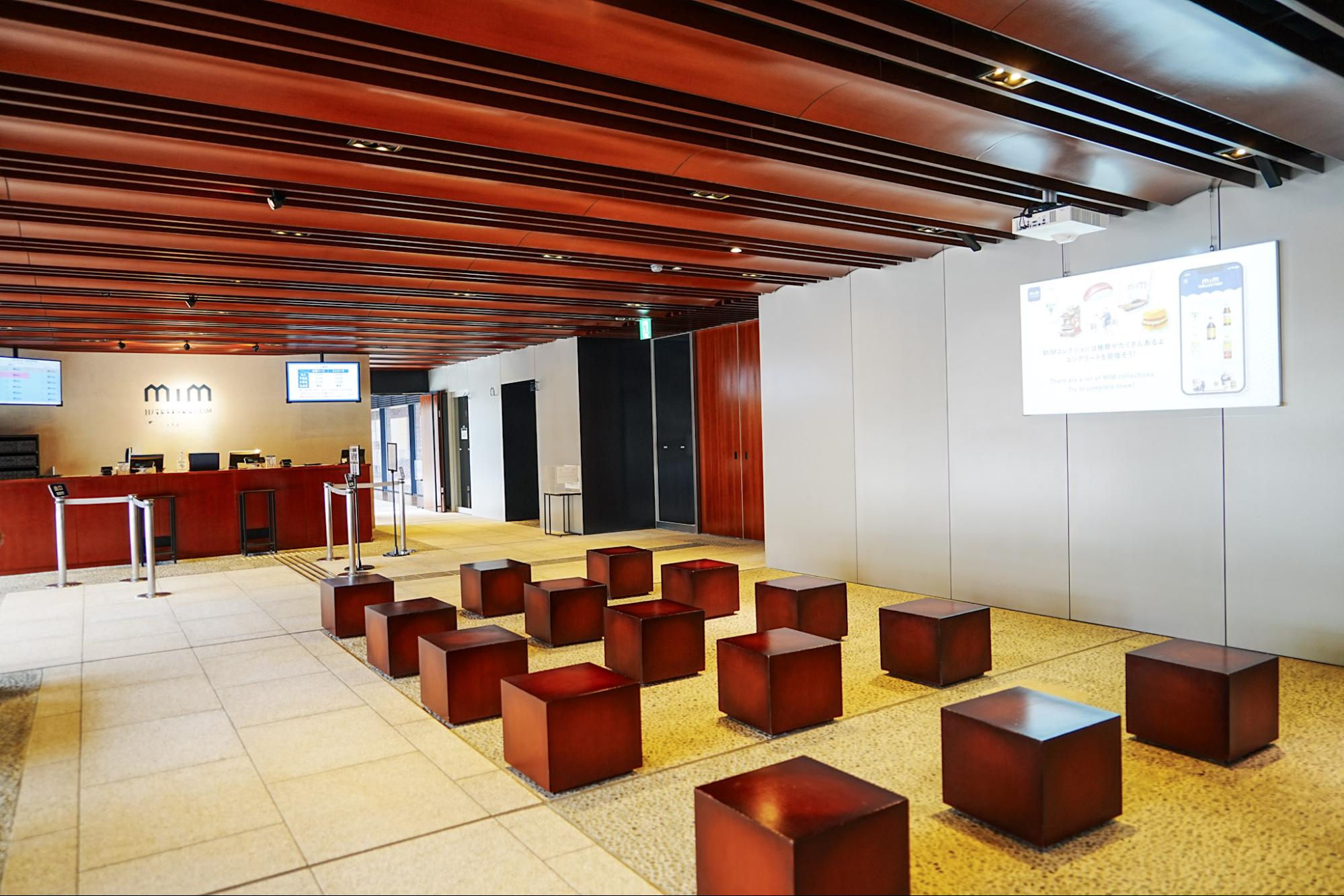
"Mizkan Museum" entrance
Tours of the "Mizkan Museum" are available by advance reservation only. There are two types of courses: the "Full Course," which allows visitors to visit all five zones, including guided tours, and the "Mini Course," which allows visitors to freely enjoy two zones, the "Daichi no Kura" and the "Hikari no Niwa".
<Full course>
Allowable stay time: 120 minutes
Capacity: 30 people
Fees: Adults ¥500, Junior and senior high school students ¥300, Elementary school students ¥200, Babies and toddlers free<Mini Course>
Time allowed: 120 minutes
Capacity: 15 people
Fees: Adults ¥300, Junior and senior high school students ¥200, Elementary school students ¥100, Babies and toddlers free*Persons with a disability certificate and one accompanying person will be charged half the applicable fee.
This time, I participated in the "Full Course" which allows you to take your time to explore all five zones. After checking in, you can start your tour at your reserved time! Be sure to leave any large luggage in the free coin lockers next to the reception desk.
Enjoy it both inside and outside the building!
MIM's AR collection
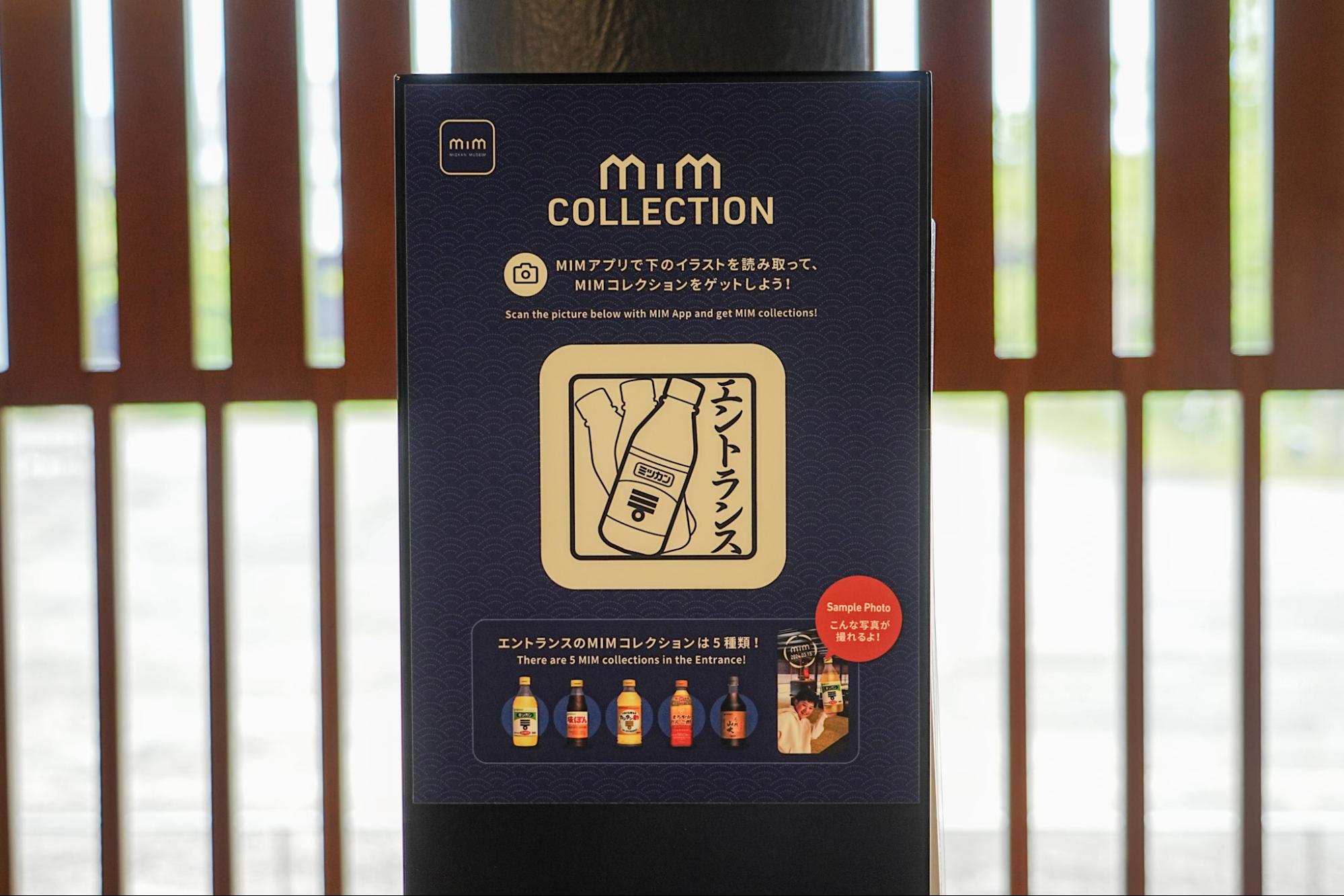
MIM's AR collection
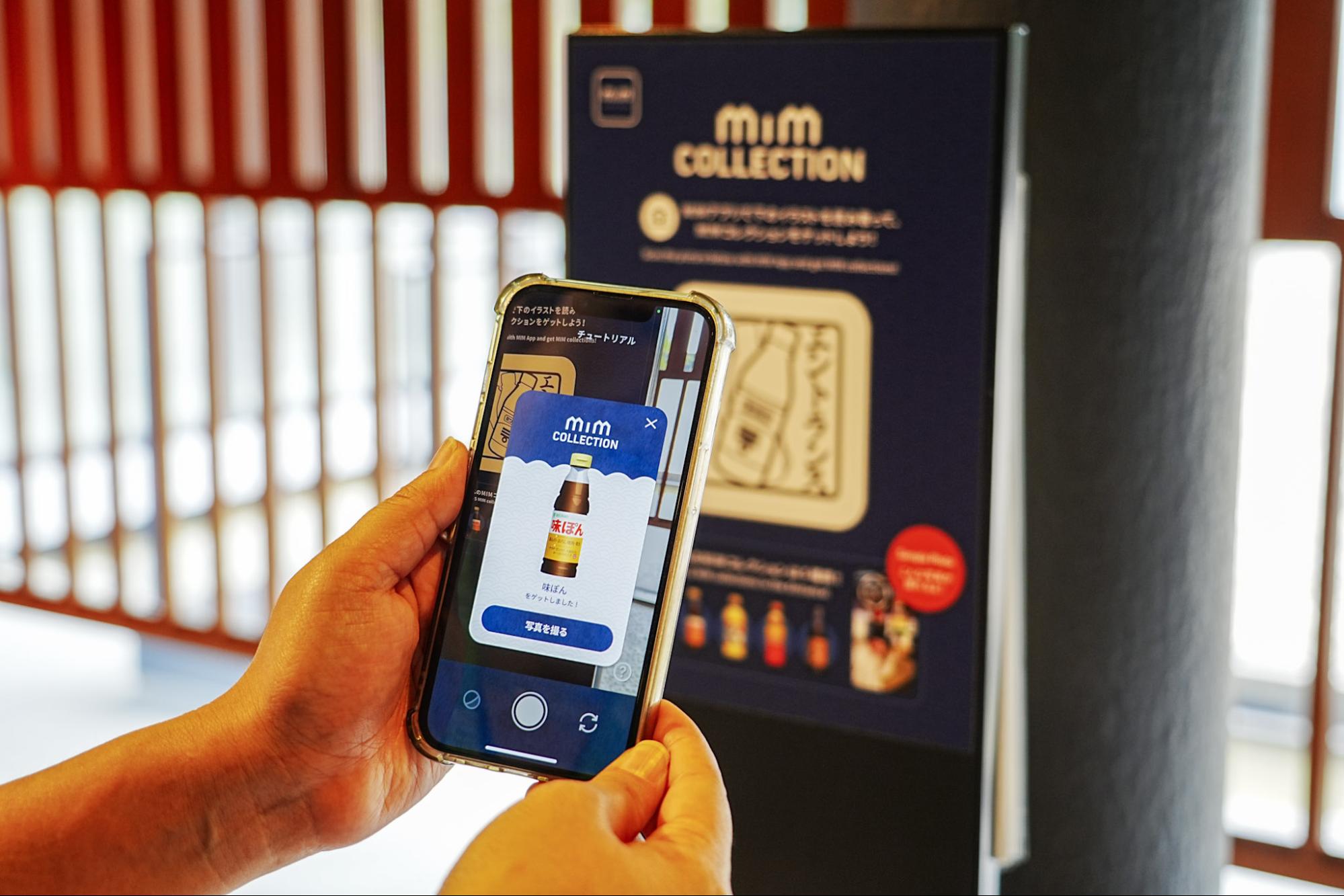
The collection also comes with content that provides trivia about Mizkan's products and history!
The first feature of the renewal is the "MIM AR Collection."
By pointing your smartphone camera at each section in the museum, you can get the MIM AR collection. The AR collection you can get in each section is different, so it's fun to collect them like a stamp rally!
Make sure you download the app before you start your tour.
▼Download the app here
https://www.mizkan.co.jp/mim/app/
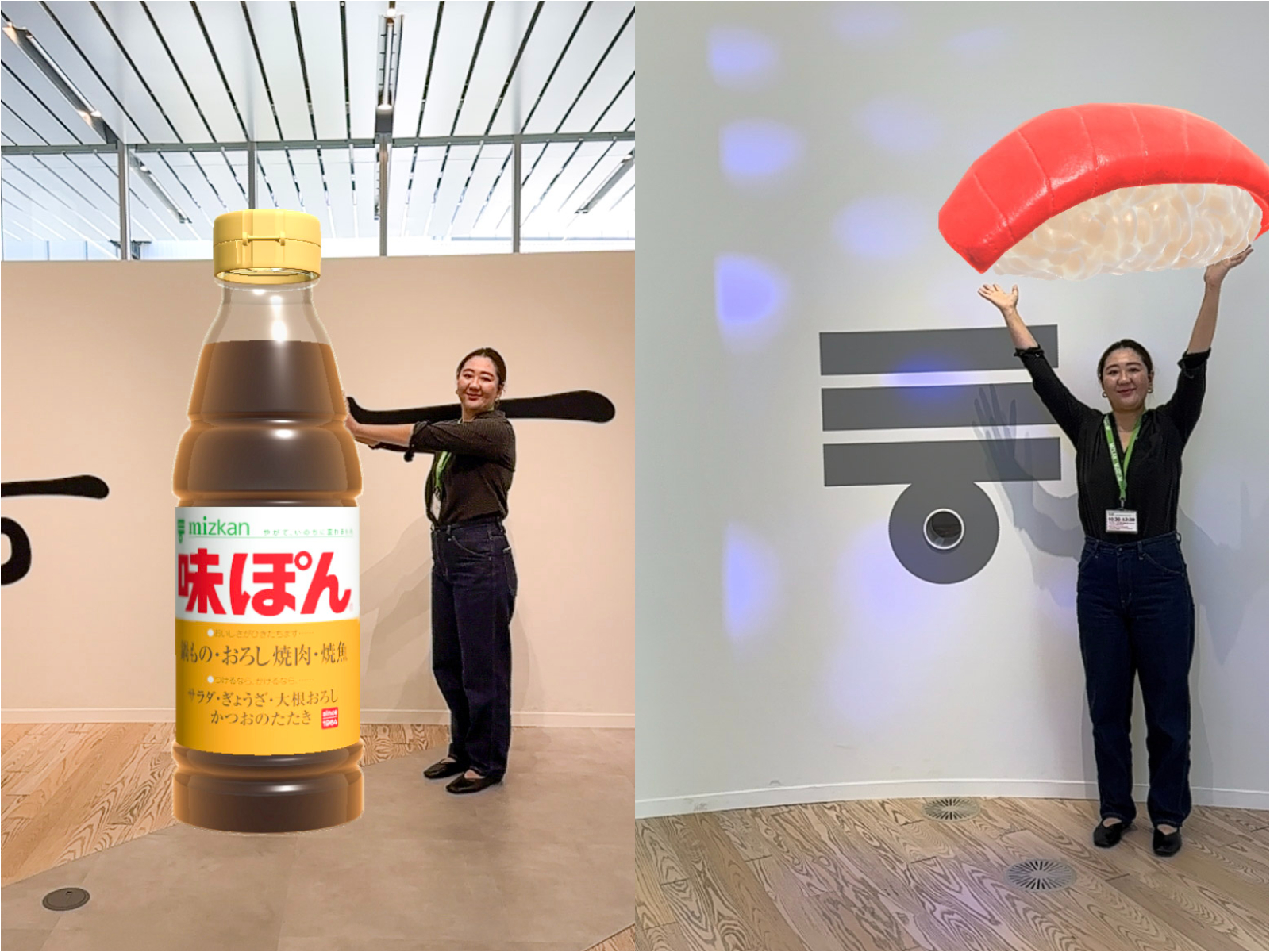
The AR collection you acquire is perfect for taking commemorative photos inside the museum! It can also be displayed outside the museum, so you can enjoy it after you return home.
"Daichi no Kura (Earth Storehouse)" You can learn how to make vinegar in the Edo period
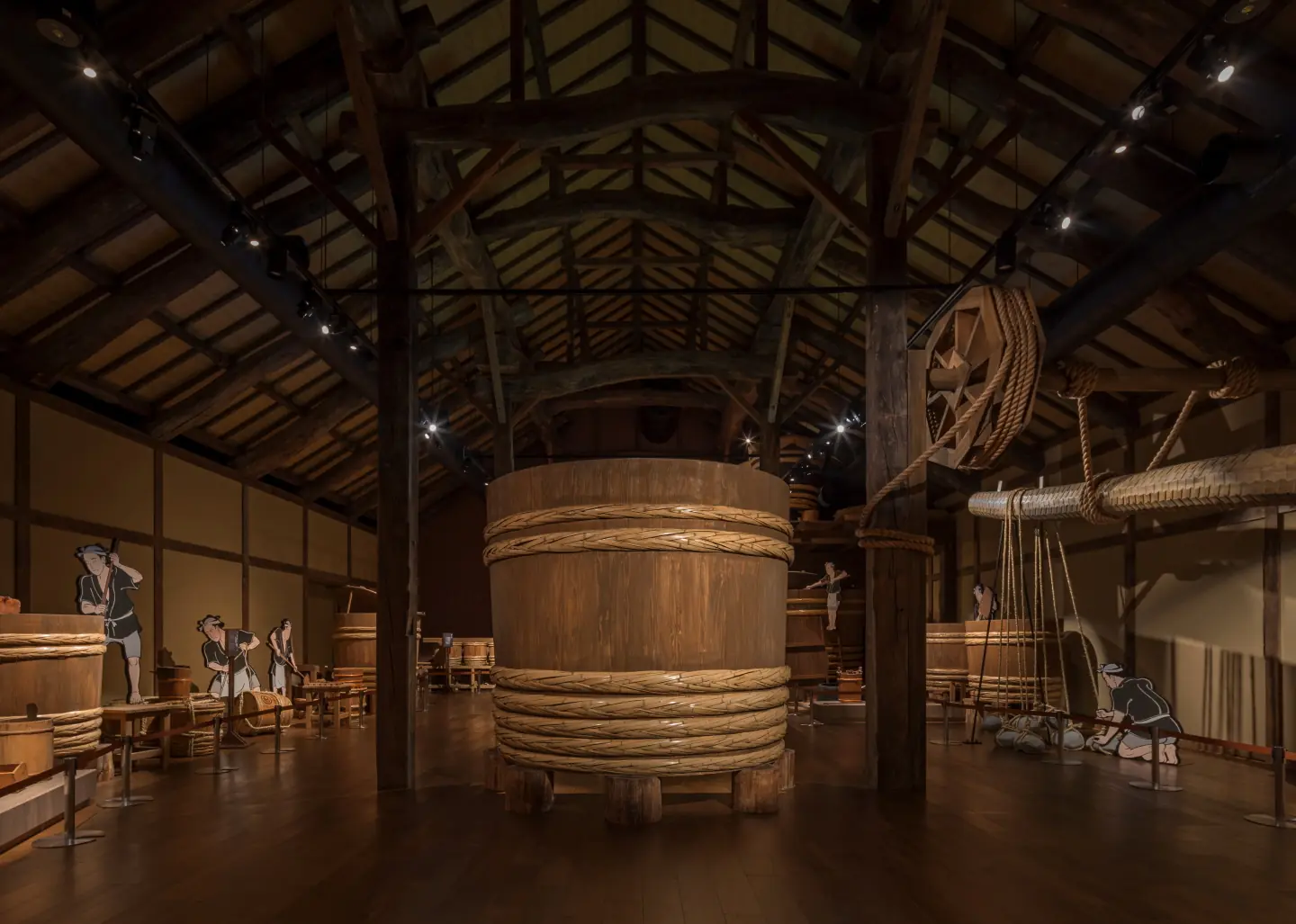
"Daichi no Kura"
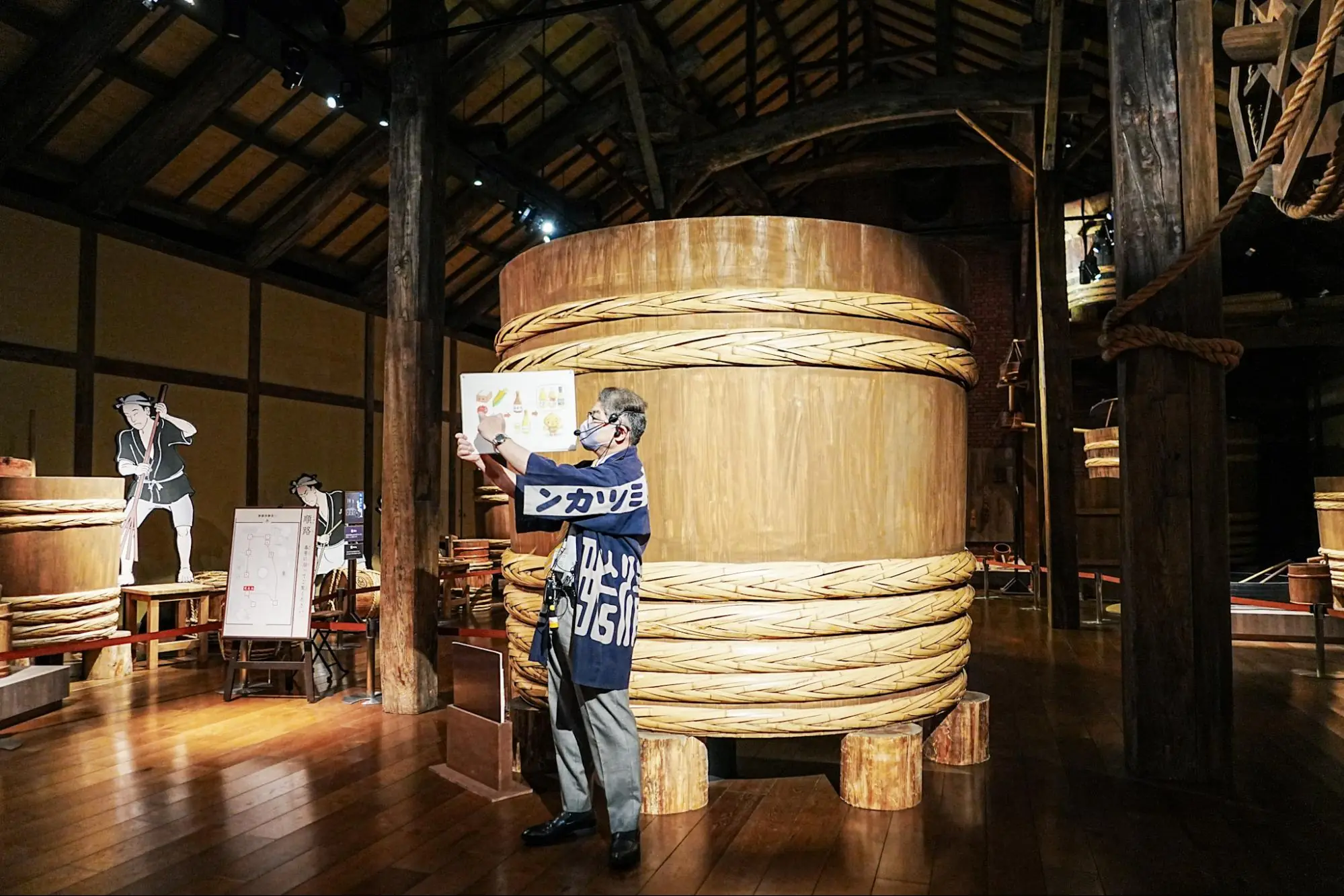
"Daichi no Kura" is a free zone that you can explore at your leisure, but if the timing is right, a staff member will guide you.
First, let's go to the "Daichi no Kura" zone.
Here, visitors can experience the spirit of craftsmanship that has been passed down from generation to generation by seeing how vinegar was made in the Edo period and how it is brewed today.
The Chita Peninsula, where Handa City is located, has been one of the leading sake-making regions in Japan since the Edo period. In addition to sake, miso, soy sauce, vinegar, and other brewed products also flourish here. The Nakano family, the founding family of the Mizkan Group, was also originally a sake brewer. They began making vinegar as an effective use of the sake lees left over from the sake brewing process.
Now, let's take a look at the process of making vinegar. Some of the ceilings, beams, pillars, and barrels were actually used in the building.
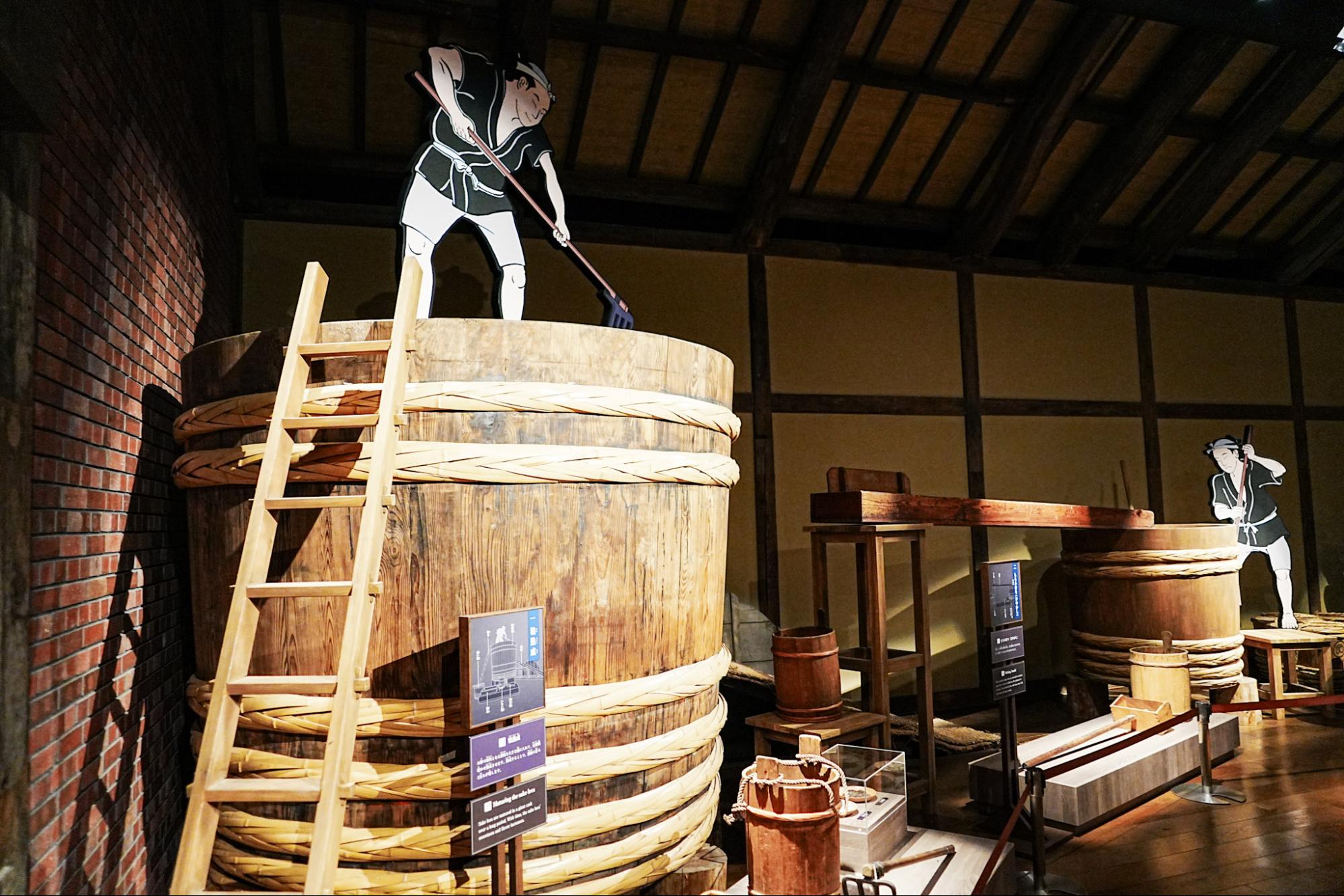
At that time, vinegar production was divided into nine steps, all done by hand. It starts with "lees maturation," in which sake lees, the raw material for vinegar, are placed in a largebarreland left to mature for a long time.
Transfer the matured sake lees to a bucket, add water and stir. After that, the moromi (unrefined sake) will be ready in about a week.
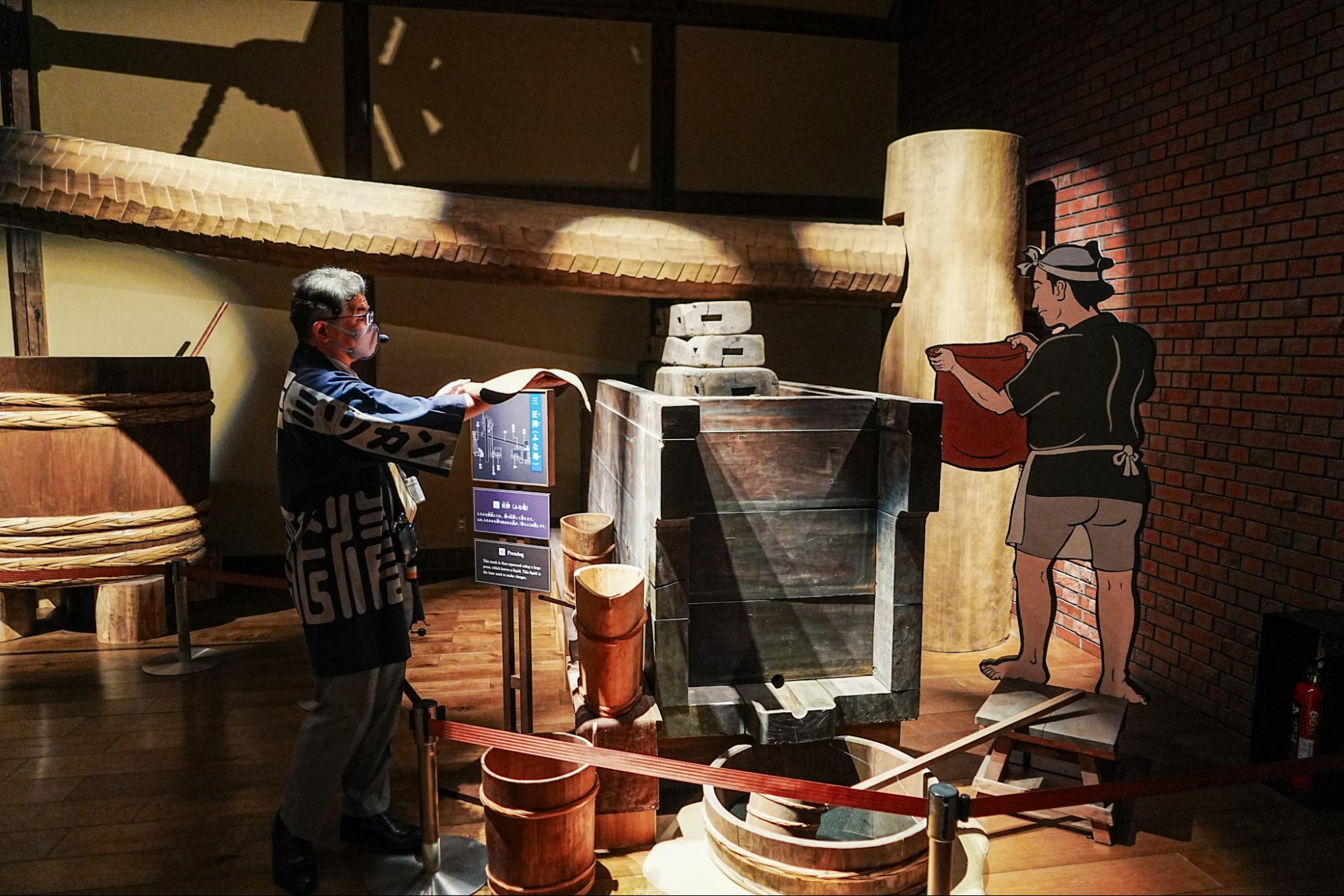
The moromi is placed in a vinegar bag and pressed in a vat. The liquid squeezed out from the moromi is called "vinegar base (sake)."
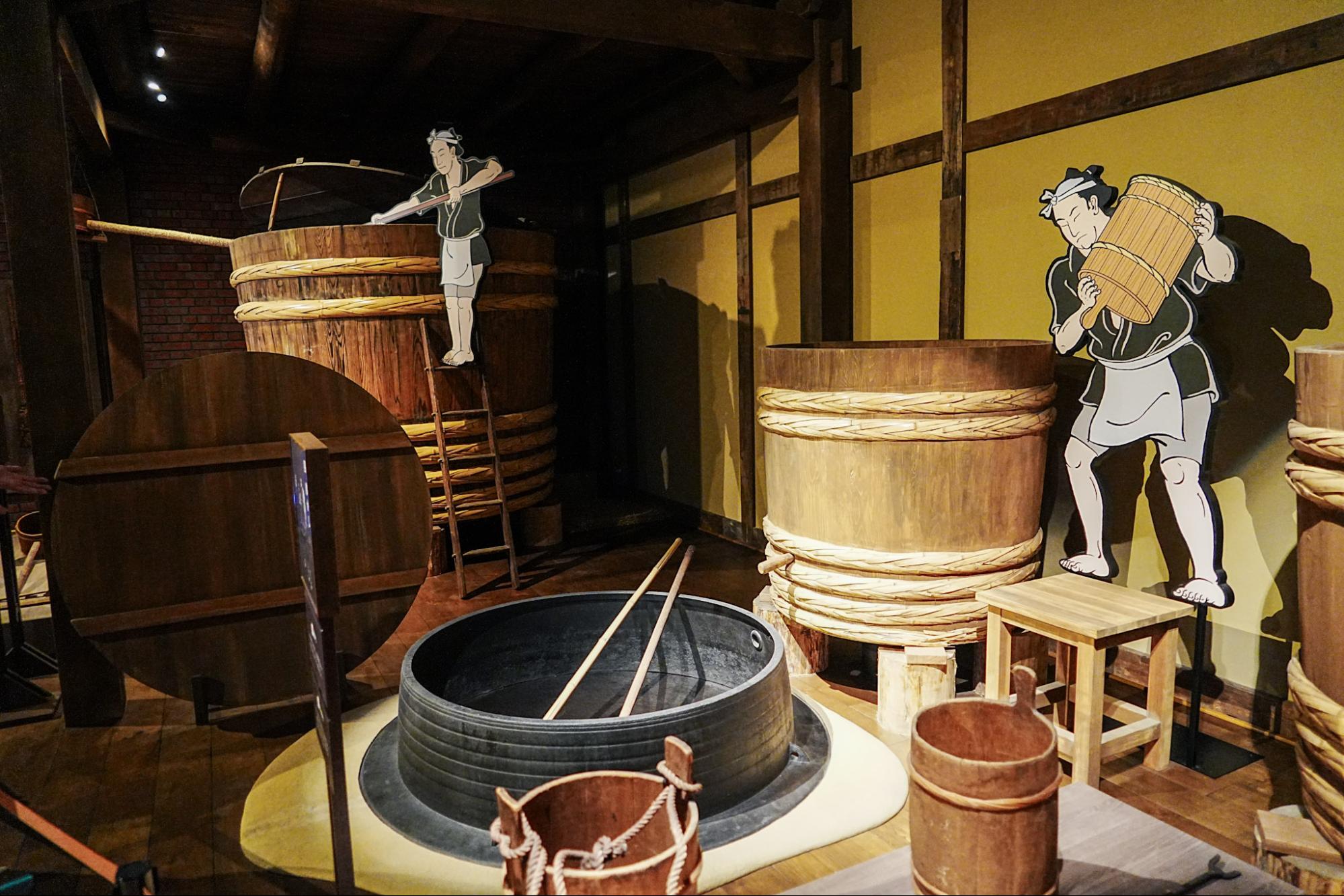
Heat half of the vinegar in a large iron pot. The resulting product was called "wakashi soup".
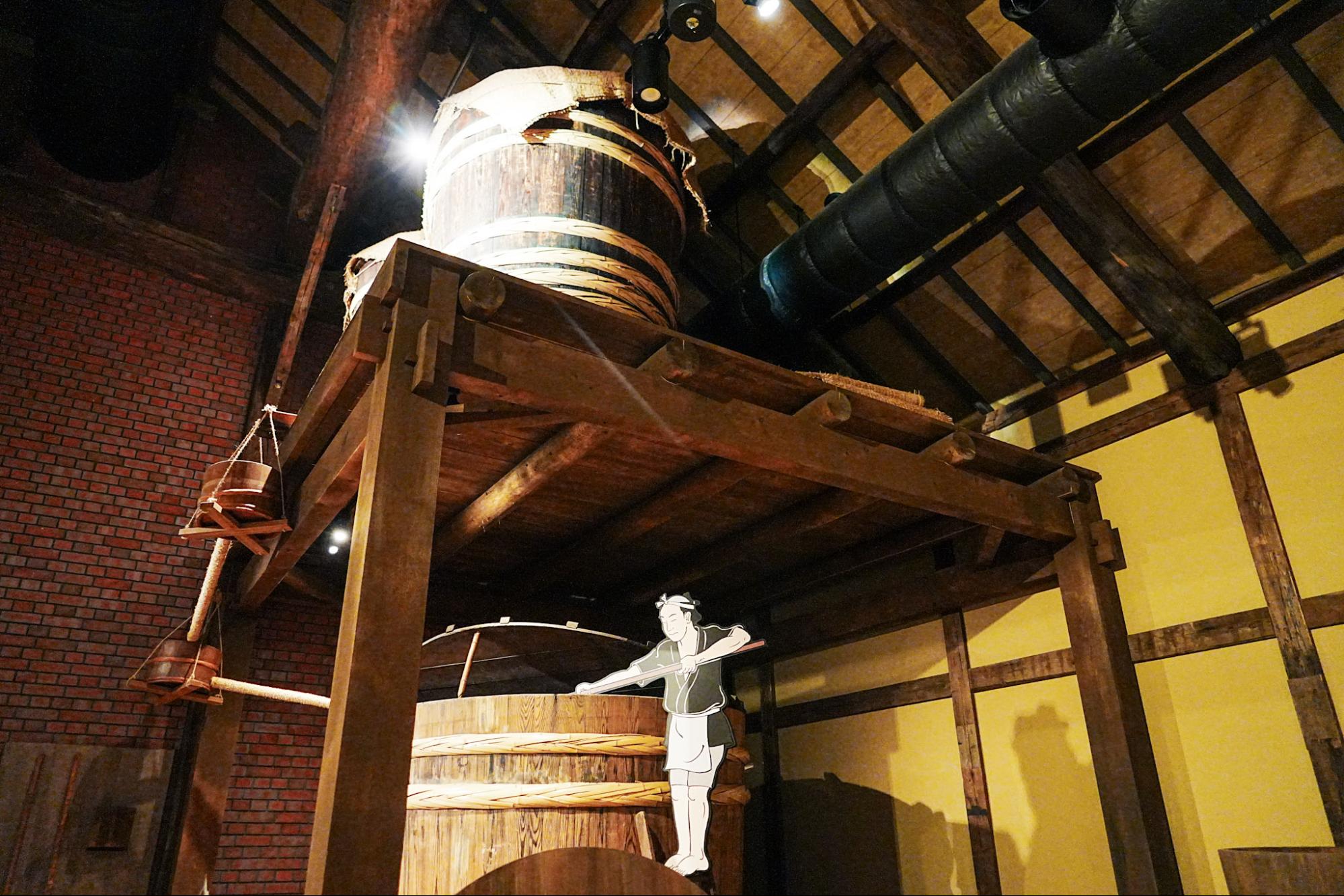
The wakashi soup and the remaining half of the vinegar base are transferred to the preparation vats on the second floor. In the preparation vats, half of the vinegar from the previous fermentation remains as "seed vinegar," and the acetic acid bacteria in the seed vinegar will work to turn the vinegar base into vinegar over the course of about a month.
Half of the finished vinegar is transferred to a storage vat on the first floor, where it is aged for two to three months. The other half will be used for the next preparation.
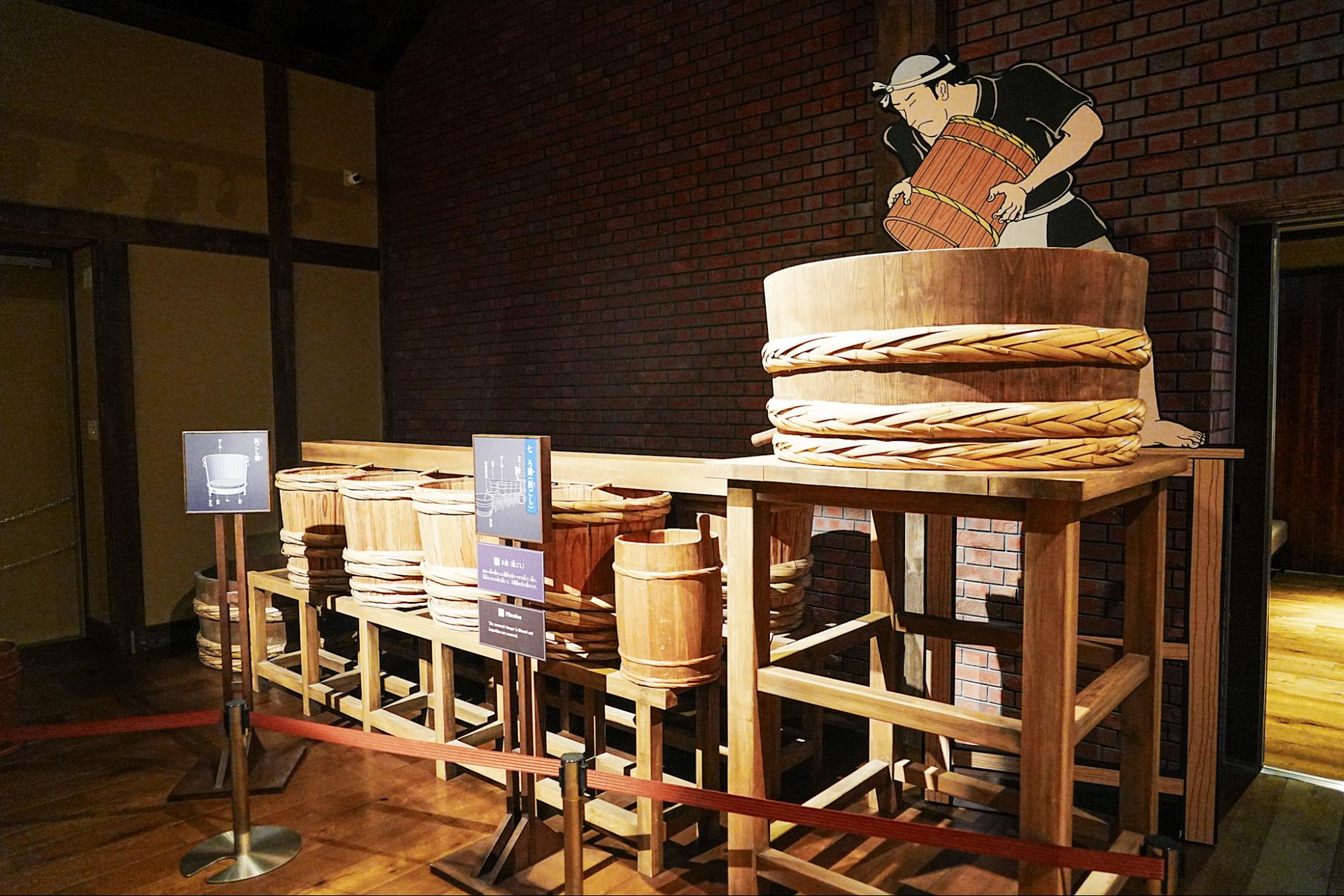
The filtered vinegar is then put into barrels. The barrels are tied with rope and the product is complete. It's amazing that all of these steps were done by hand.
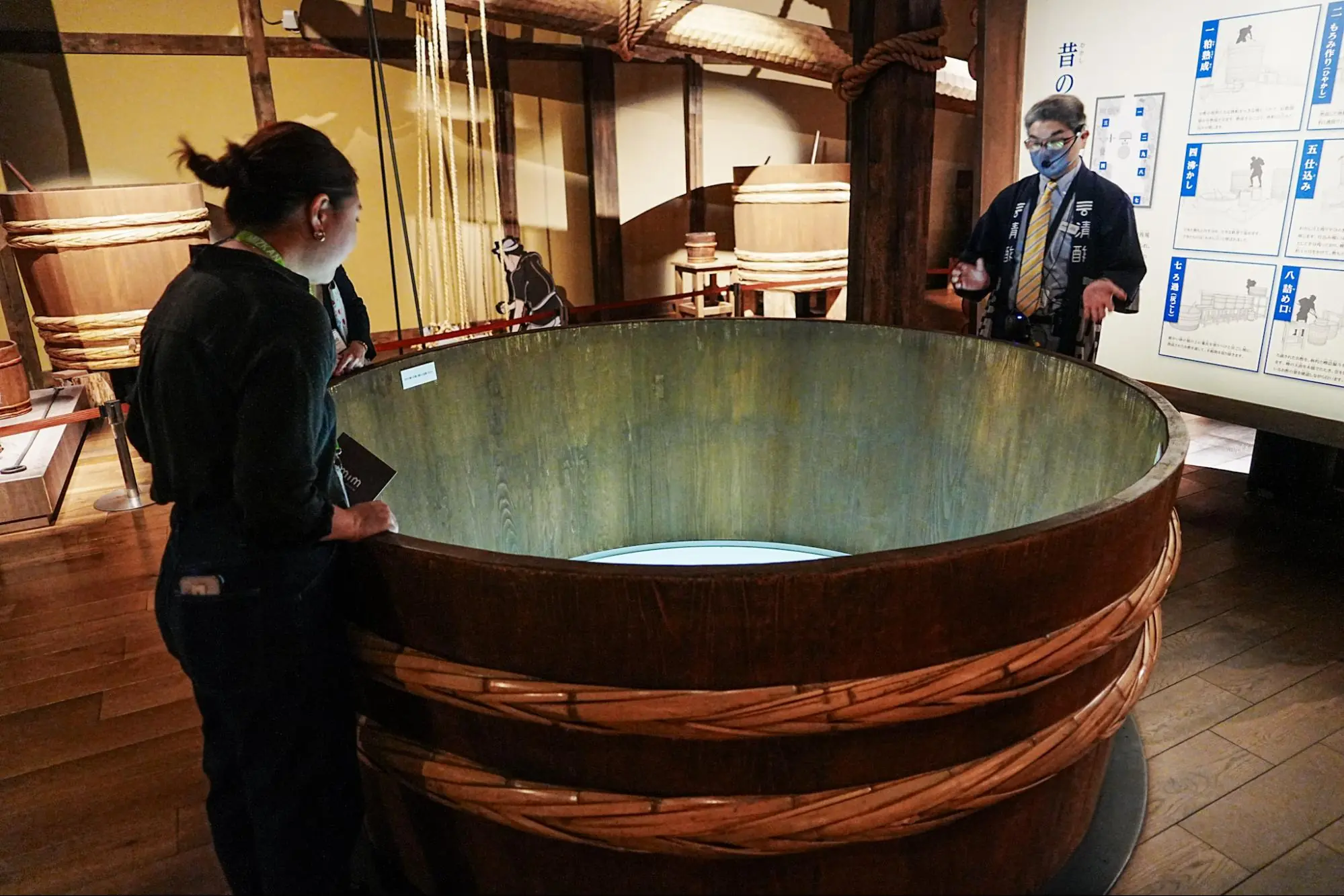
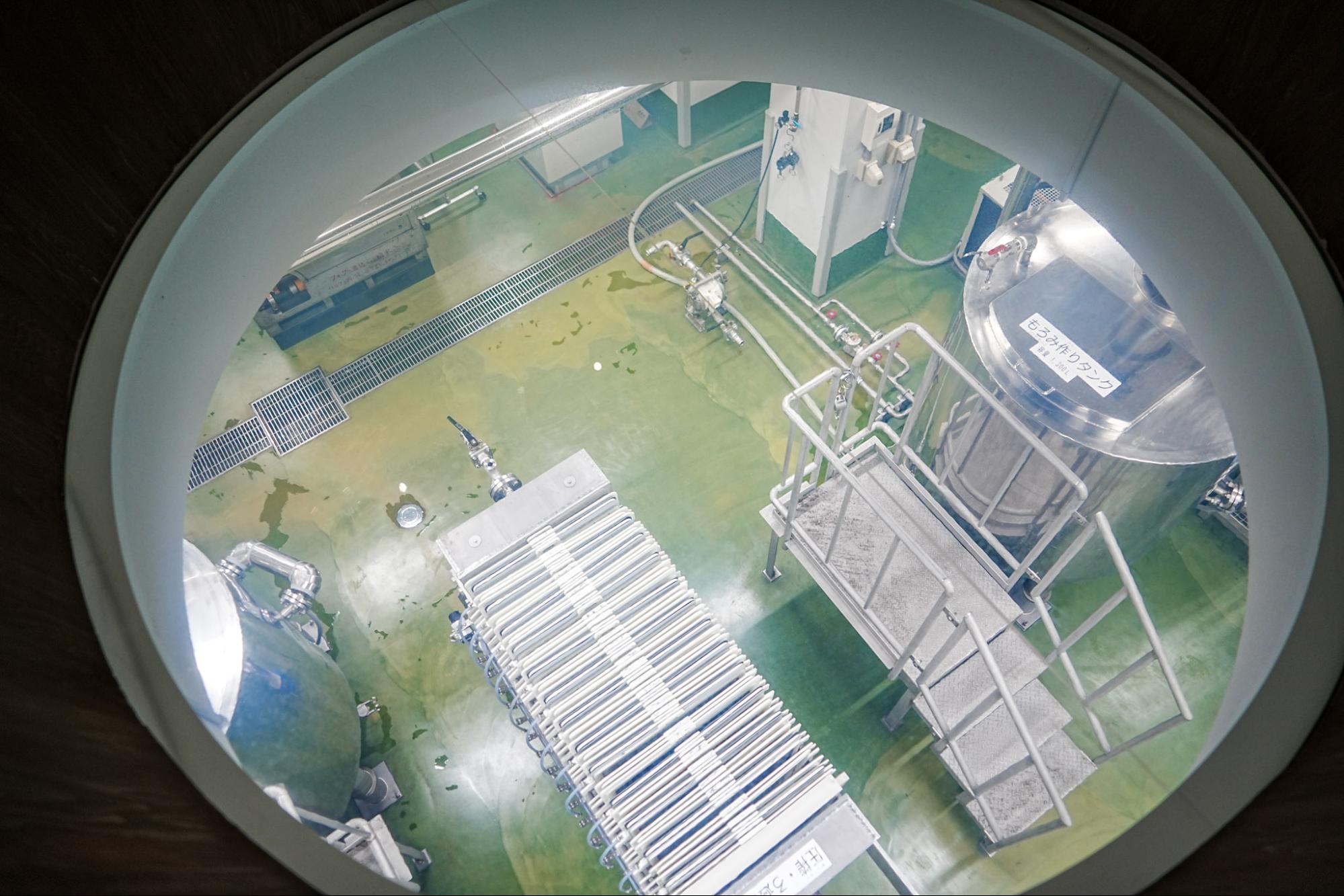
Looking into the vats in the center of the floor, we could see how vinegar is made today. At the Mizkan Museum, vinegar is actually made. The factory equipment and tools used have changed significantly, but the manufacturing principle of making sake lees into vinegar remains the same.
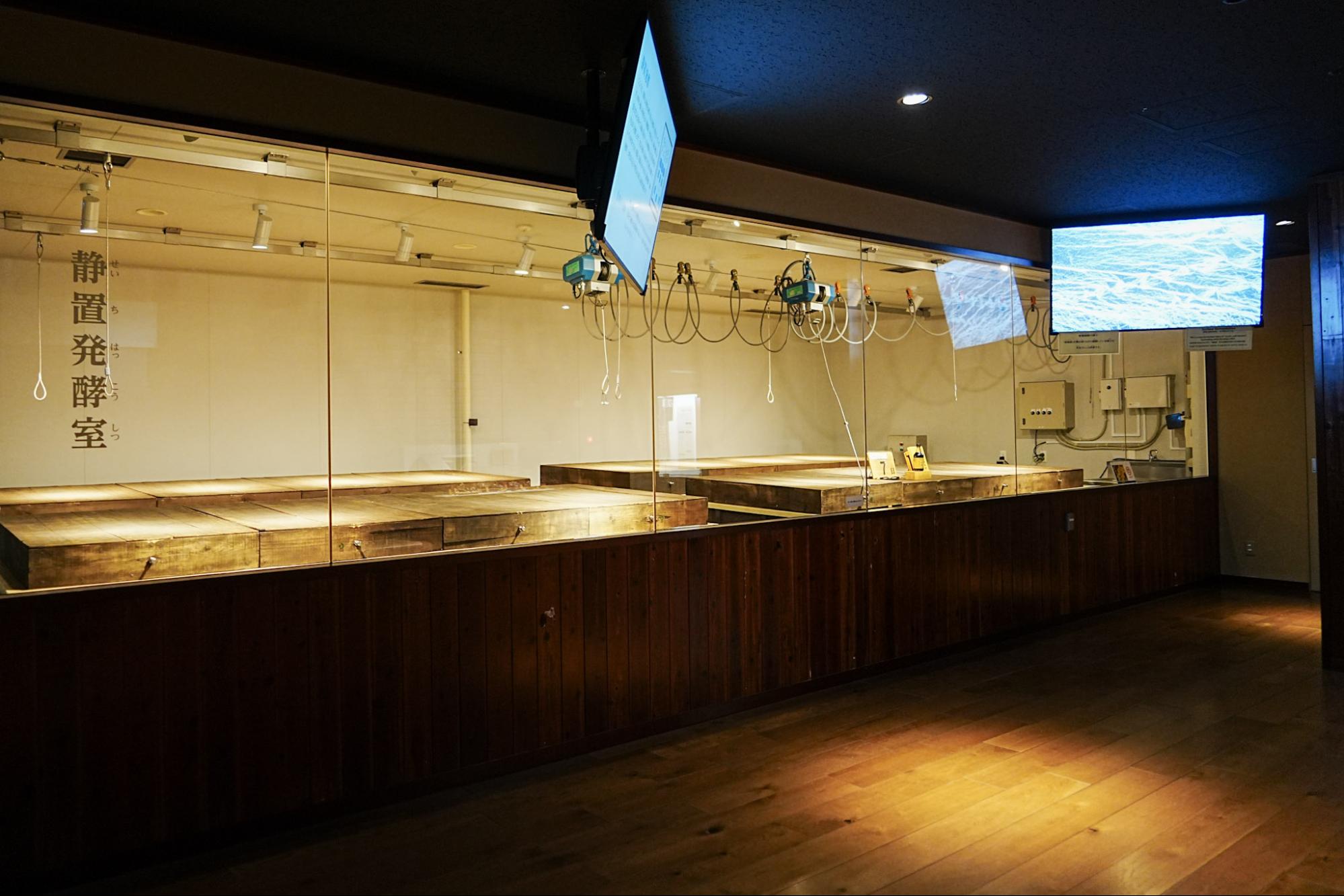
Static Fermentation Chamber
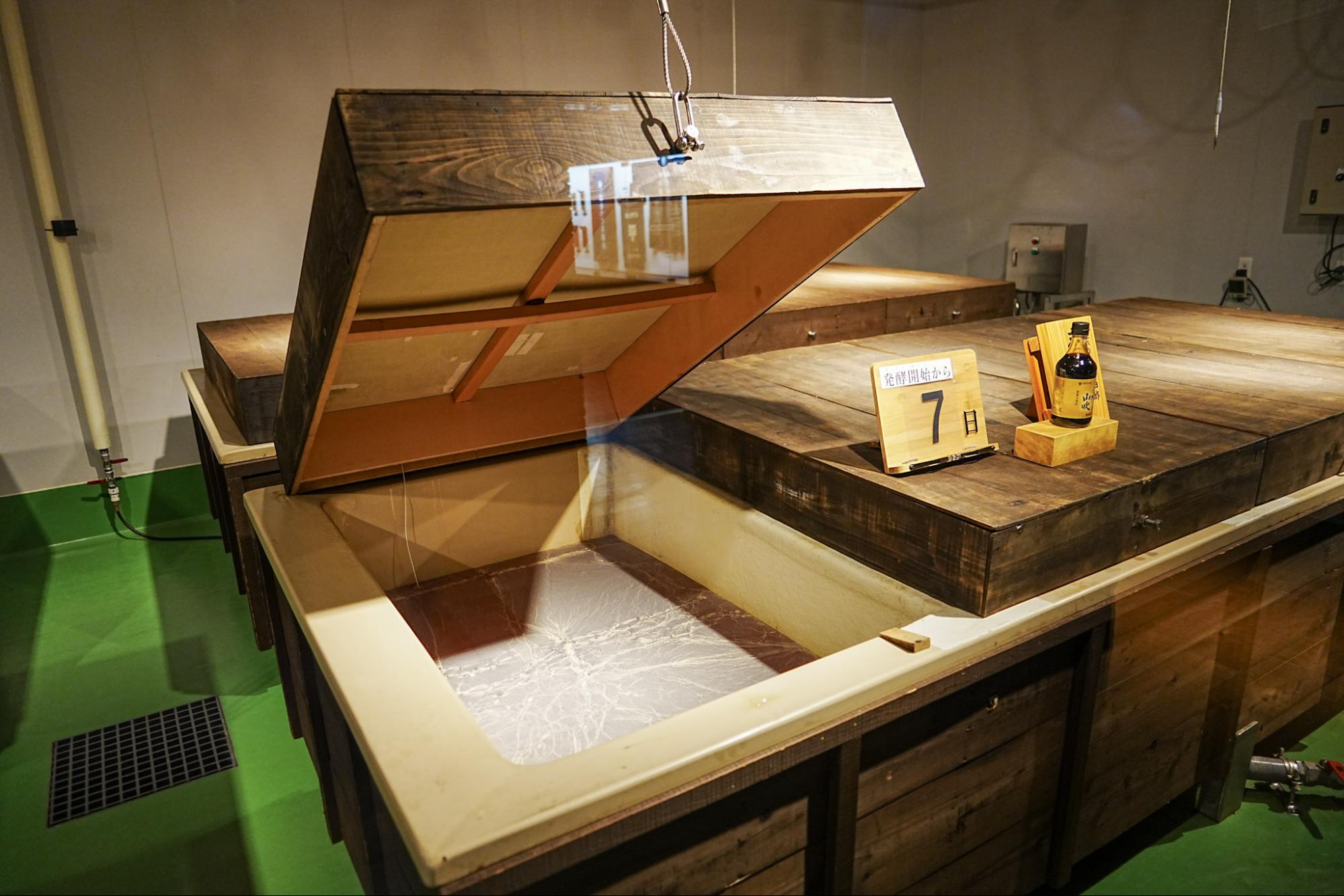
Fermentation of sake lees vinegar
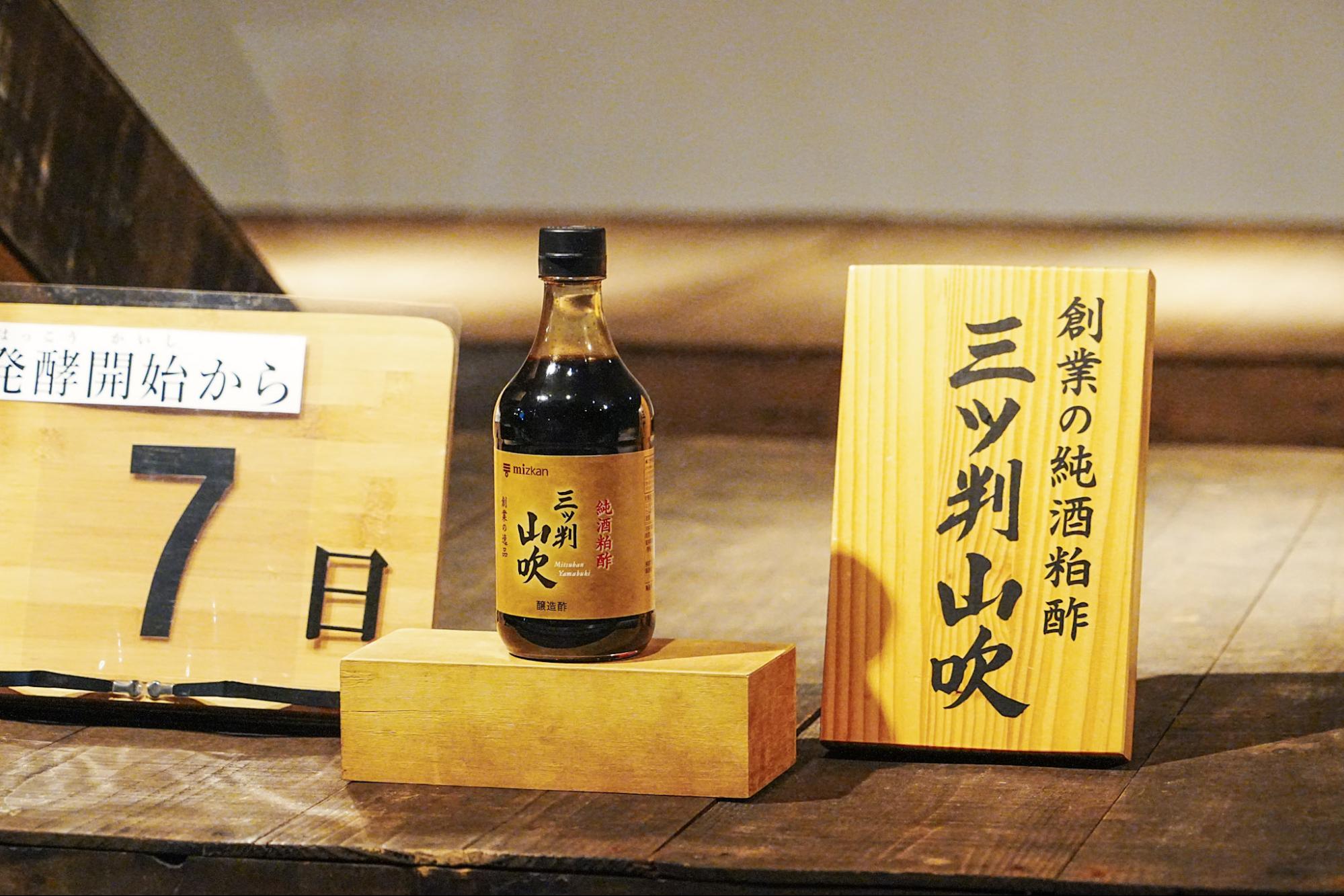
"Mitsuban Yamabuki"
In the static fermentation room,a sake lees vinegar called "Mitsuban Yamabuki" is actually fermented. Yamabuki can be purchased at the museum shop inside the building, so it's a perfect souvenir!

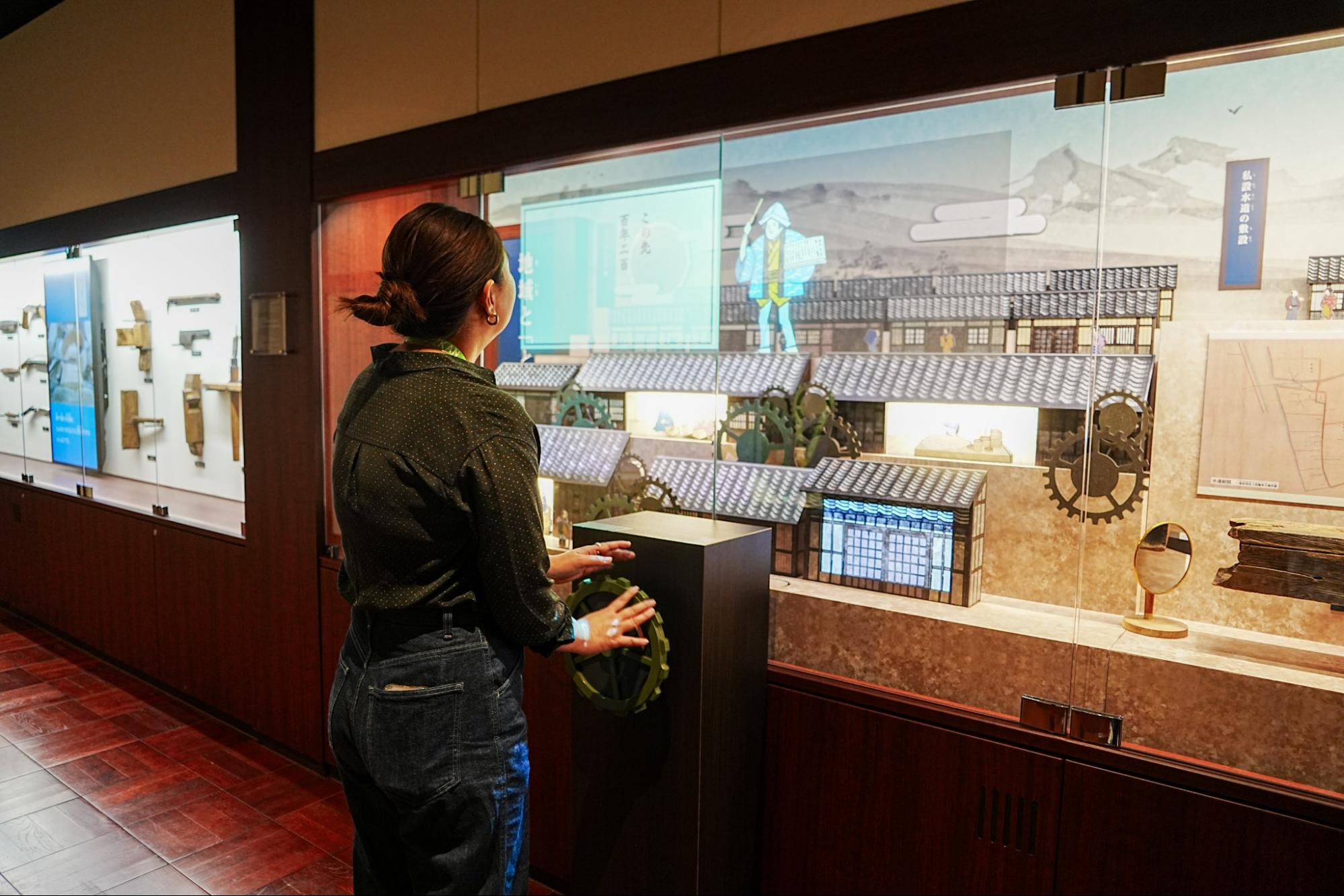
In the corridor, there are exhibits related to the people who worked in the storehouse, as well as tools used to make barrels and tubs. With the renovation, videos have been added, making learning even easier to understand and more fun!
The hands-on section has been renewed!

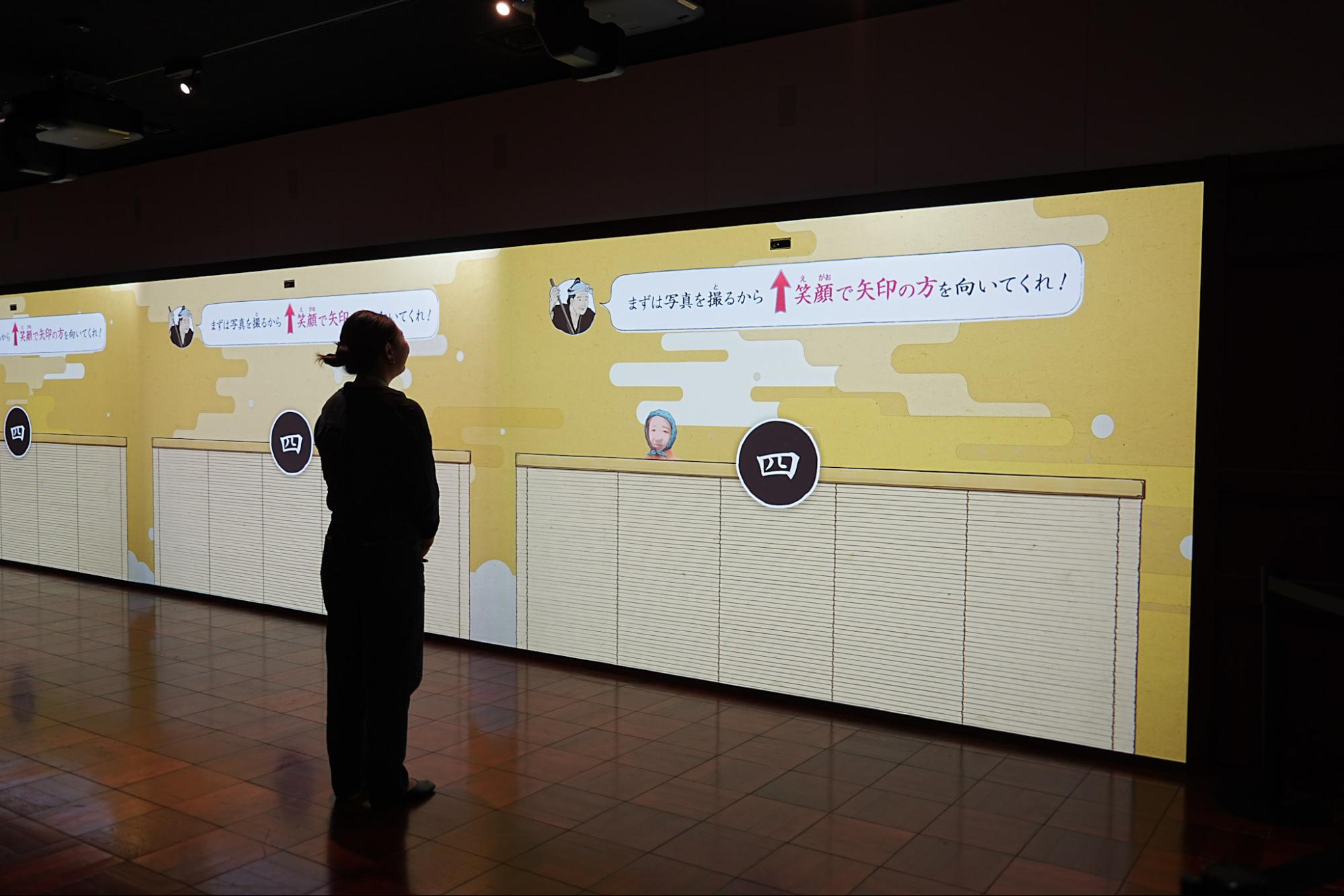
Hands-on attraction: "You too can be a vinegar craftsman"
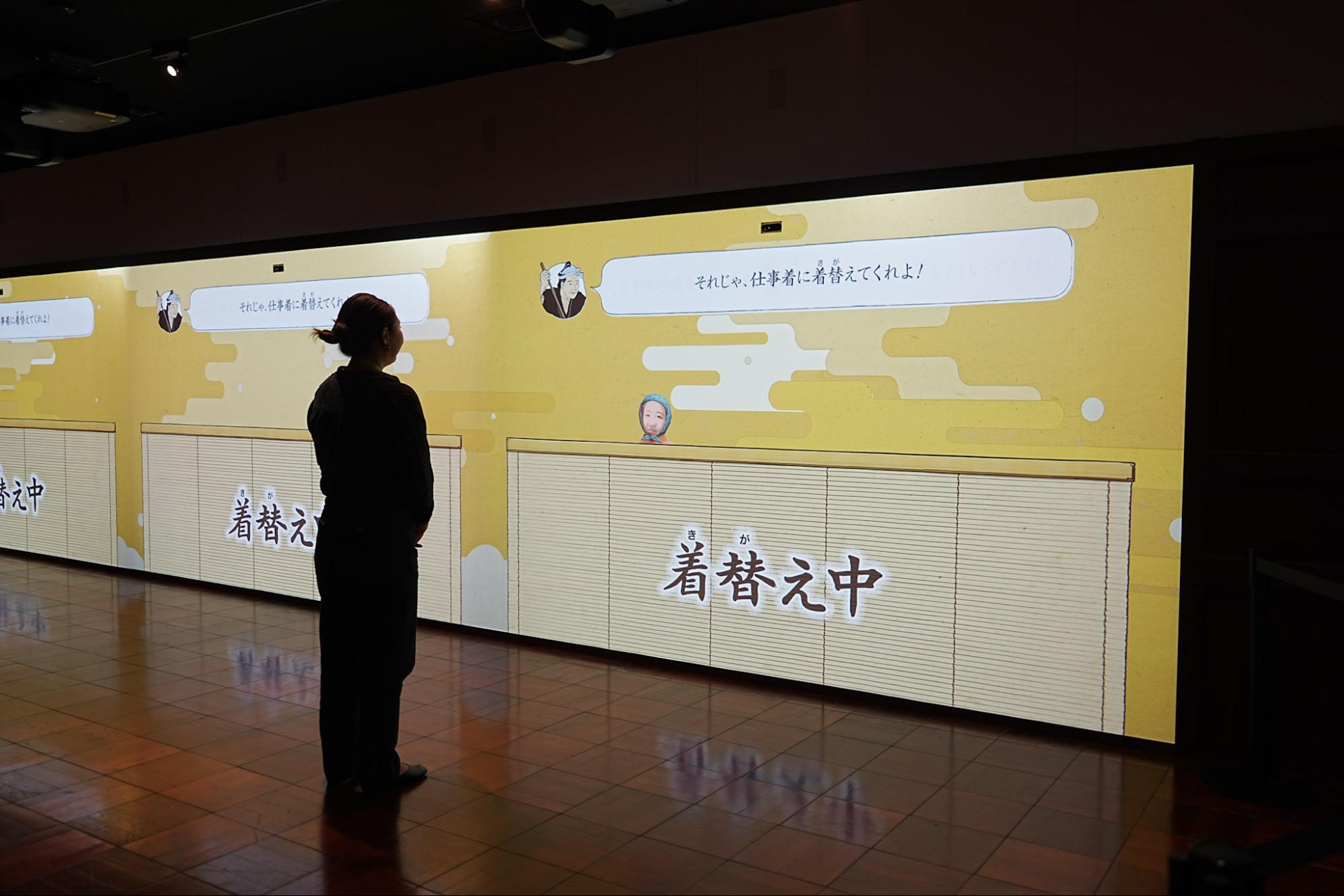
The new attraction, "You too can be a vinegar maker," allows visitors to experience making vinegar through avatars projected on screen.
Take a photo for your avatar and start the attraction!
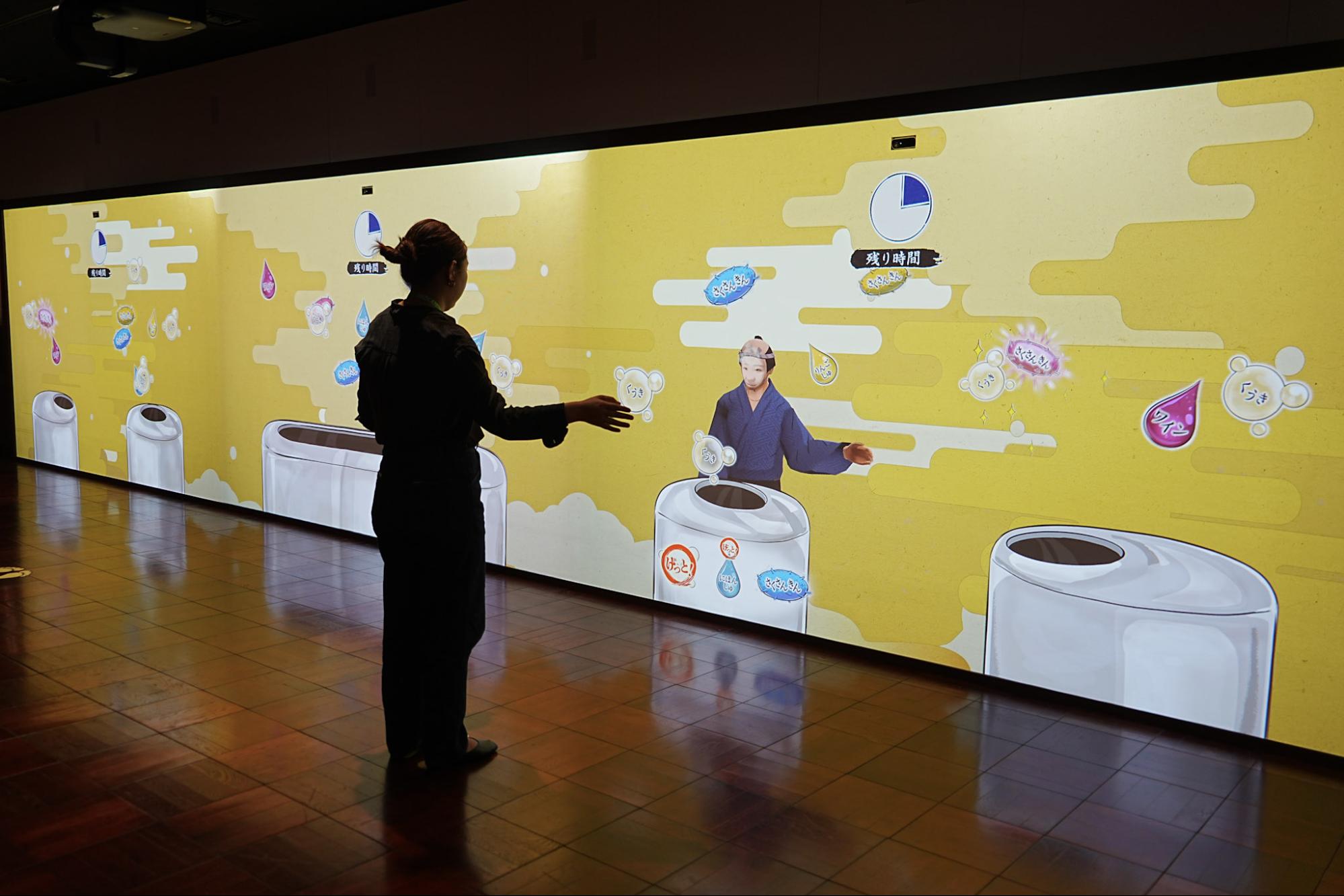

You can make vinegar by collecting the ingredients "alcohol (such as sake or wine)", "acetic acid bacteria", and "air". Multiple people can experience this at the same time, so it's fun to compete with your family and friends!
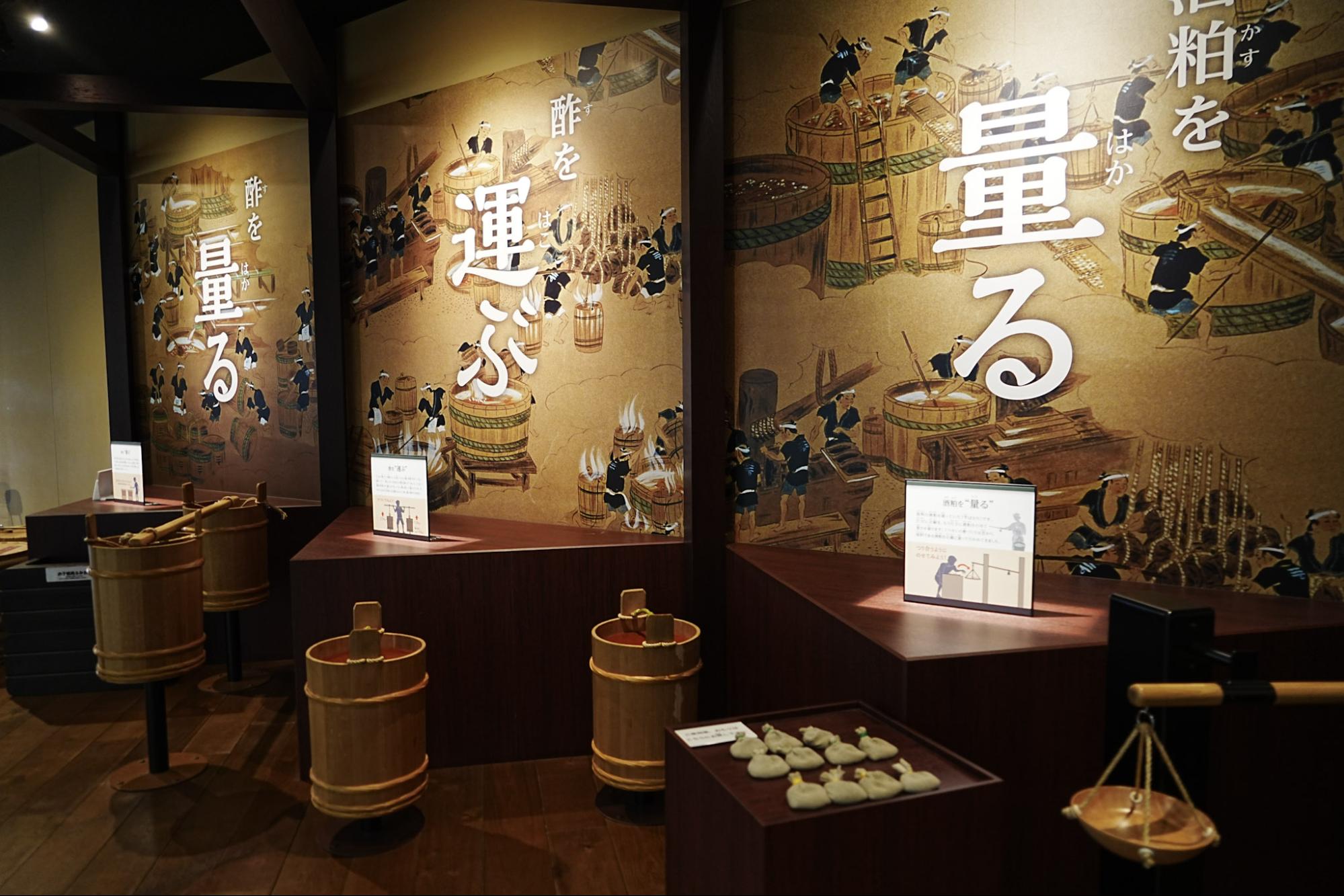
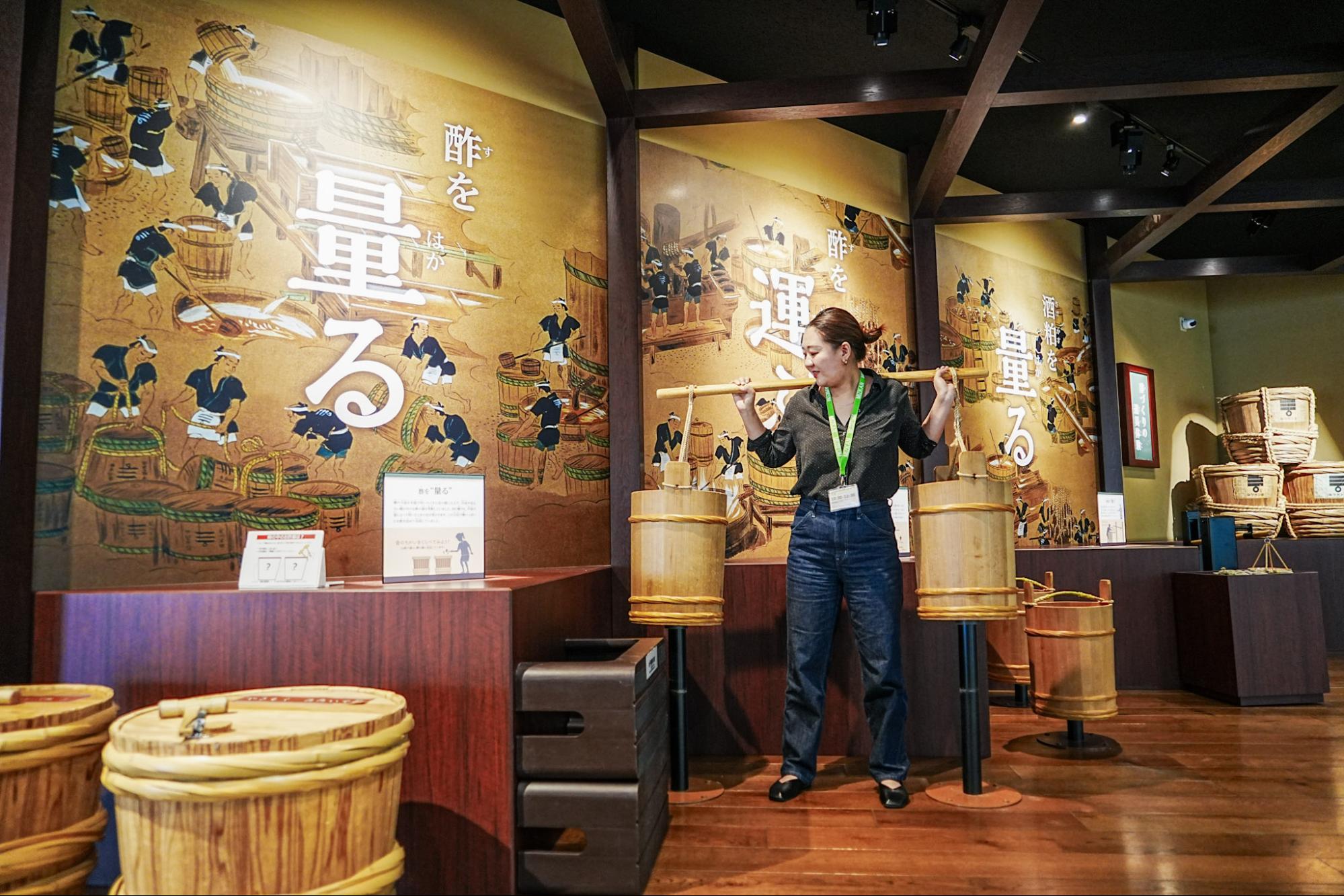
There is also a section where you can experience the work of vinegar-making artisans!
First, we tried carrying the vinegar! The barrels on both sides weighed a total of 15kg, which was quite heavy and exhausting... It was surprising to learn that actual craftsmen carried barrels that were about three times as heavy.
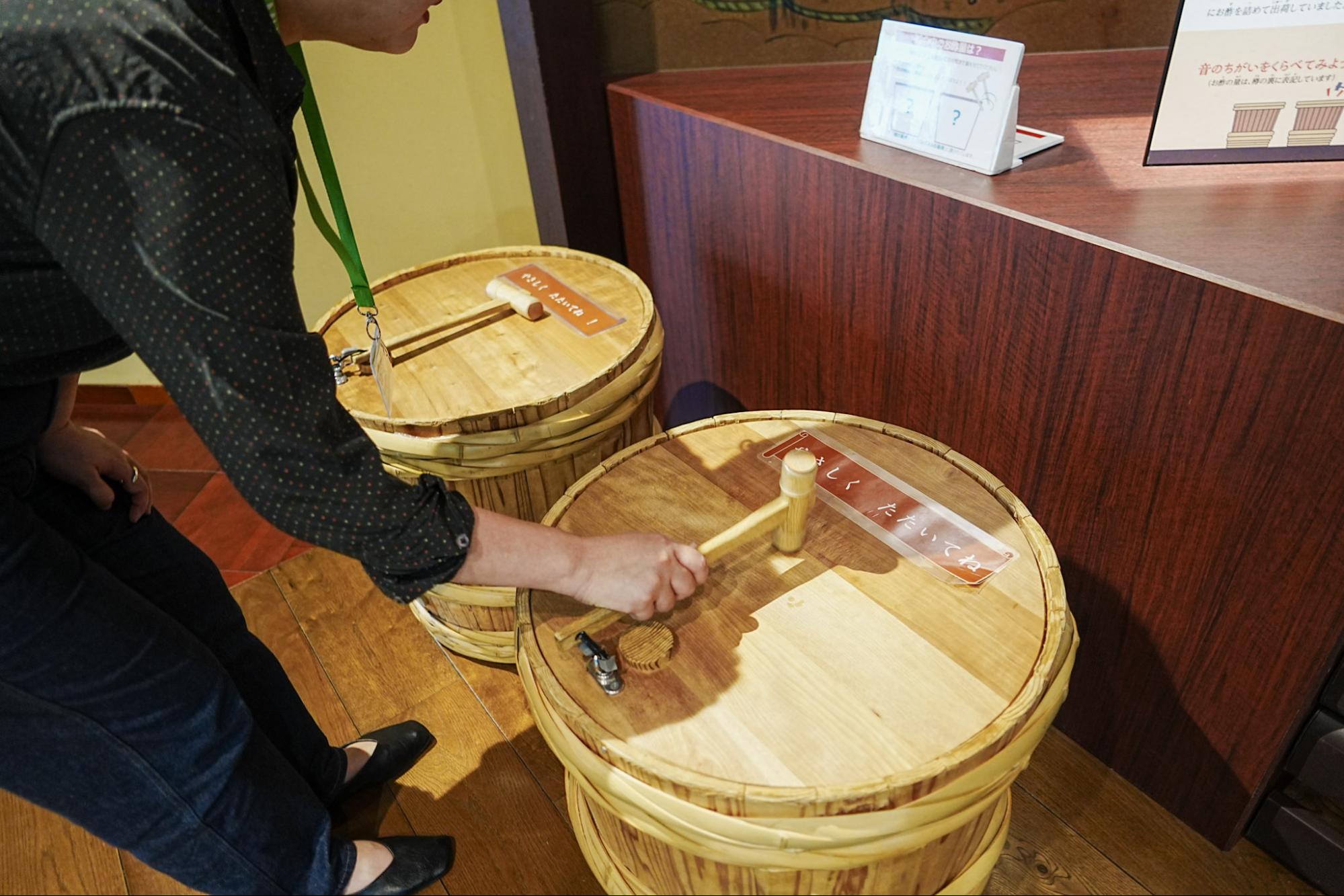
Next comes the task of judging the amount of vinegar in a barrel whose contents cannot be seen.
Apparently, the amount of vinegar in the barrel was determined by the sound that was made when the top of the barrel was struck with a mallet. A barrel full of vinegar made a high-pitched clang sound, while an empty barrel made a low tapping sound.
"Kaze no Kairou (Wind Corridor)" where you can feel the atmosphere of Handa

The noren (Japanese curtain) that decorates the center of the floor is made with the motif of the happi coats of 31 Dashi floats of Handa.
Here, visitors can feel the scenes of Handa and the people who have lived with Mitsukan through nostalgic photos and sound effects from those days.
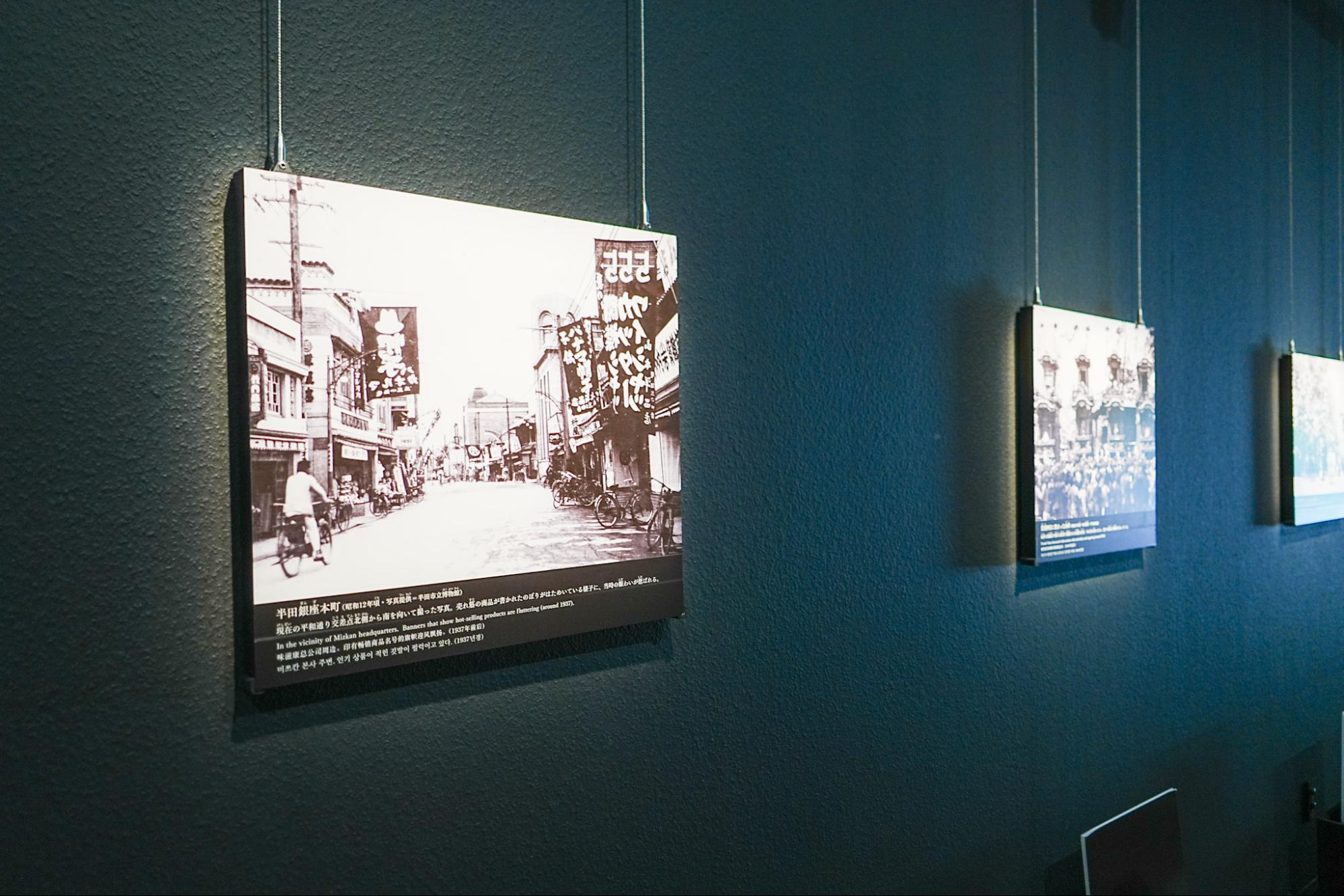
A gallery showing the state of Handa from the Meiji period to the early Showa period
We meet up with our guide and head to "Toki no Kura."
Tracing Mizkan's history of change and challenge
"Toki no Kura (Storehouse of Time)"
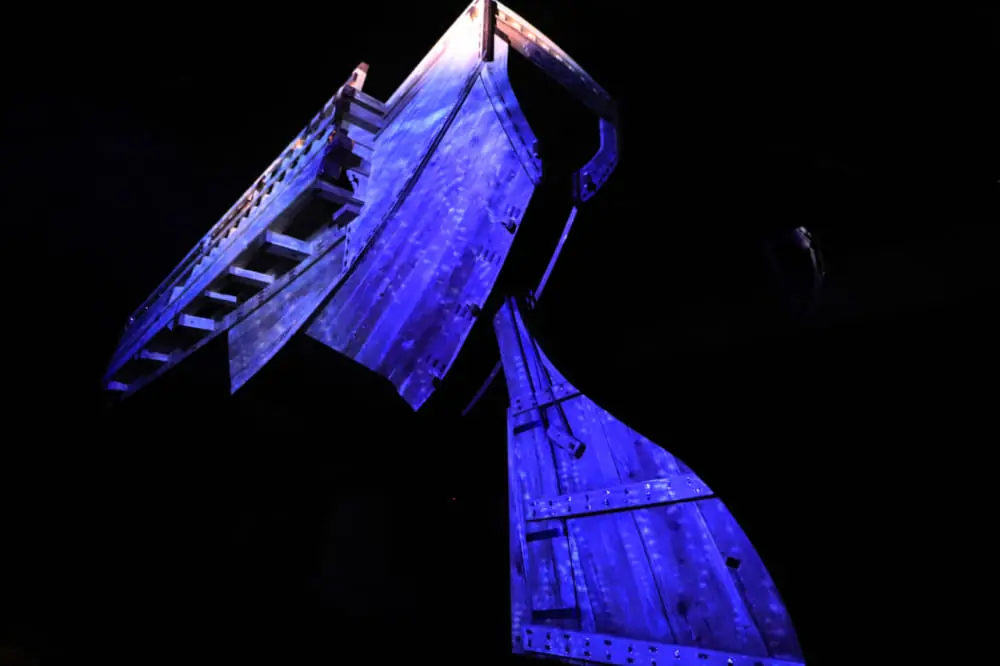
"Toki no Kura"
Next, go to the "Toki no Kura" zone. Projection mapping starts when you step into a pitch-black room.
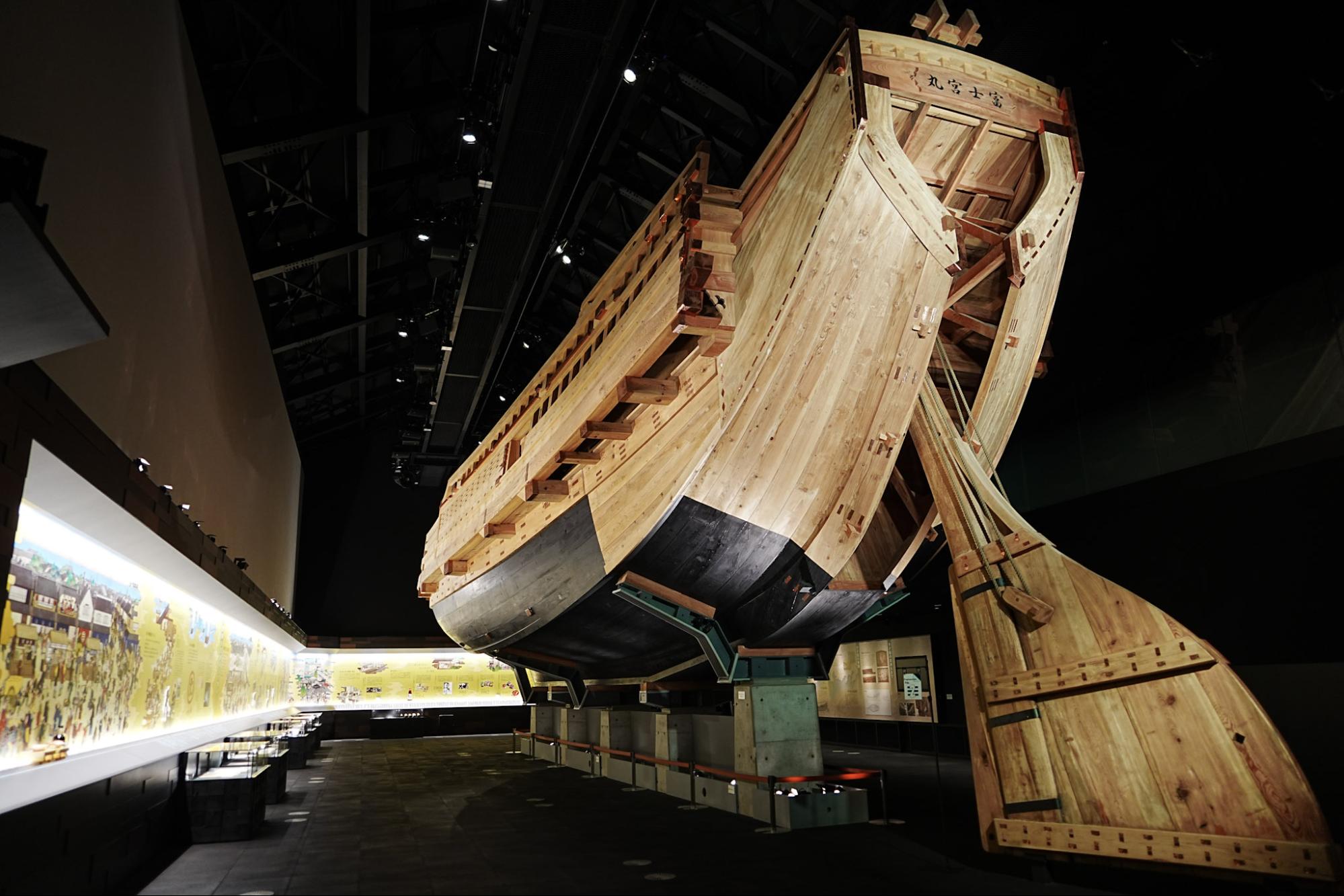

A replica of the "Bensai ship"
A huge wooden object appeared in front of me.
This is a nearly life-size reproduction of the "Bezai-sen" ship thattransported vinegar from Handa to Edo during the Edo period(approximately 20 meters long, 5 meters high, and weighing approximately 20 tons).
It's a fairly large ship, but apparently they sometimes used even larger ships to transport it.
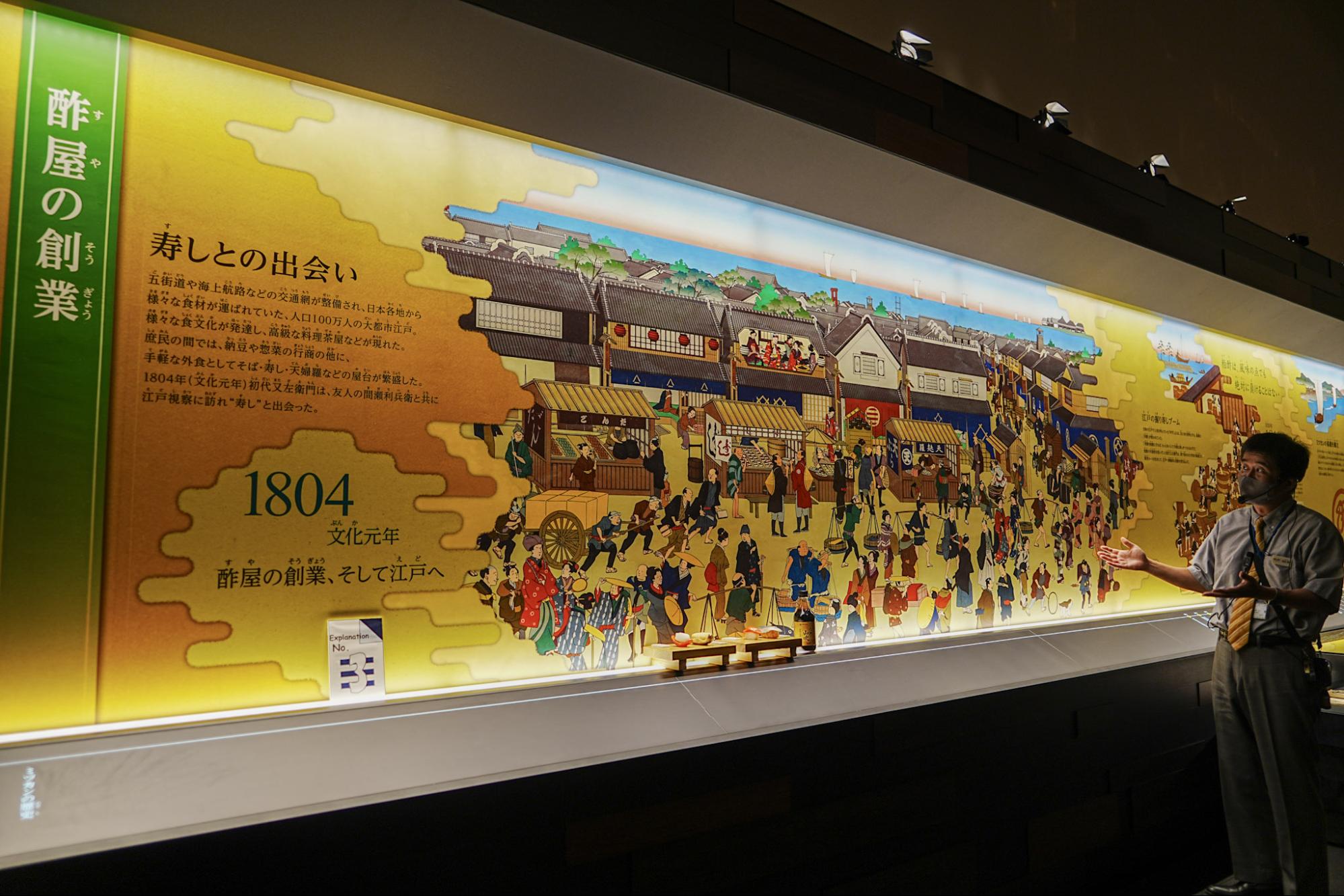
The history of the Mizkan Group is depicted on the walls like a picture scroll, allowing visitors to learn about Mizkan's history of change and challenge.

"Haya-zushi" (right), the prototype of modern nigiri sushi
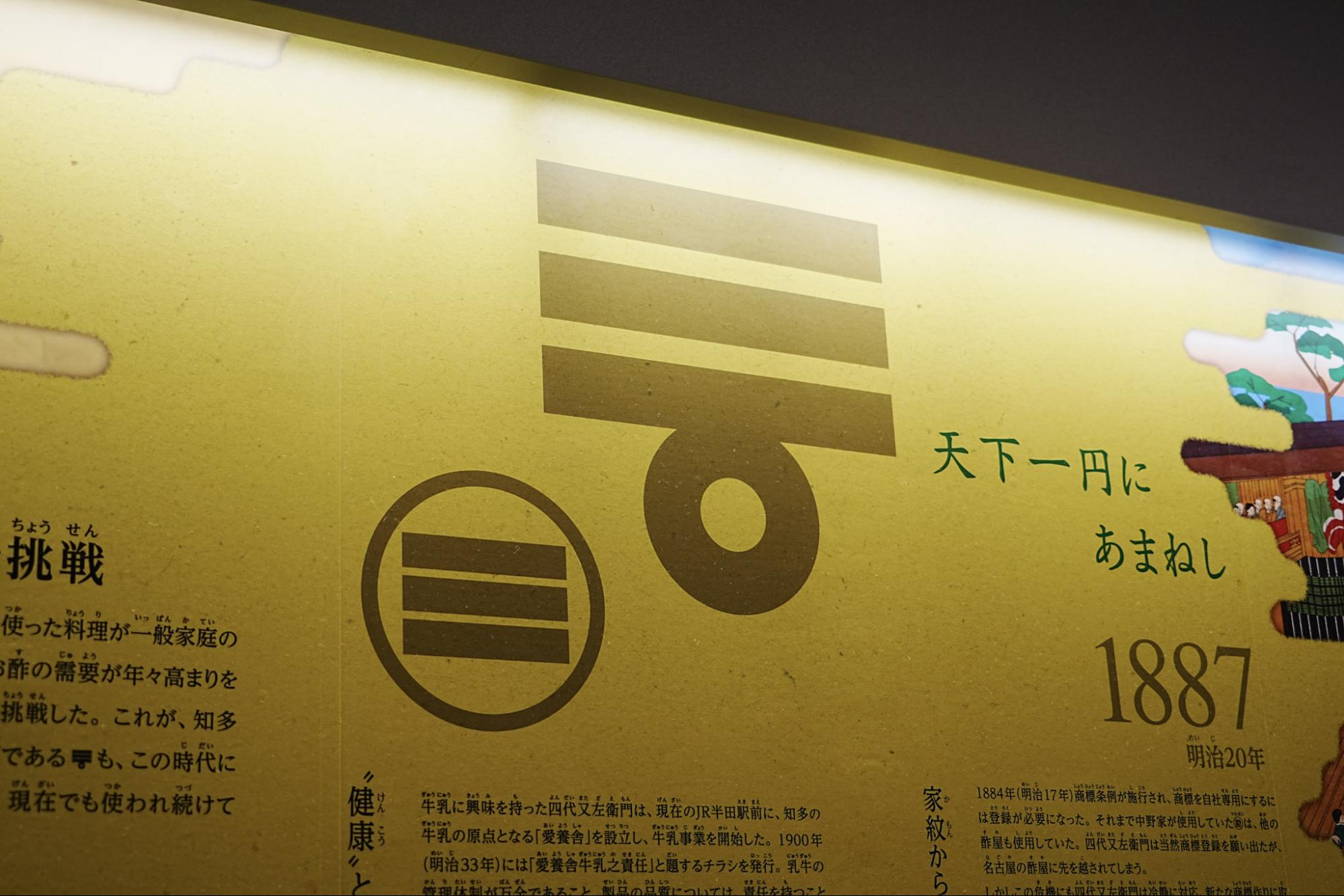
The Mizkan mark was created during the Meiji period.
In fact, there is a deep connection between Edomae sushi and Mizkan lees vinegar.
In Edo, "haya-zushi," the prototype of today's nigiri-zushi, was popular. At the time, rice vinegar was still expensive, so Matazaemon began promoting kasu vinegar (sake lee vinegar) to Edo, believing that kasu vinegar would make tastier and easier sushi. Kasu vinegar, which is sweeter and more flavorful than rice vinegar, quickly became popular as it went well with sushi.
Matazaemon's lees vinegar became an essential part of Edomae sushi, along with the huge nigiri-zushi boom that captured the hearts of the people of Edo.
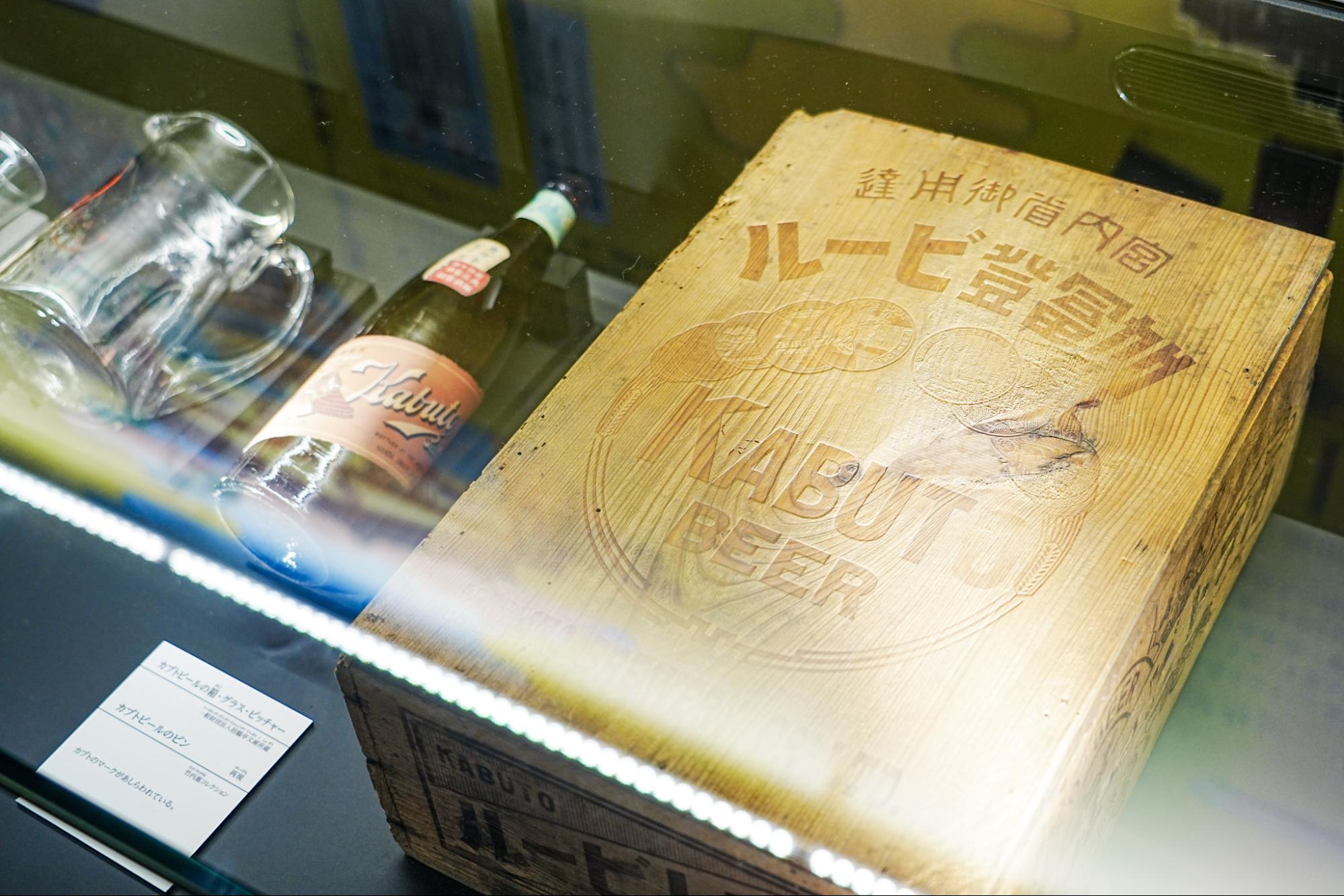
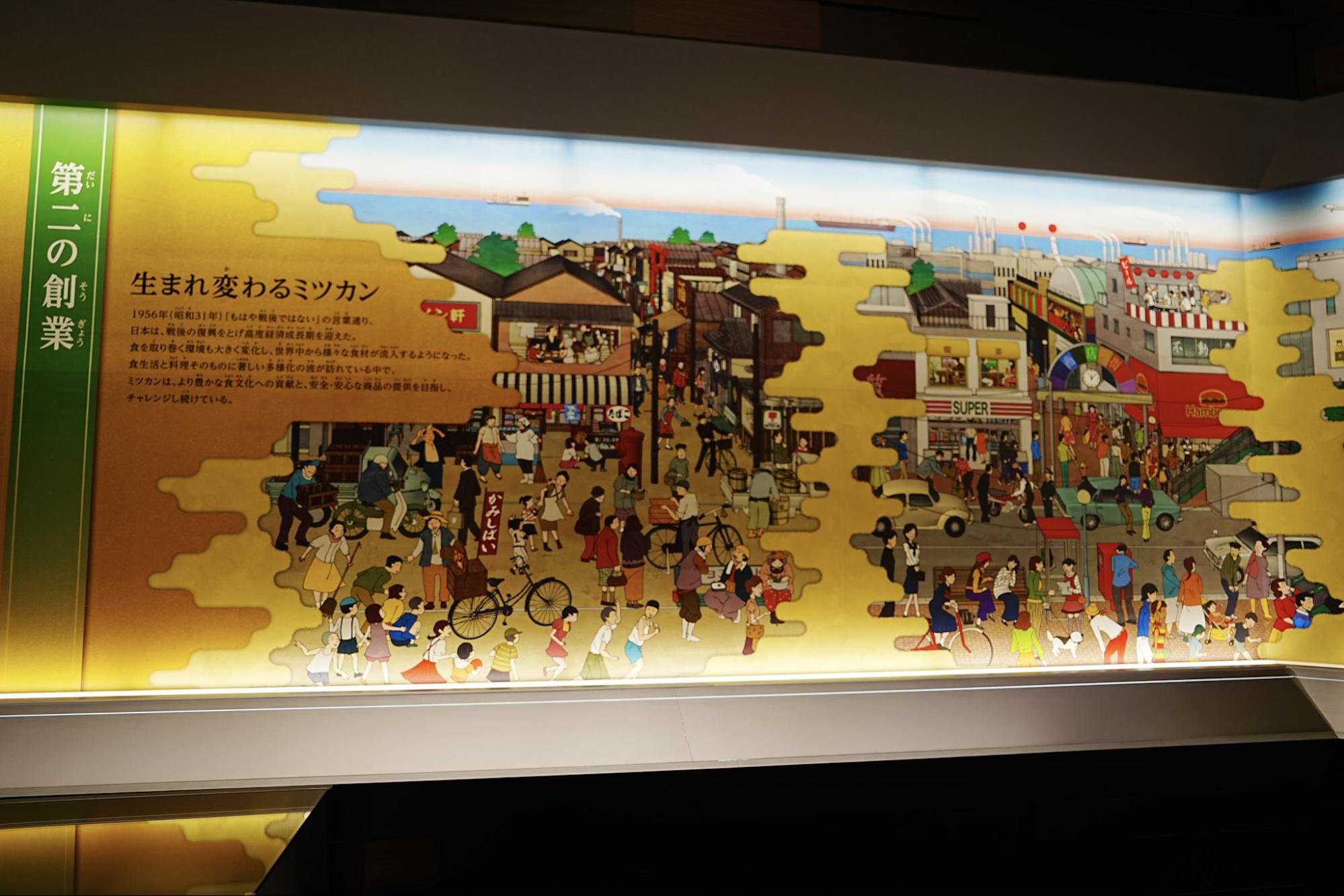
It's amazing to know that they not only made vinegar, but also ran a beer shop, dairy farm, and hamburger shop!
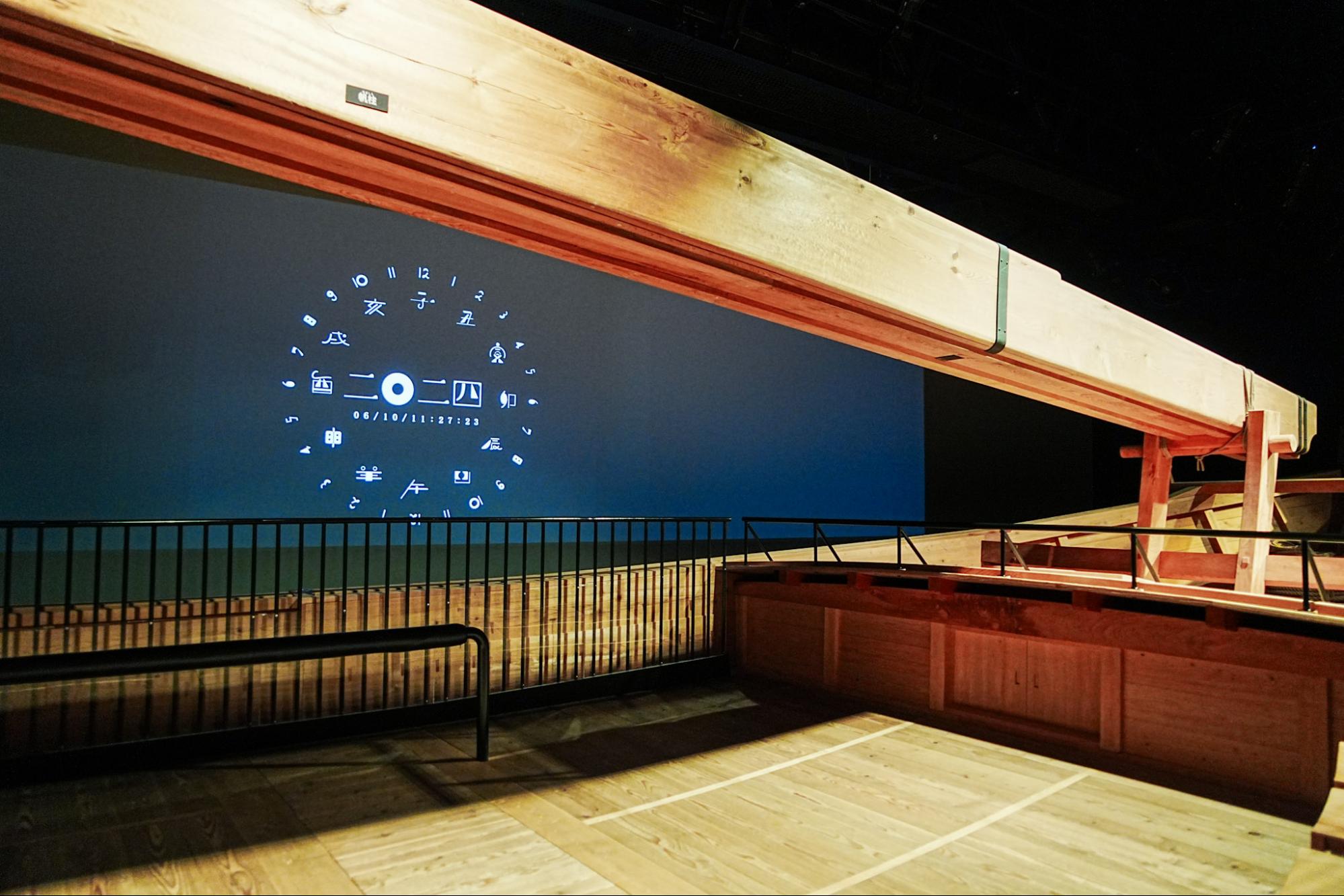
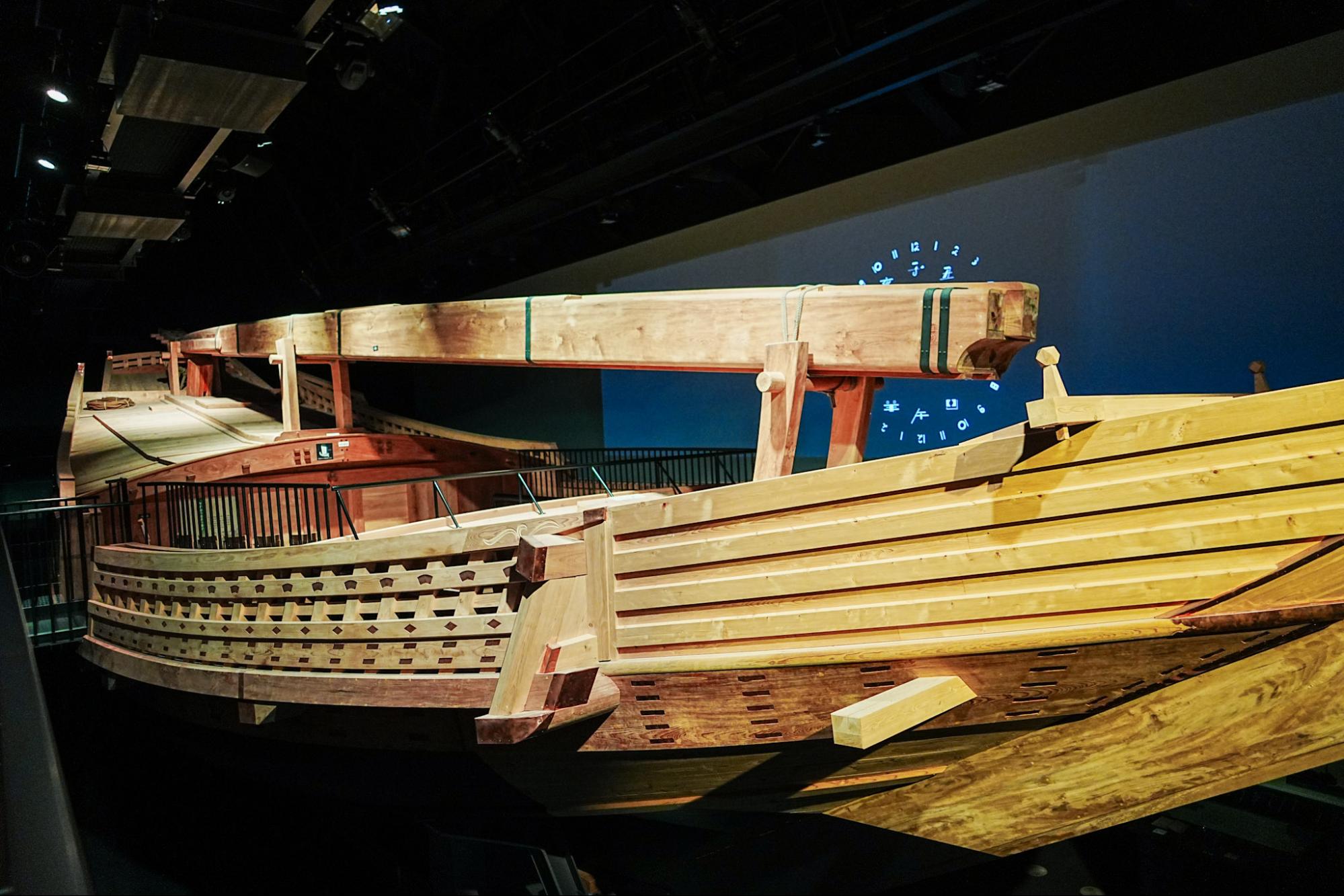
We went up the stairs to the second floor and entered the deck of the "Benzai-sen." I never thought I would be able to board the ship, so I was really excited.
The room goes dark and a video starts to play on the wall in front of you. The video depicts the transportation of vinegar from Handa to Edo with light-hearted music and animation.
In the nautical scene, the wind blows and thunder flashes, giving you the feeling of actually being on a ship. This is fun like a theme park attraction!
Experience Japanese food culture
"Water Theater"


Water Theater (duration: approx. 9 minutes)
The "Water Theater" was a space like a movie theater, where a video was projected that expressed the Mizkan Group's mission, " Bringing Flavor to Life."
Have fun learning about sushi and the future of food
"Hikari no Niwa"
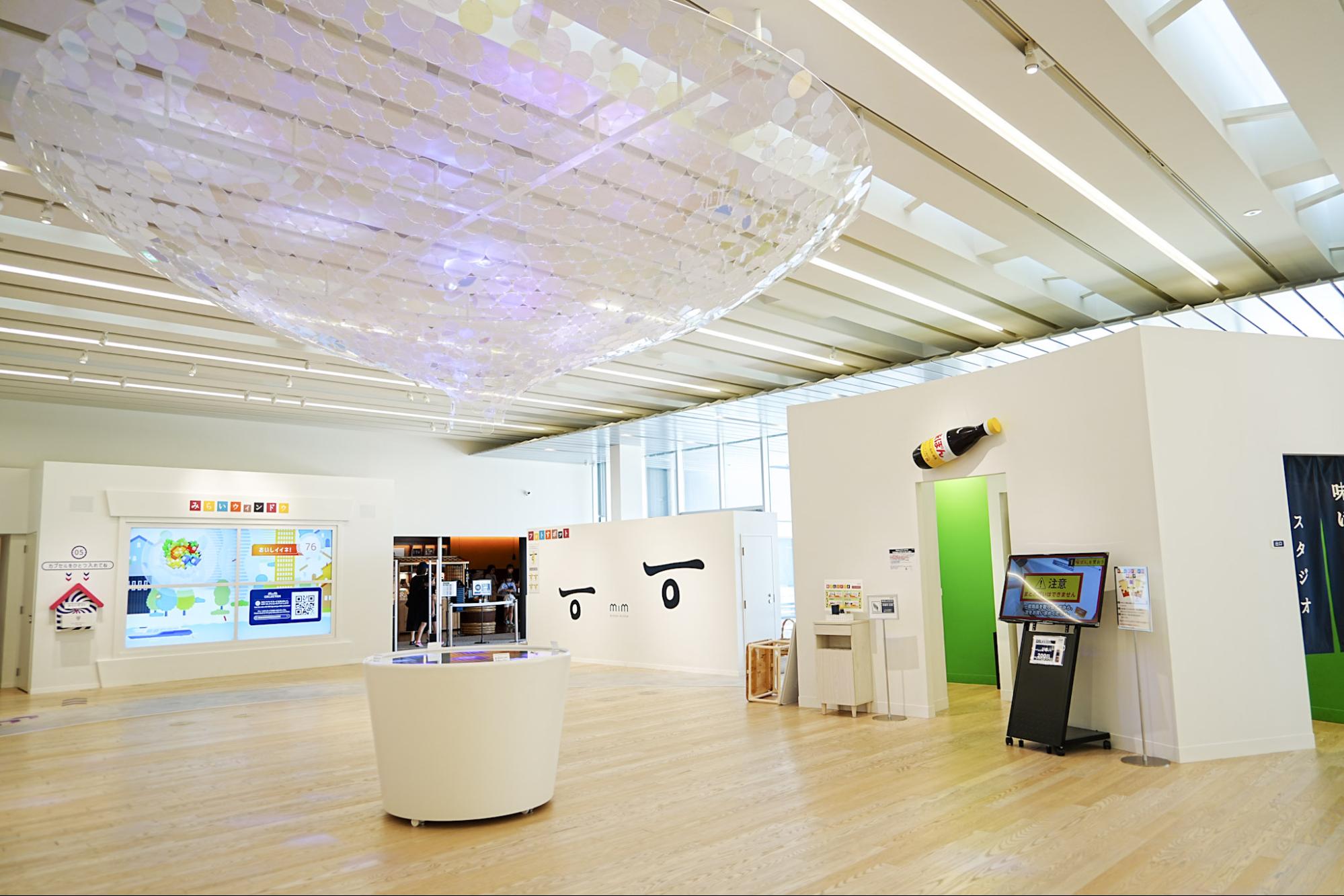
"Hikari no Niwa"
Finally, visit the "Hikari no Niwa (Garden of Light)" zone. Visitors can enjoy learning about the appeal of food through a variety of experiences. This zone is probably the most exciting for kids.
"Vinegar Drink Bar" where you can sample vinegar drinks
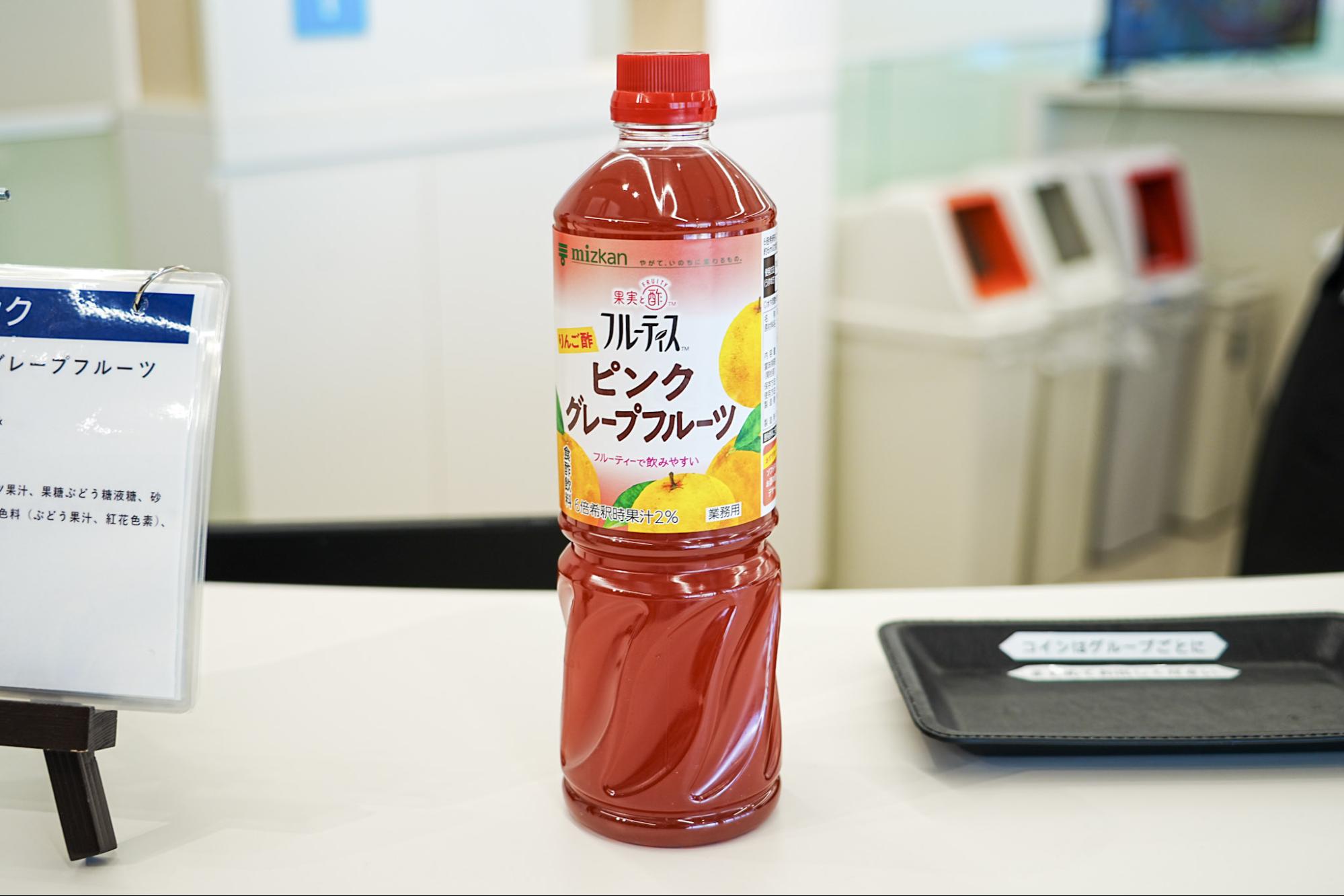
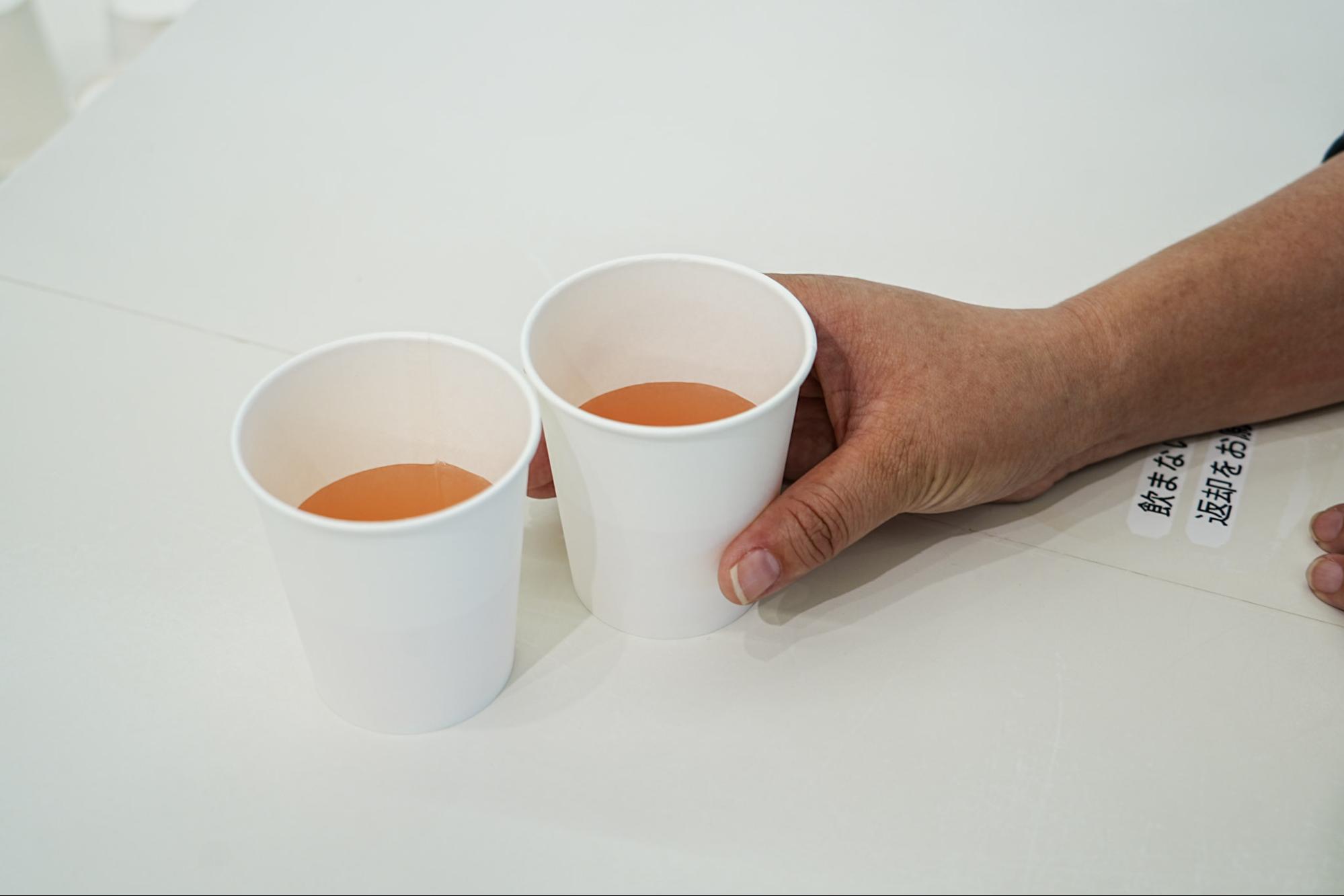
First, there is the "Vinegar Drink Bar" where you can sample vinegar drinks. You can exchange them for the medals you receive at the reception.
"Sushi Tairiku" is also a very popular photo spot
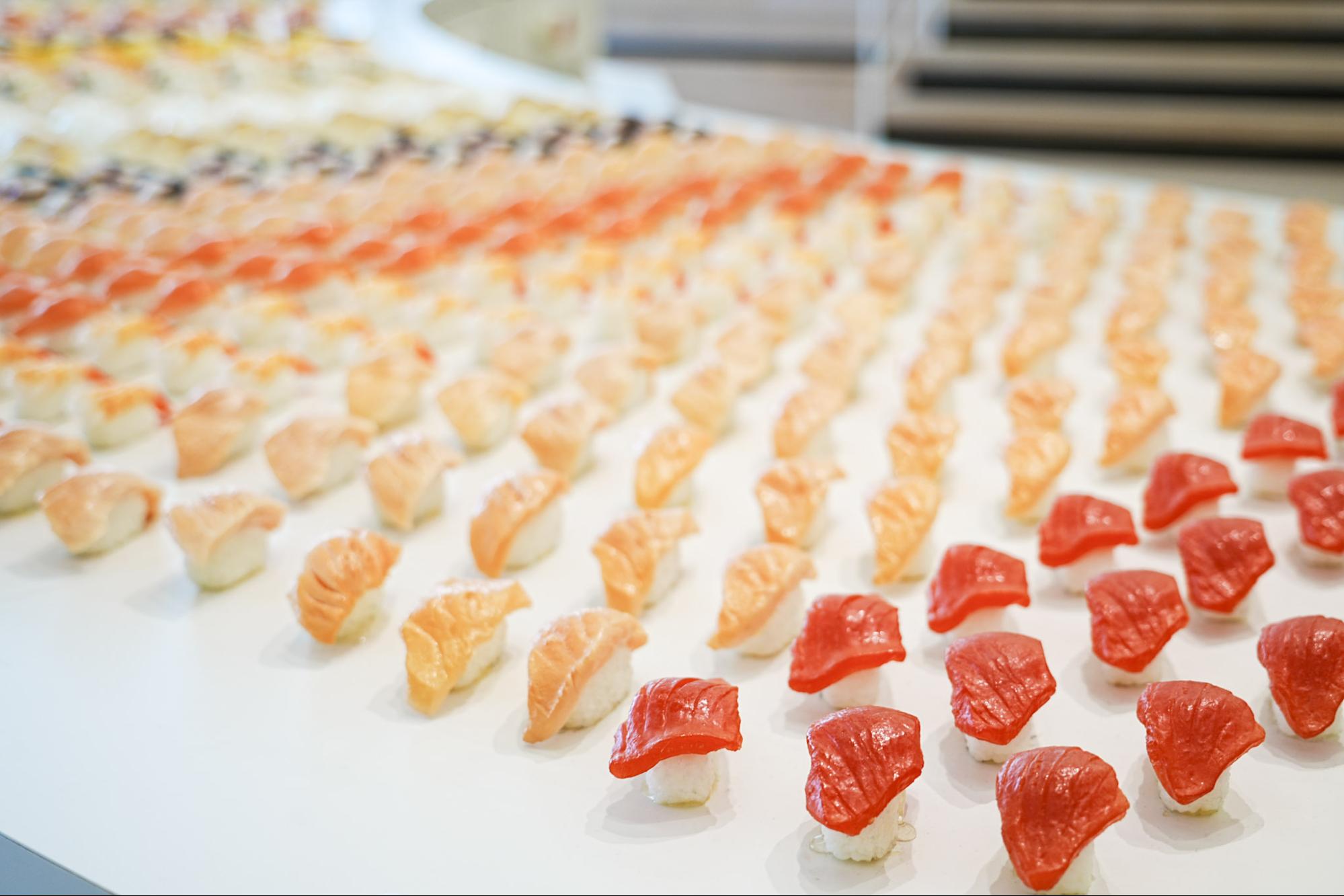
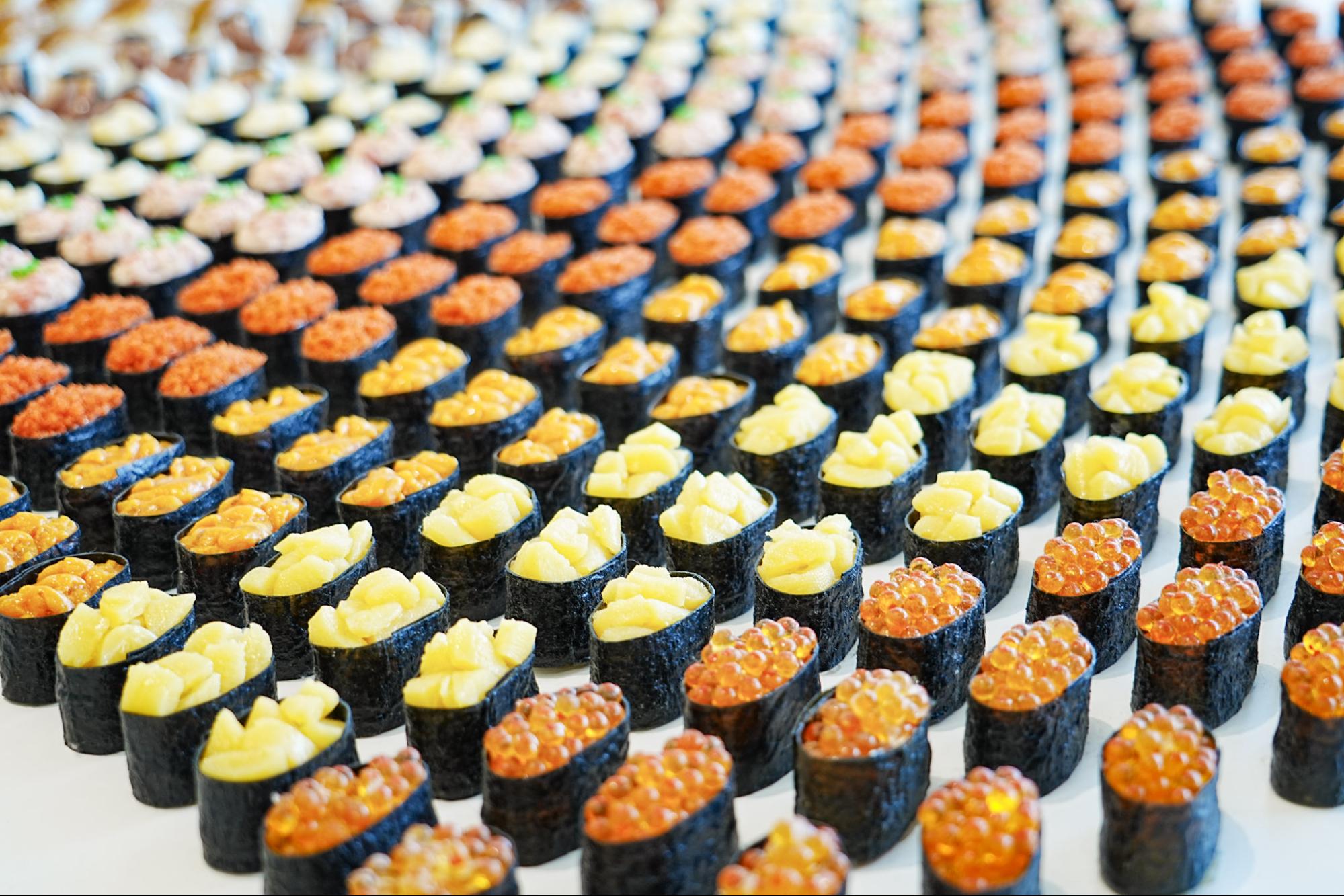
The first thing that caught my eye was the huge amount of nigiri sushi!
The table, named "Sushi Tairiku (continent)," features more than 1,000 pieces of nigiri sushi from over 20 different varieties. In the drawers on the side of the table, you can find interesting facts about sushi. It's also a very popular photo spot!
"Ajipon Studio" where you can make your own Ajipon with your own original label
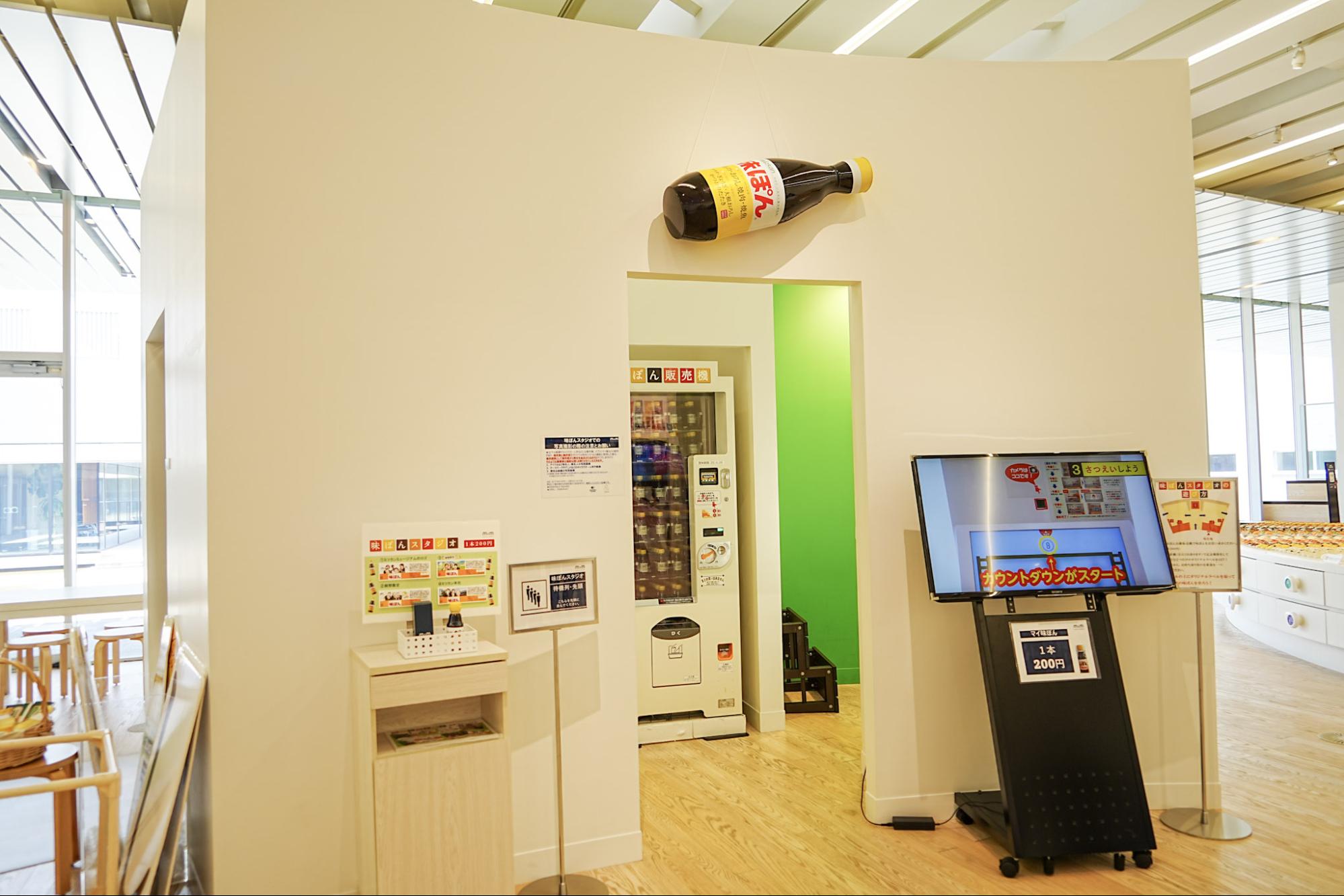
"Ajipon Studio"
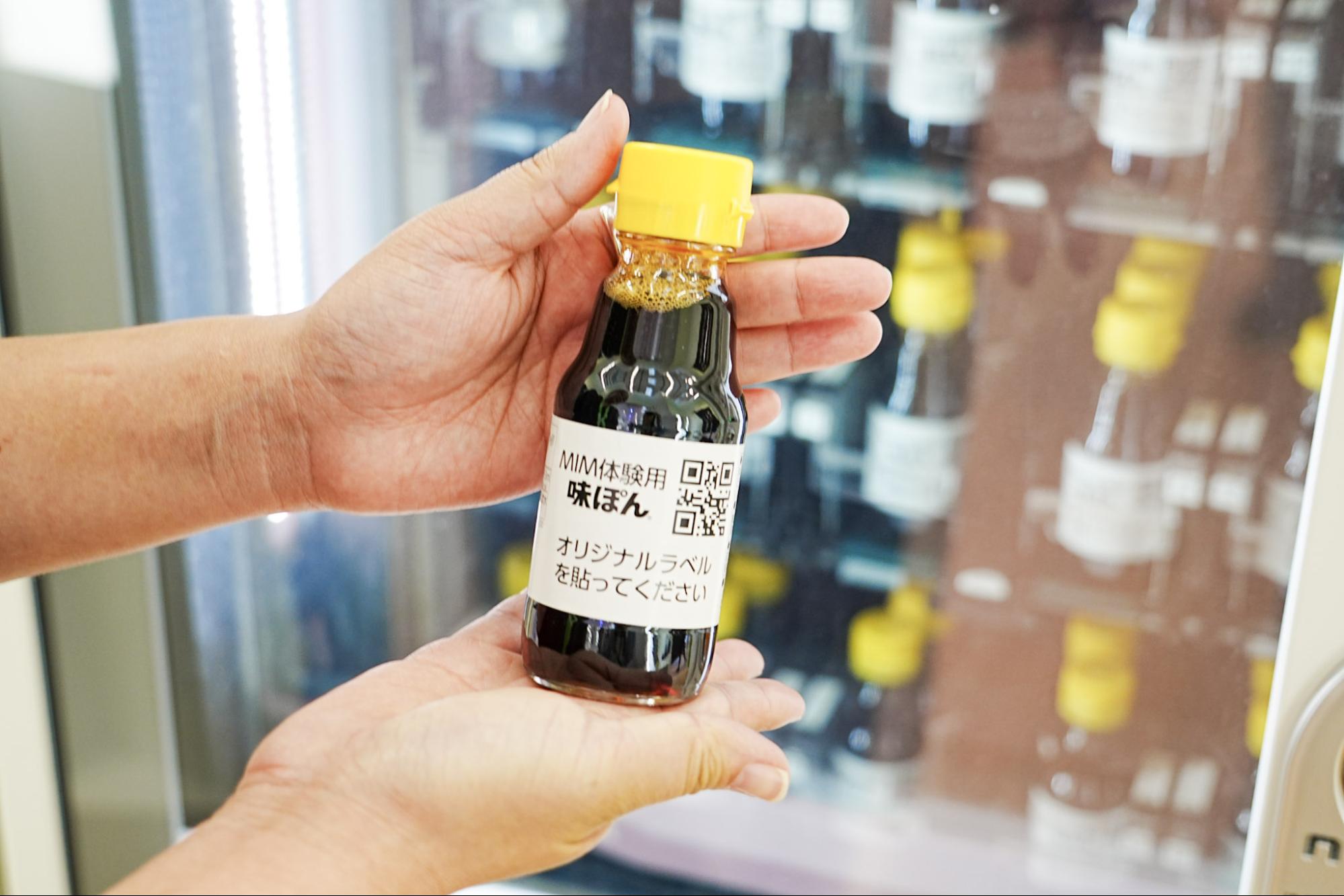
Purchased Ajipon from the vending machine in the studio (200 yen per bottle)
Next, we went to the Ajipon Studio, where you can make your own original label "My Ajipon". We started by purchasing Ajipon (¥200).
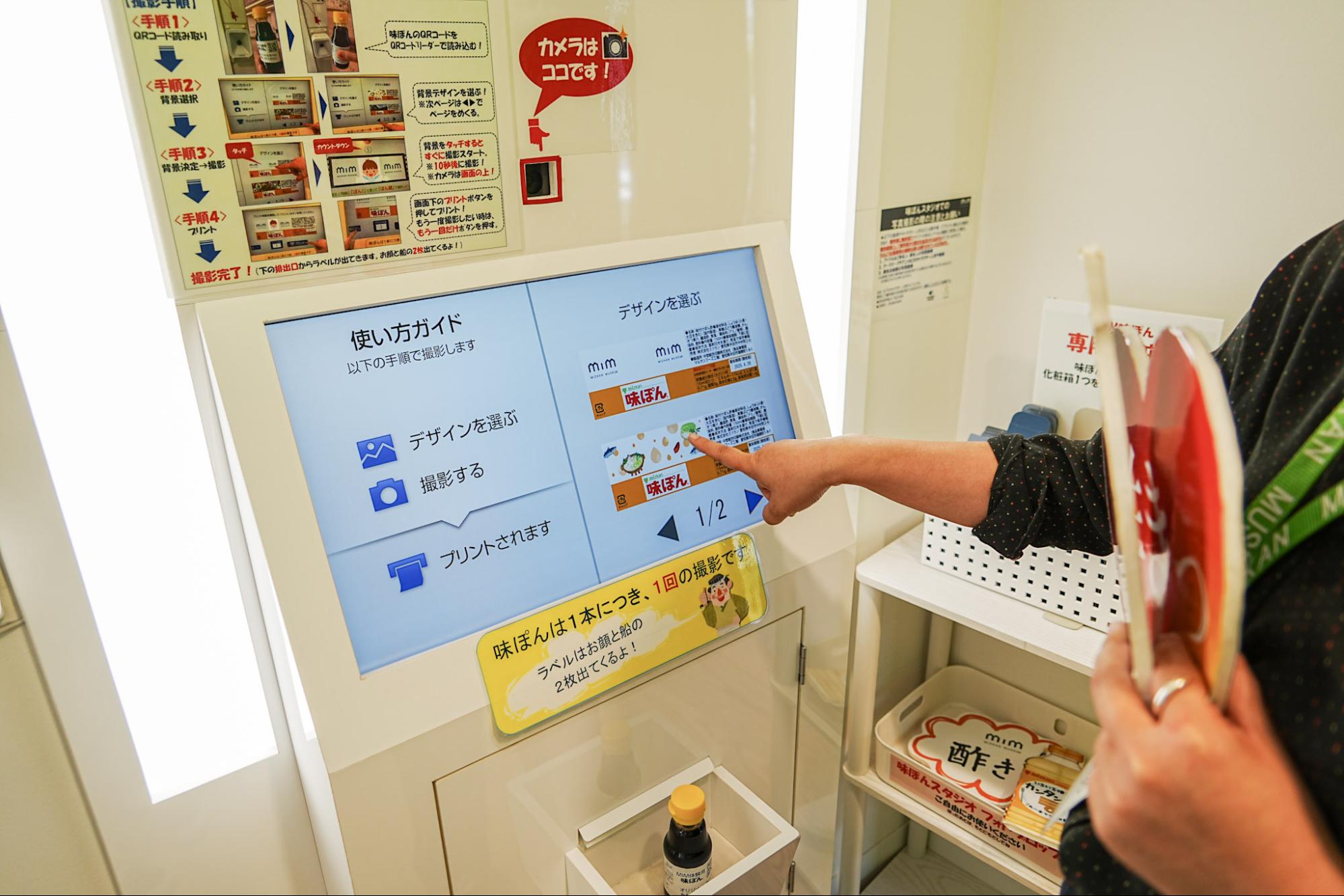
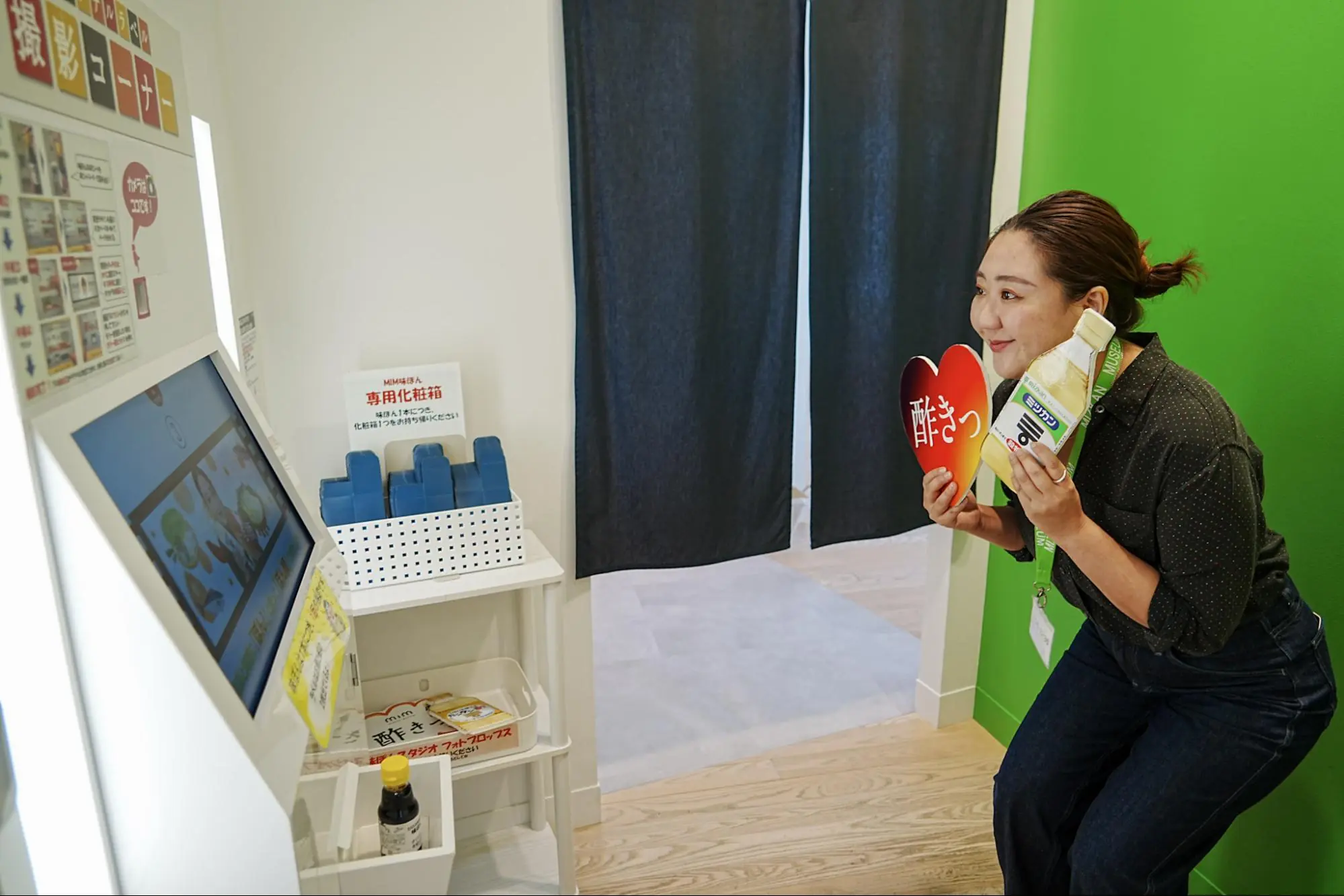
Simply scan the 2D barcode on the label and start shooting!
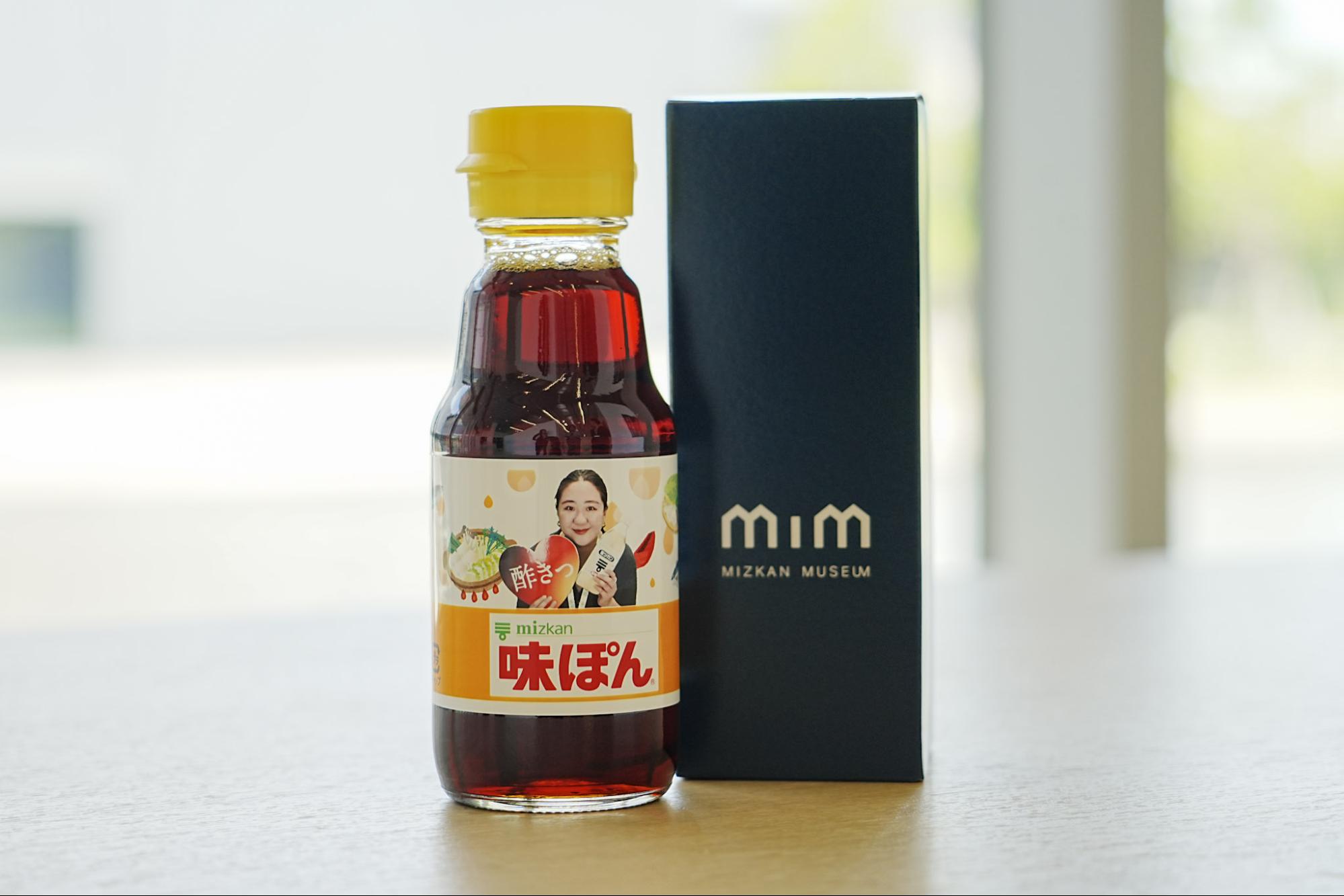
Stick a label sticker on the "Ajipon" you purchased and your "My Ajipon" is complete. It also comes with a special presentation box, making it the perfect souvenir!
"Photo Spot" is a familiar name on social media.
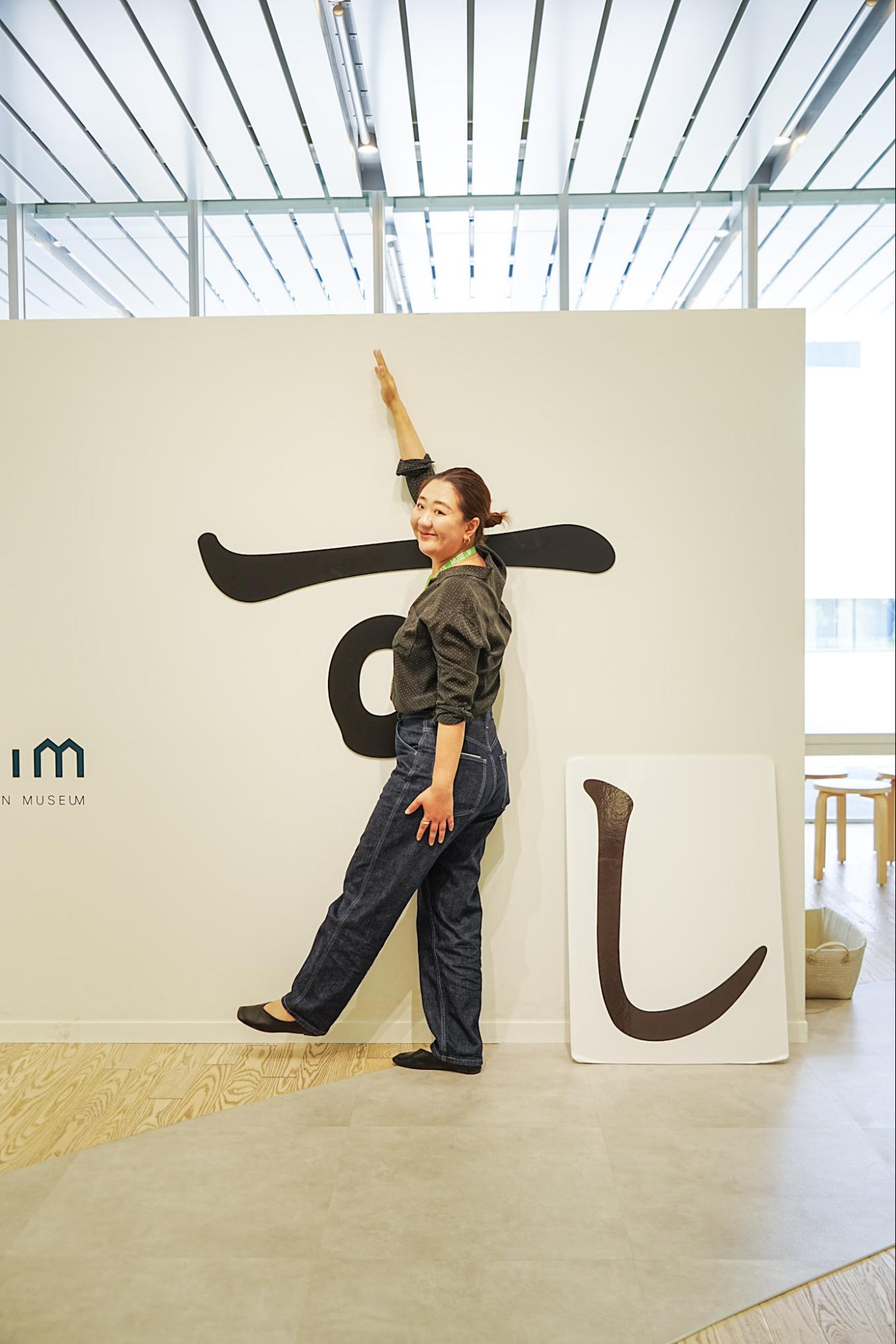
There is also a “photo-su pot (photo spot)” where you can use your body to complete the character “su”. This is also familiar with SNS, isn't it?
"Souzo Factory" and "Mirai Window" are fun ways to learn about social issues such as food waste
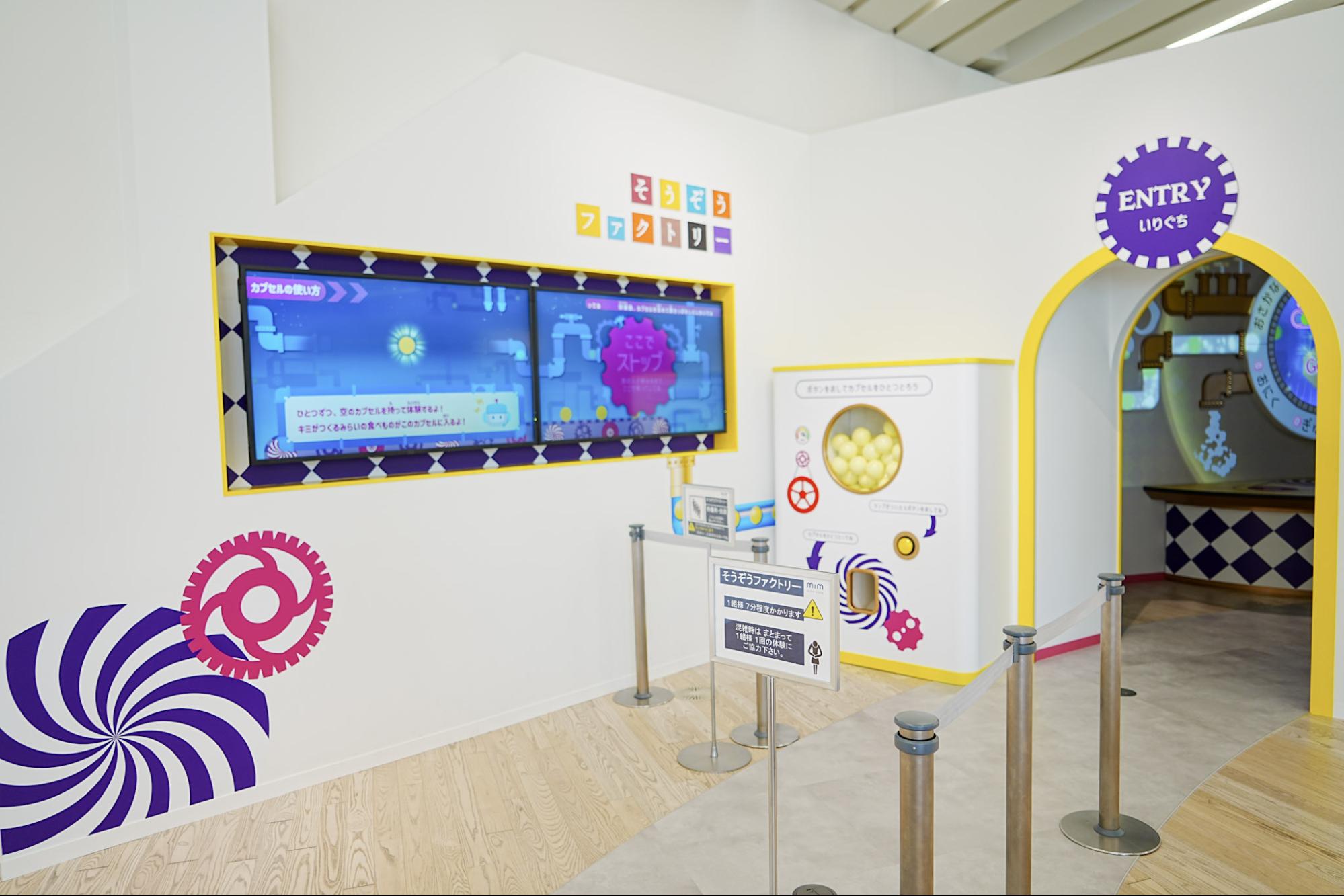
"Souzo Factory"
New to this renewal are the "Souzo (imagination) Factory" and "Mirai (future) Window," attractions that allow visitors to learn about social issues such as food waste in a fun way.
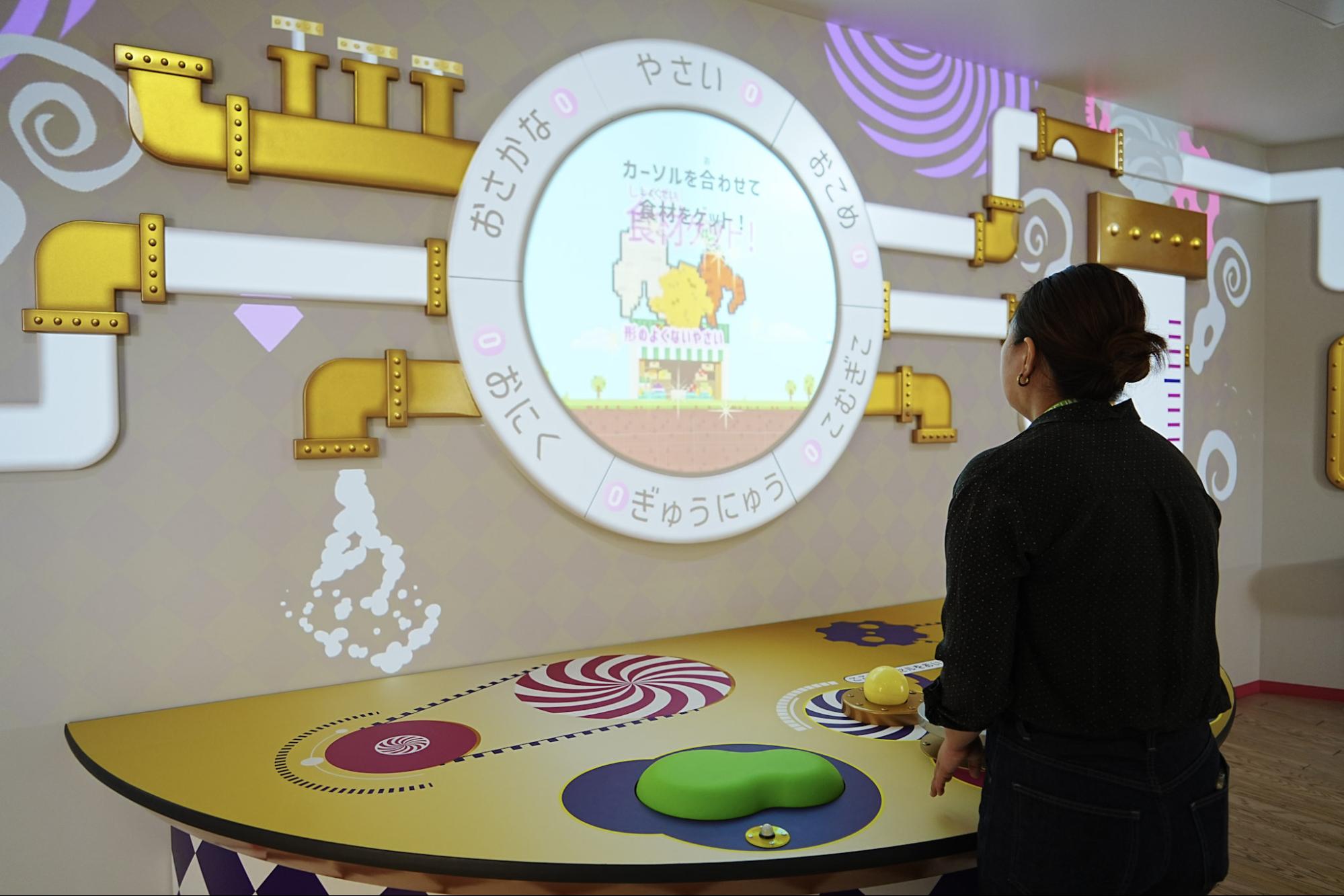
There are still a lot of ingredients in the world that are thrown away to waste. First, turn the handle and get the ingredients that are likely to be thrown away!
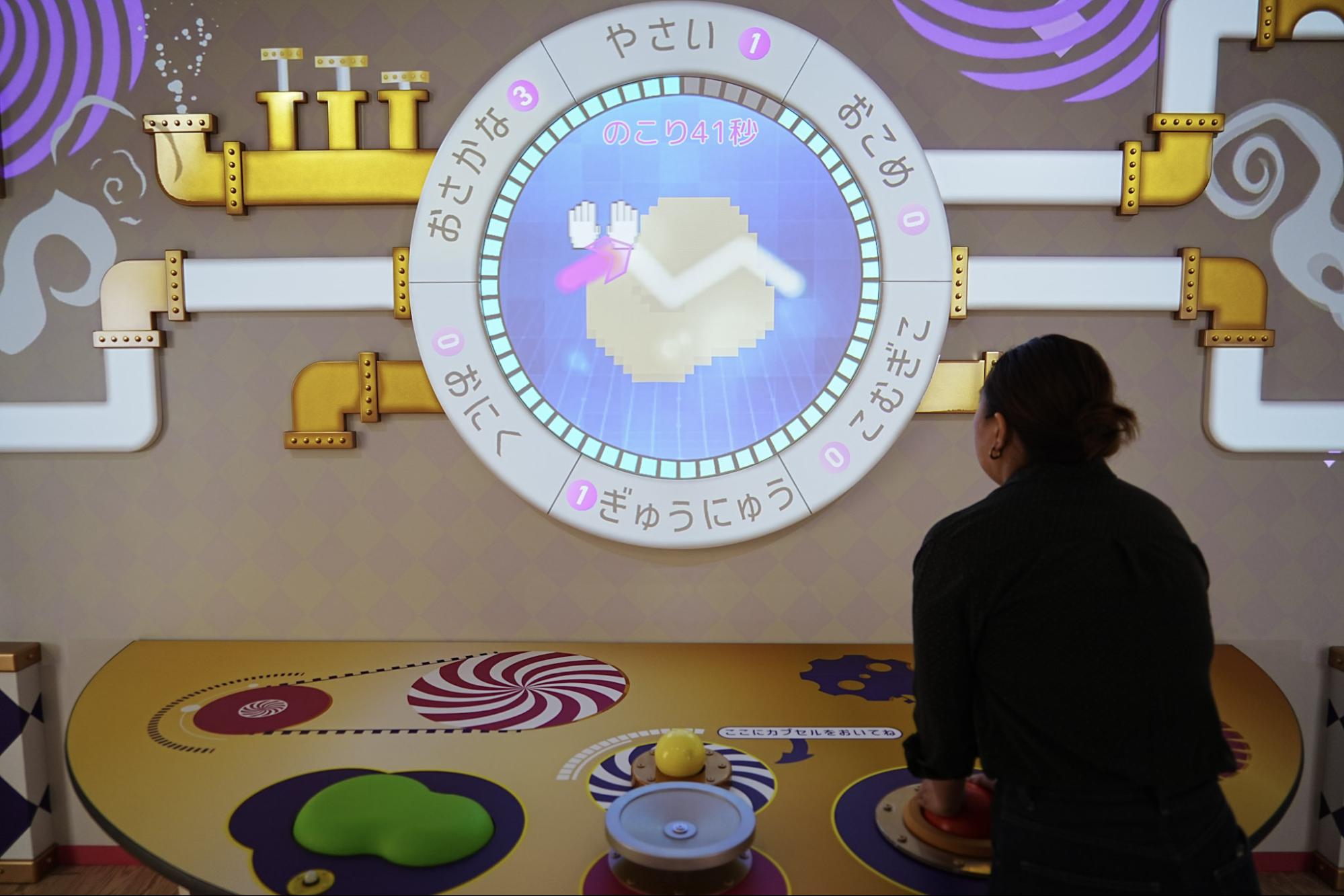
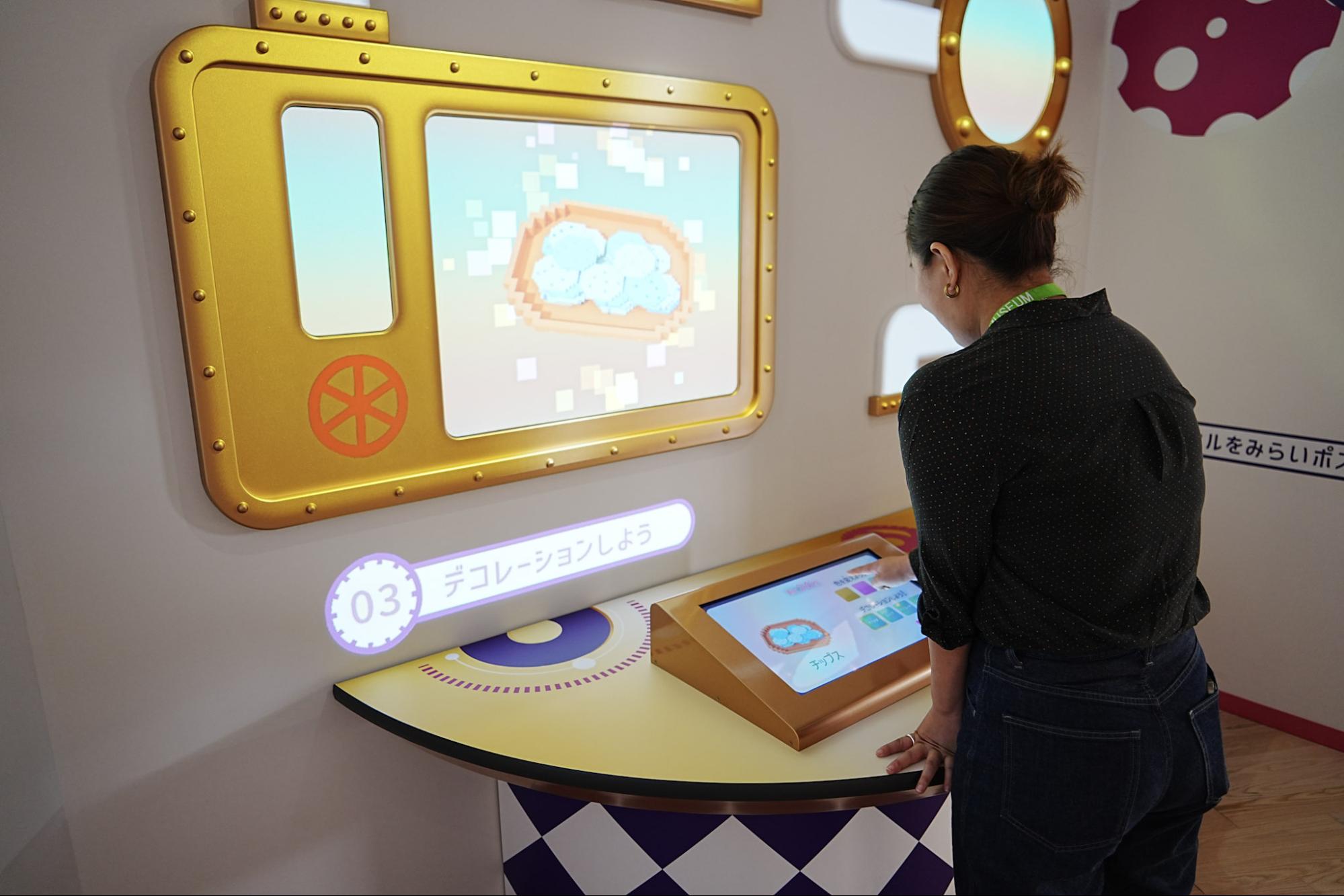
By pounding, kneading, colouring and decorating it, they transform it into "food of the future."
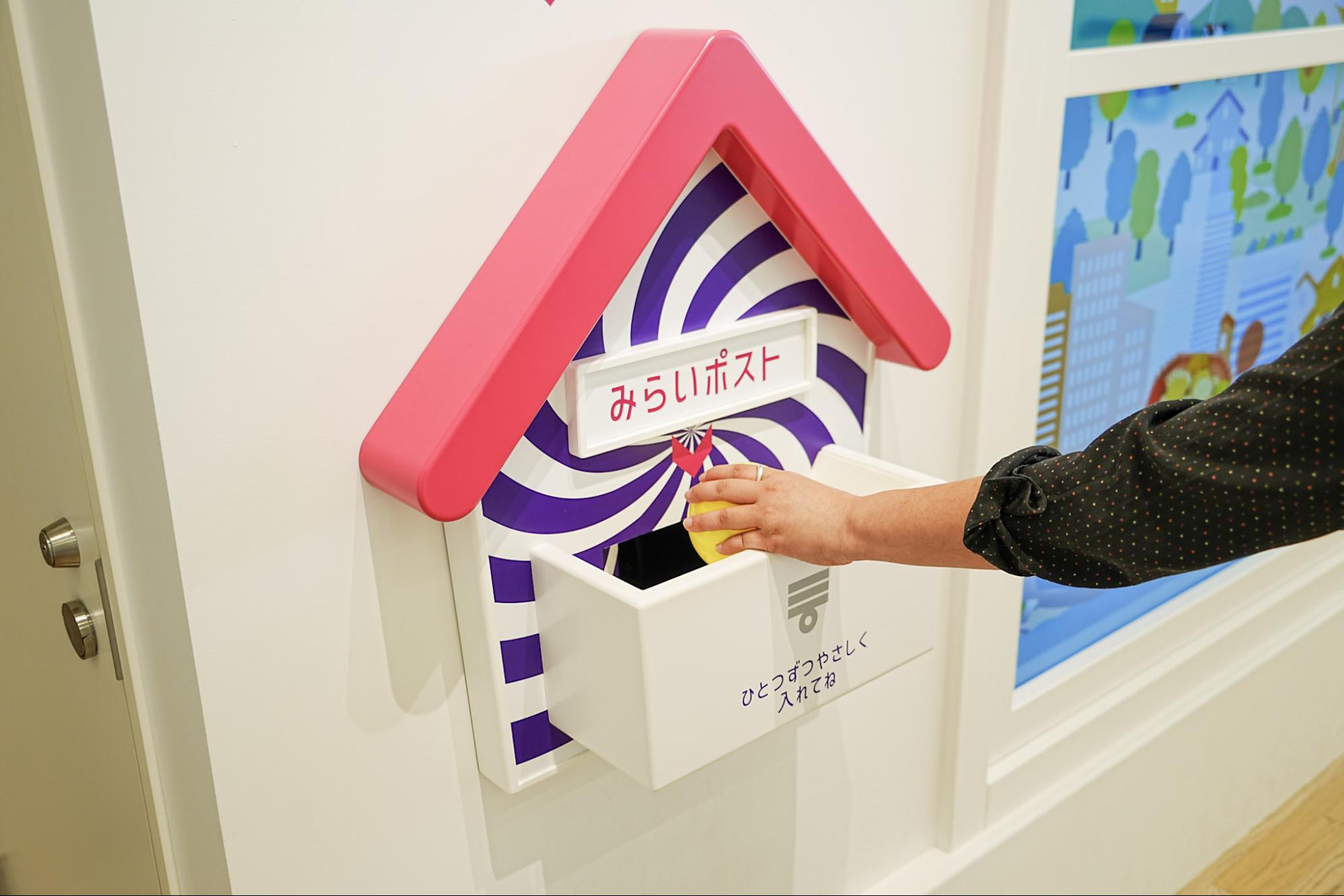
"Mirai Post"
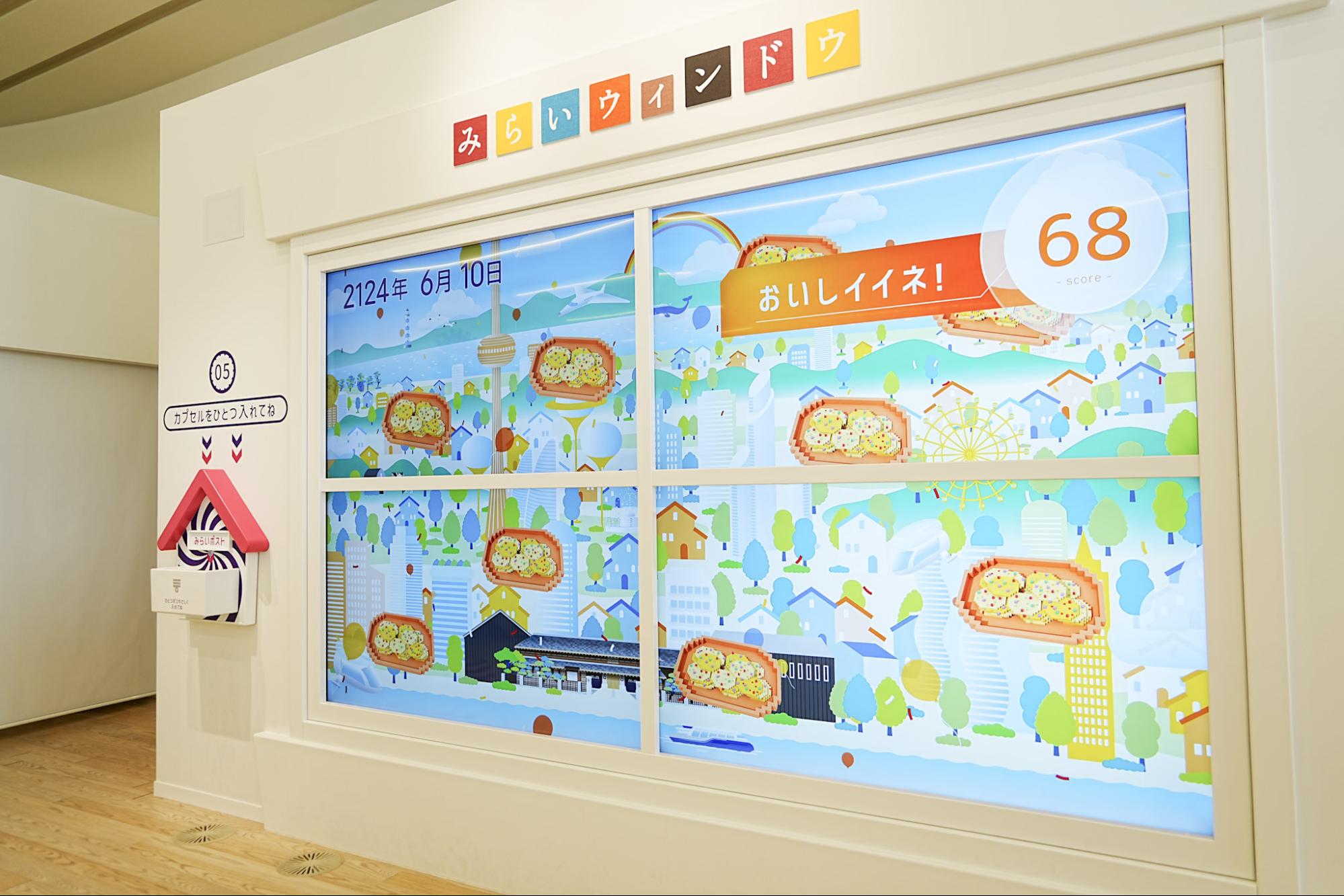
"Mirai Window"
When you put a capsule into the "Mirai Post," the "food of the future" you made will be displayed in the "Mirai Window," and you will receive points for "yummy likes." It's a great opportunity to think about social issues.
There are also items that can only be purchased here!
Museum Shop
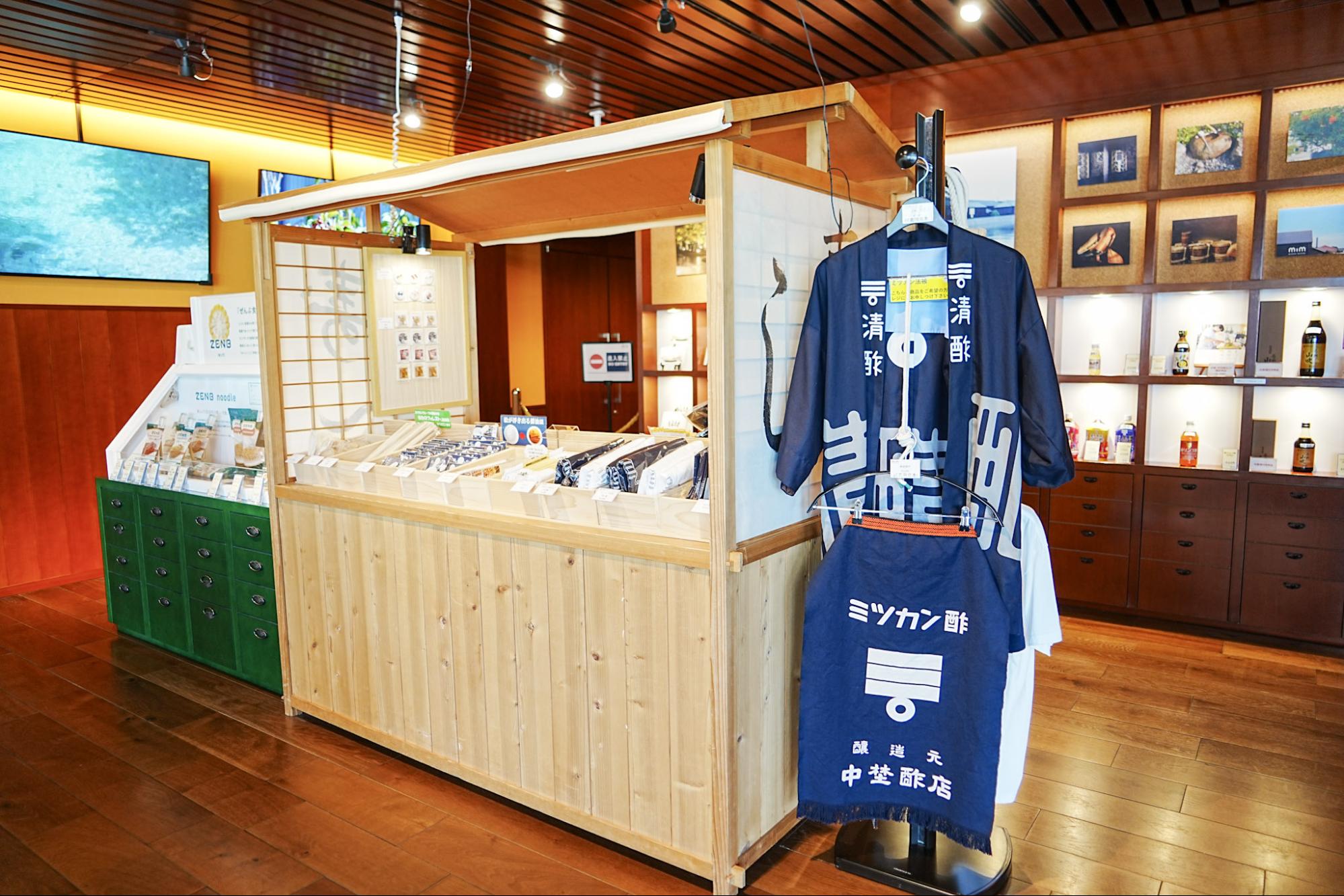
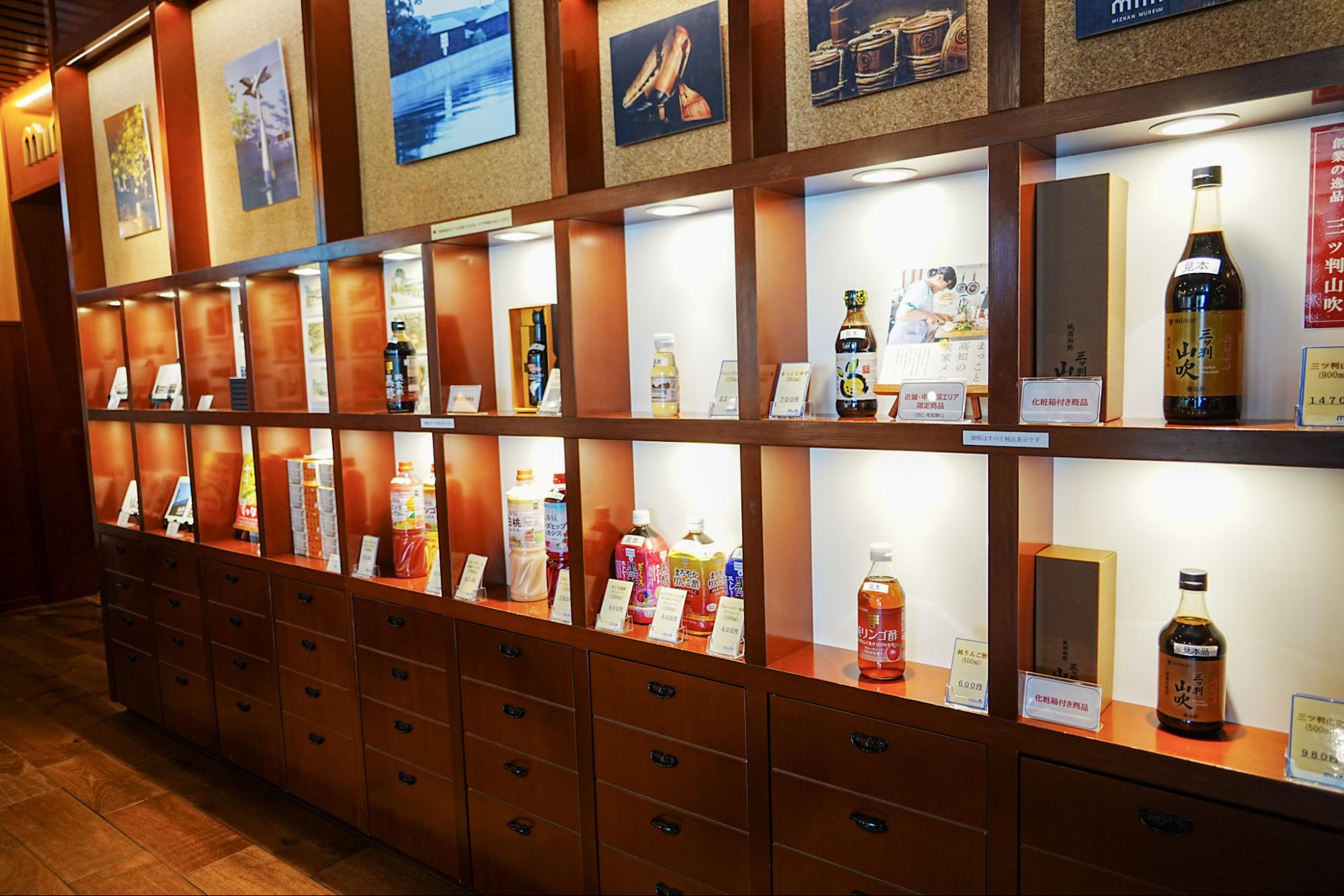
Lastly, let's stop by the museum shop.
They also have premium vinegars such as "Mitsuhan Yamabuki", the vinegar created by Mizkan, and "Senya", a limited edition vinegar that can only be purchased here. It is connected to the entrance, so you can stop by even if you are not a tour participant.
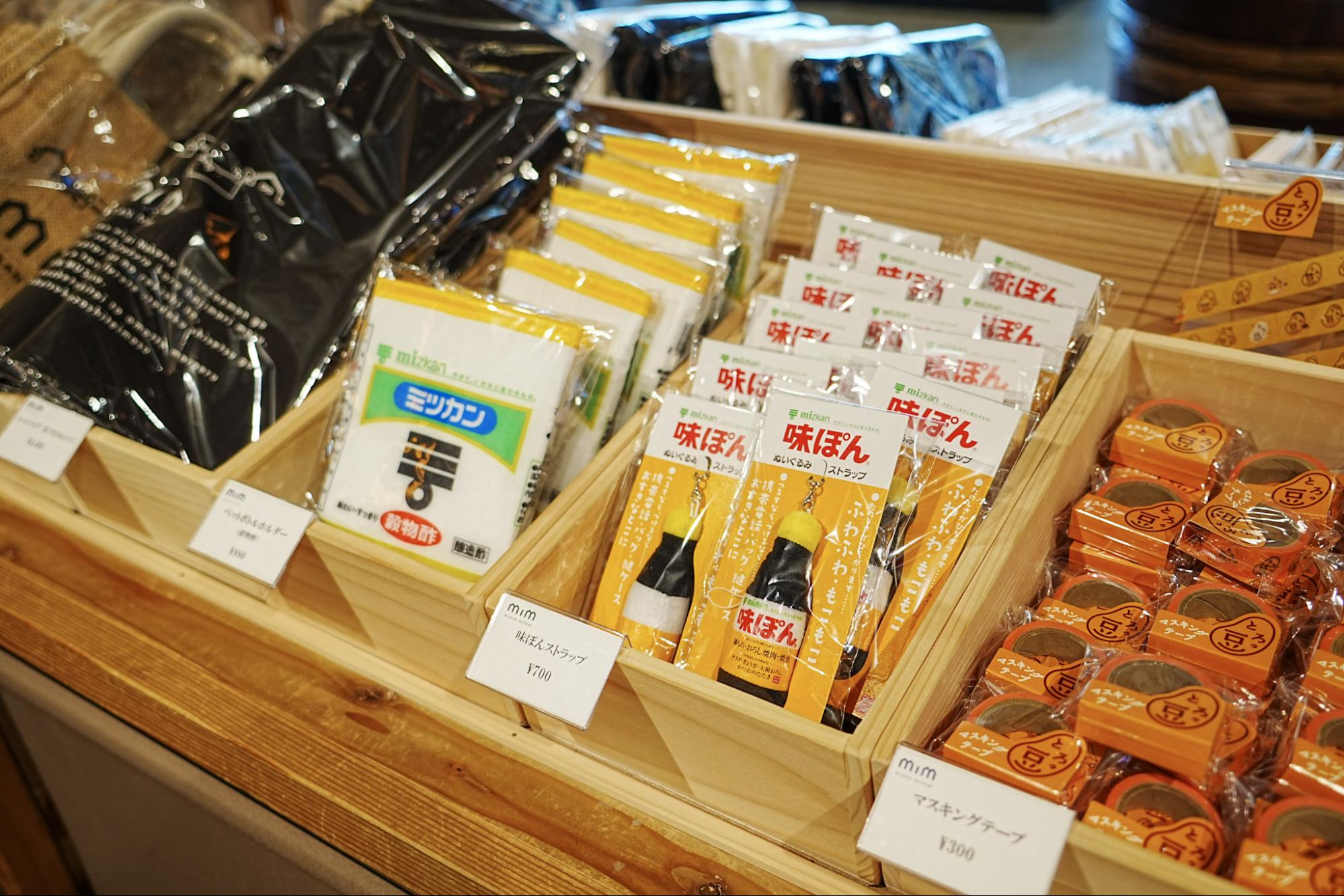
There are lots of original products, such as "Grain vinegar plastic bottle holder" and "Ajipon strap"!
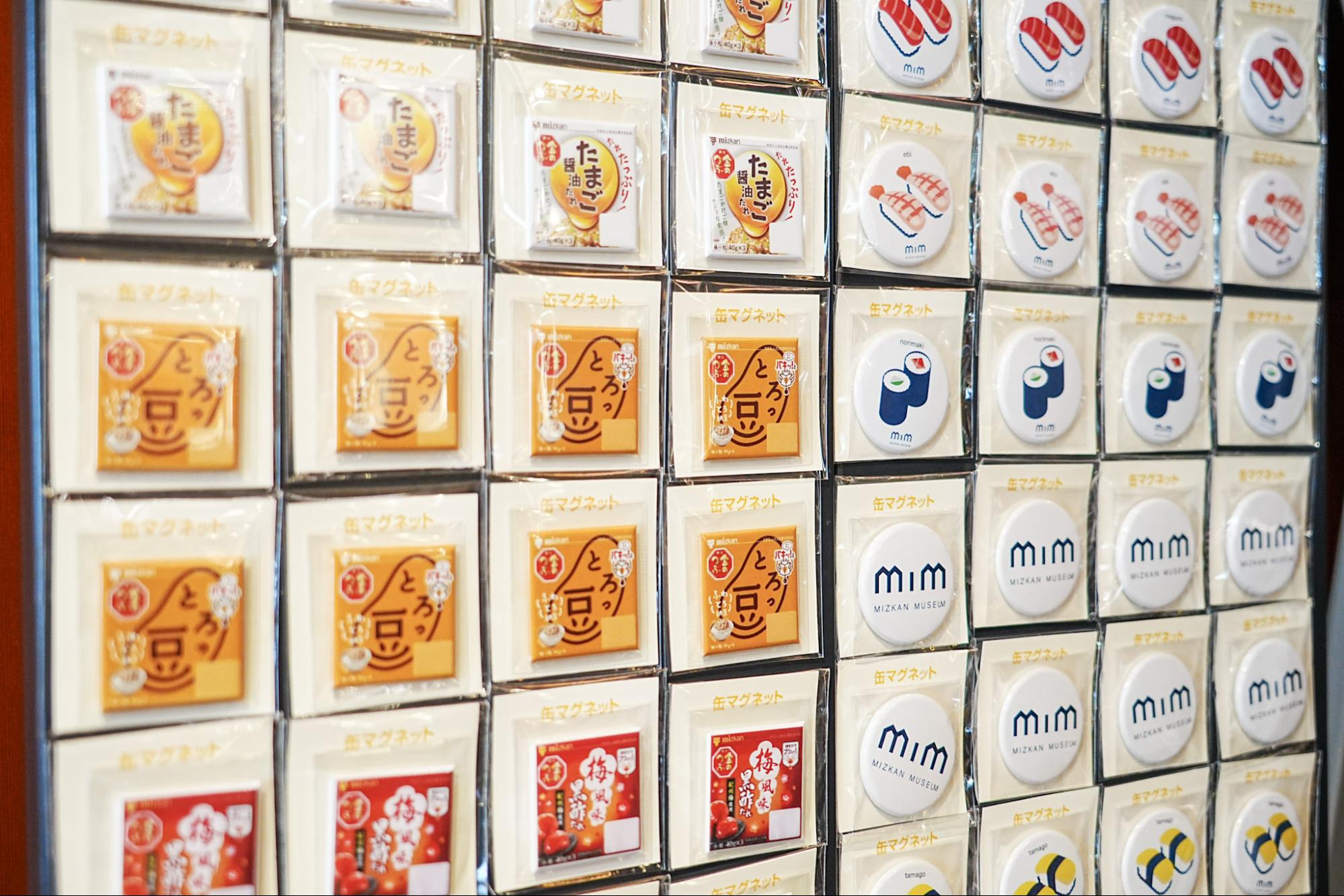
A cute "Tin magnet" that matches the packaging design
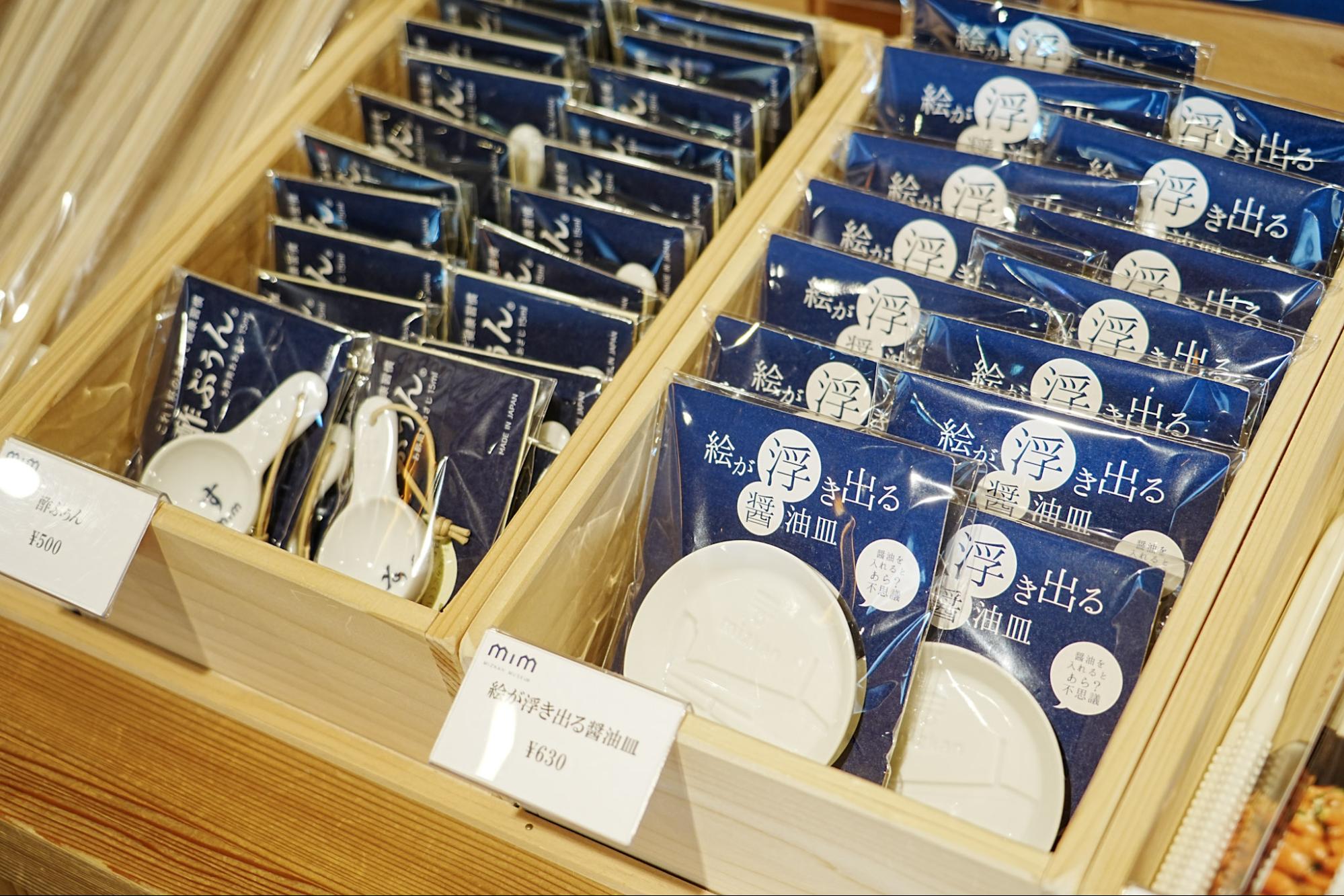
The unique "Soy sauce dish" is also popular!

The tour was more voluminous than I had imagined. When I heard that it was a guided tour, I had the impression that it would be a bit small and difficult, but I had a great time throughout the tour. With all this content, the admission fee of 500 yen is too good to be true!
This museum is a learning experience for adults as well as children and the whole family. Come and enjoy learning about the history of Mitsukan and the depth of vinegar making. Mitsukan has a deep connection with the "Handa Red Brick Building" and the food culture of Handa. This is the first place you should stop by when you go out to Handa.
![[Handa city] "MIM Mizkan Museum" Where You can Learn About Vinegar while Having Fun| Handa City 's sightseeing spots > Museums & Science Museums | Life Designs | Traveling and Living in Nagoya, Aichi, Gifu and Mie](https://life-designs.jp/wp/wp-content/themes/wp-templ/assets/img/common/logo.svg)

![[Tokai Area] Popular Museums](https://life-designs.jp/wp/wp-content/uploads/2022/09/79bdd74a5708a2e3baac91852182da29-1024x580.png)
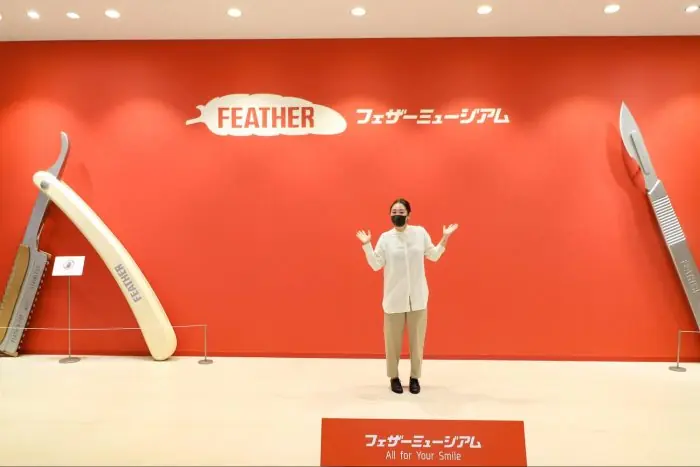
![[Yokkaichi city] Let's Go to "Soranpo Yokkaichi" where you can Enjoy with your Family!](https://life-designs.jp/wp/wp-content/uploads/2022/07/image4-9-656x369.jpg)
![[Kariya City] Enjoy Planetarium and More! Hands-On Science Museum](https://life-designs.jp/wp/wp-content/uploads/2021/08/image9-8-700x467.jpg)

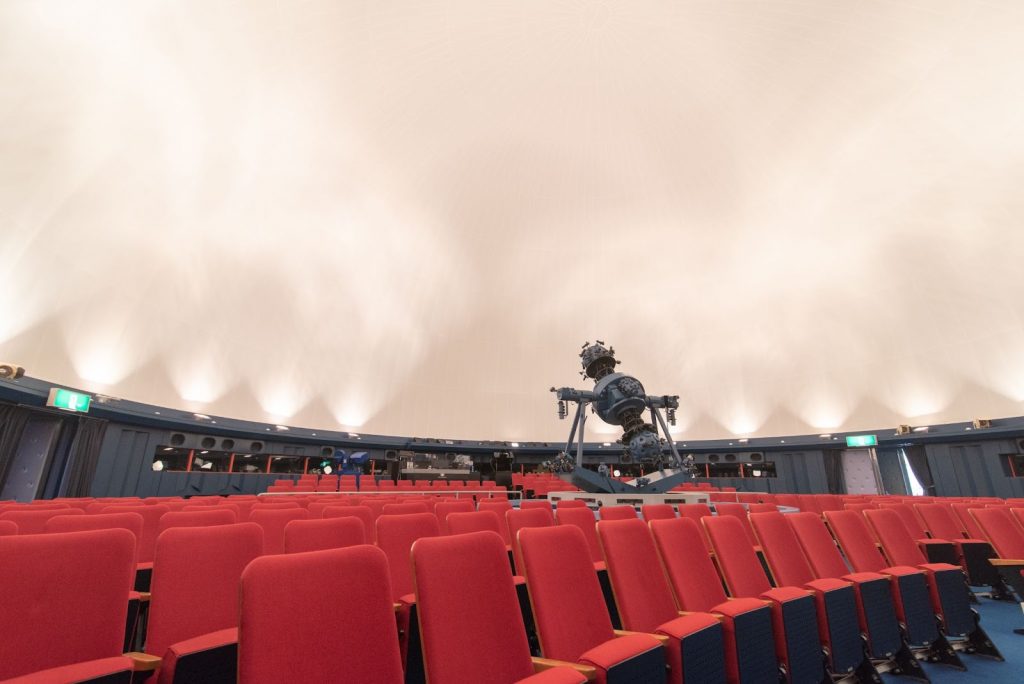
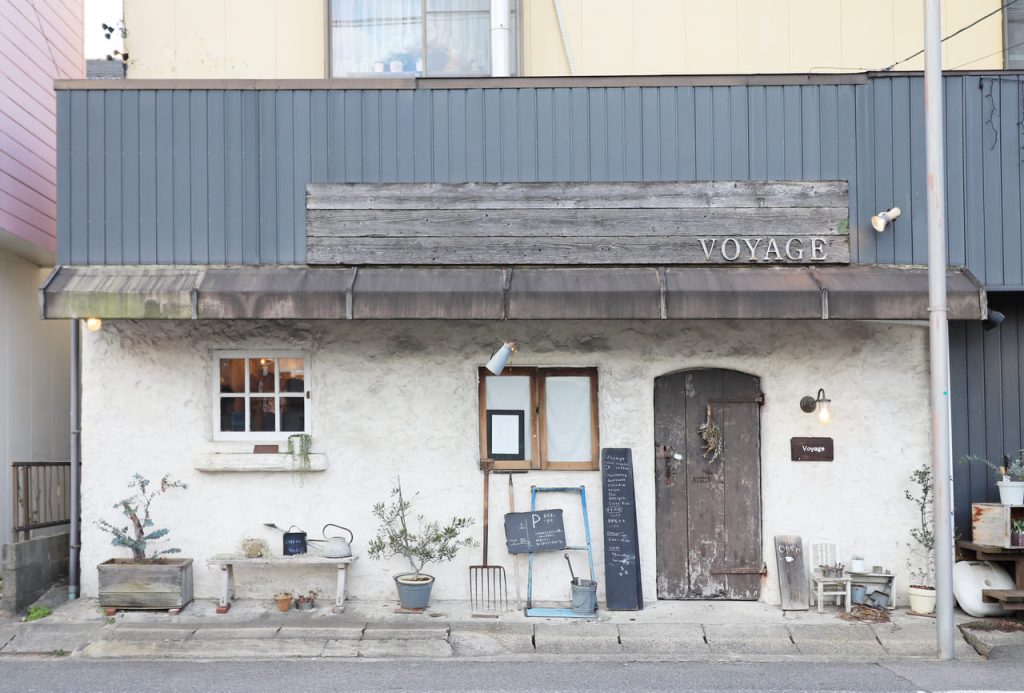
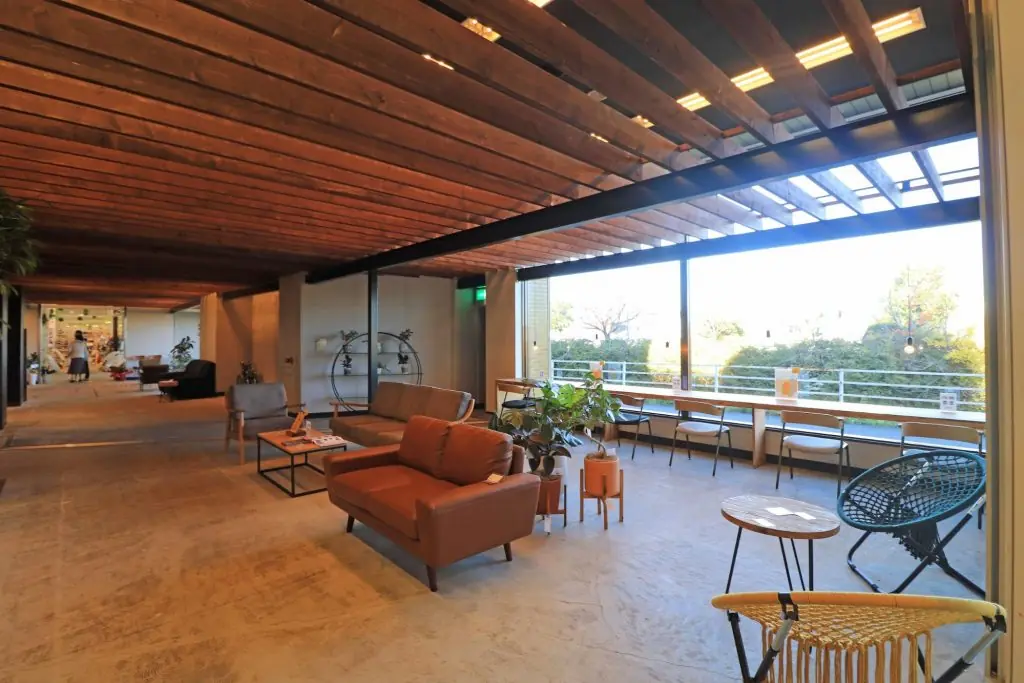
![[10 Selections] Parents and children can enjoy it! Summary of Museums in Aichi Prefecture](https://life-designs.jp/wp/wp-content/uploads/2022/01/FotoJet-2022-01-05T162333.940-1-1024x683.jpg)
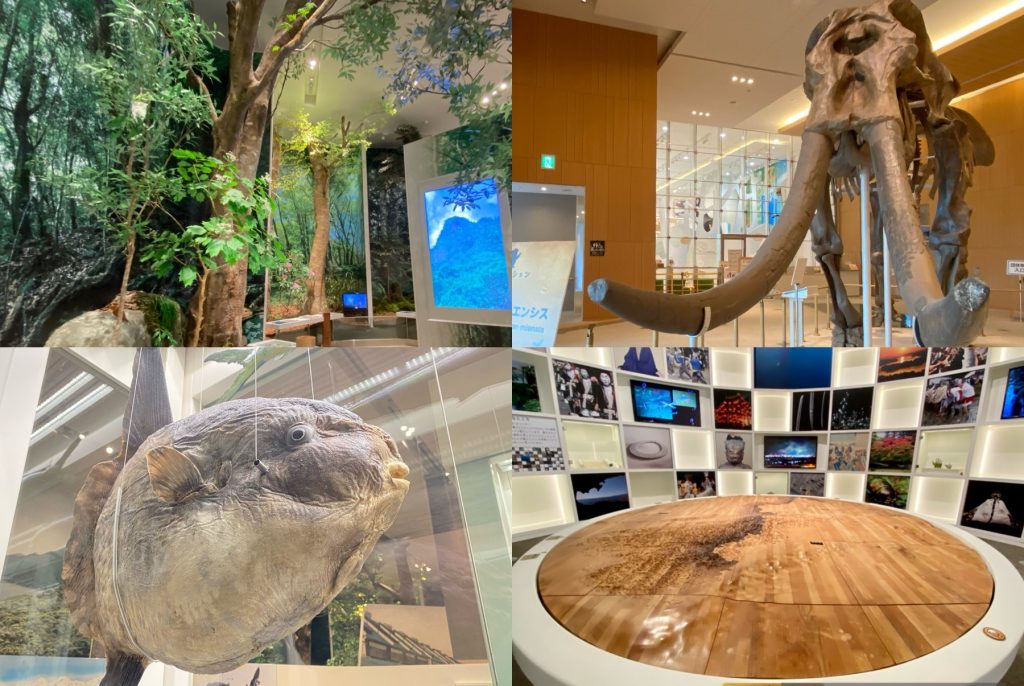
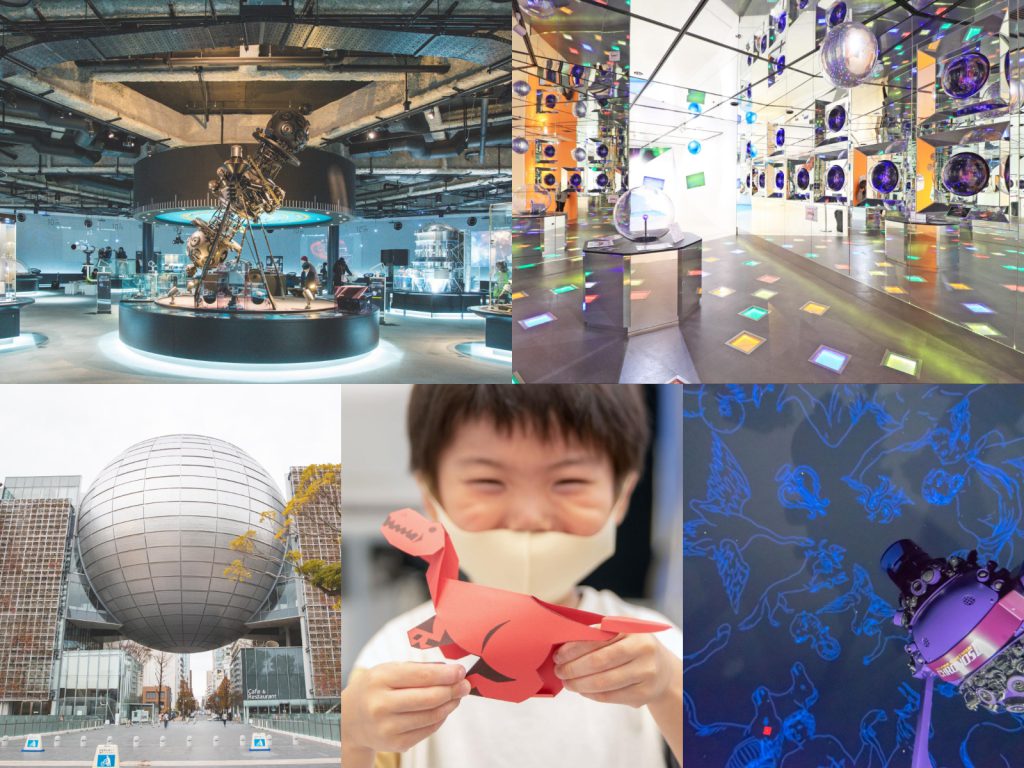
![[Yokkaichi city] Let's Go to "Soranpo Yokkaichi" where you can Enjoy with your Family!](https://life-designs.jp/wp/wp-content/uploads/2022/07/image4-9-1024x576.jpg)

![[Indoor Facilities] Where to Go on Rainy Days in Tokai Area! For Family Outings!](https://life-designs.jp/wp/wp-content/uploads/2023/07/FotoJet-23.jpg)





![[Sauna Specials] Feel Revitalized in Sauna!](https://life-designs.jp/wp/wp-content/uploads/2021/07/Sauna-768x435.jpg)
![[Osu Special Feature] A City of History and Uniqueness](https://life-designs.jp/wp/wp-content/uploads/2022/03/01_Osu-1-768x435.png)
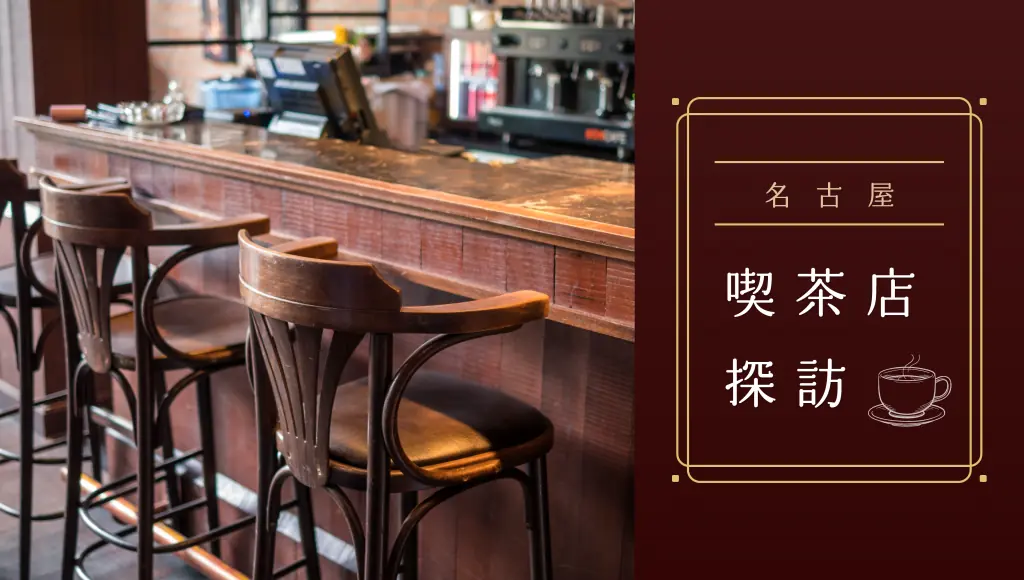
![[Tokai Area] Place to Go on Rainy Days!](https://life-designs.jp/wp/wp-content/uploads/2022/03/f76405aaa33944a4ba88a131fbc56523-1024x580.png)
![[Enjoy Kuwana! ] From Classic to the Latest Spots](https://life-designs.jp/wp/wp-content/uploads/2022/11/Kuwana_w1920x1088-1-1024x580.png)
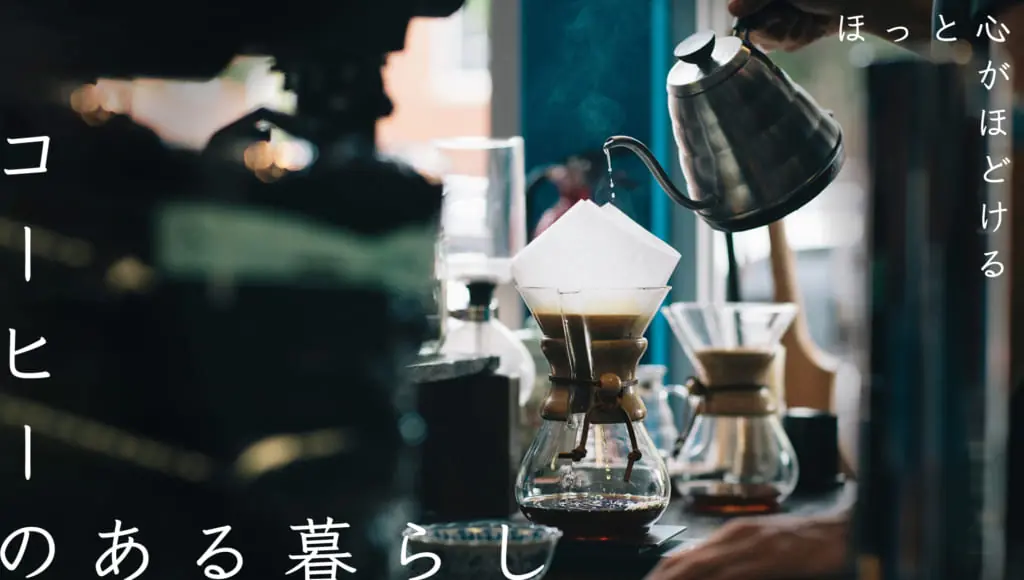
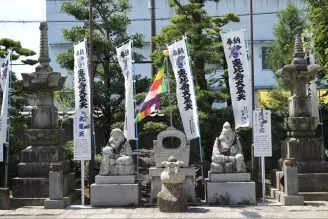
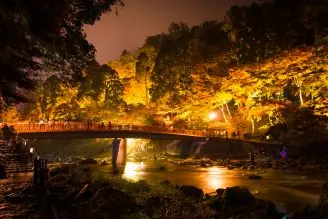

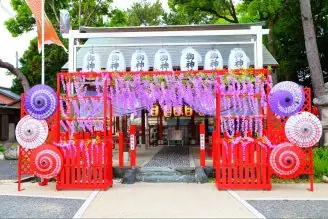
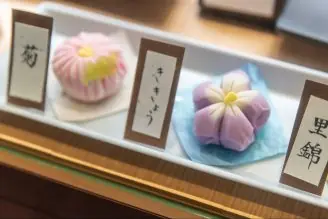
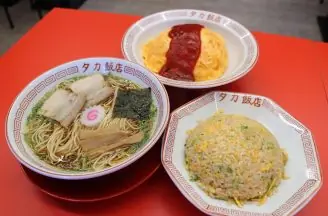
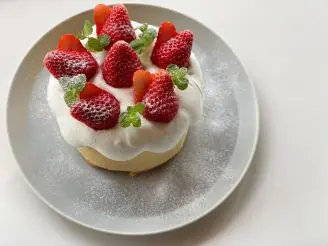
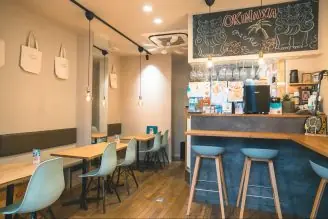

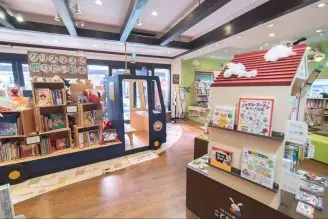
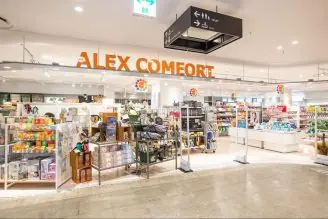

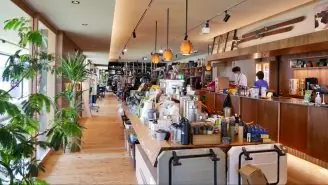
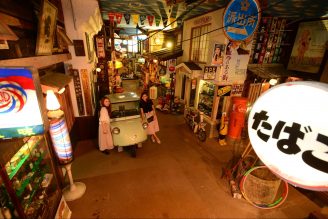
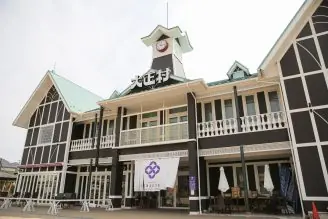
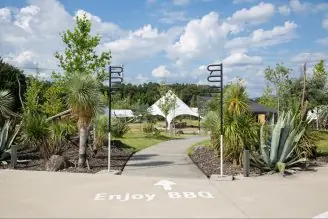
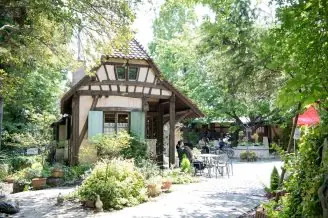
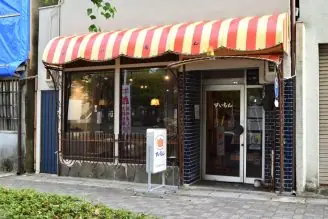
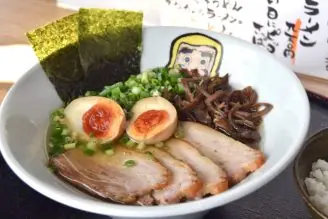
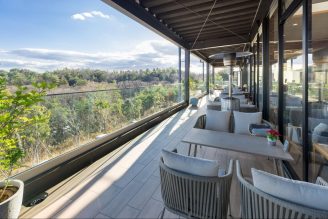

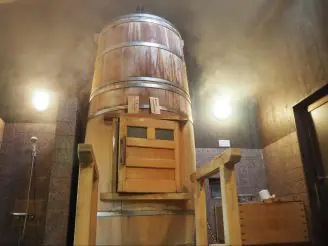
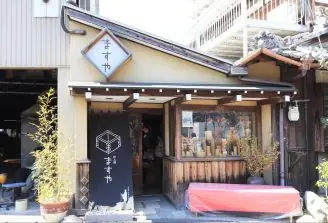
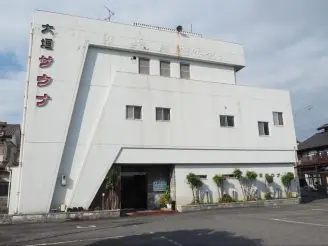
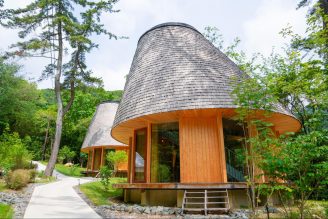
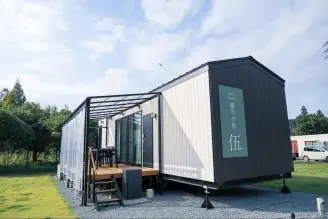

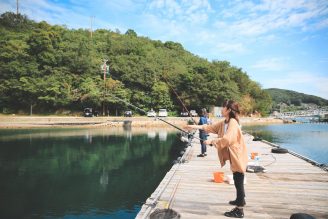

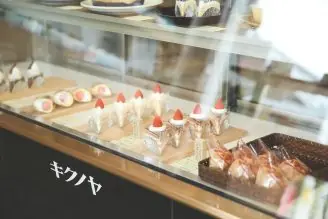
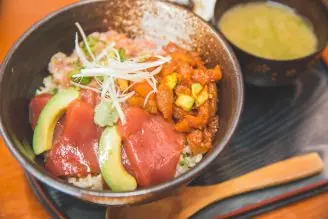
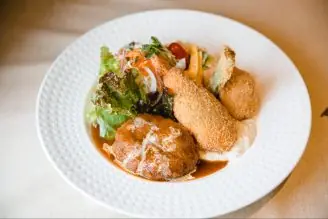
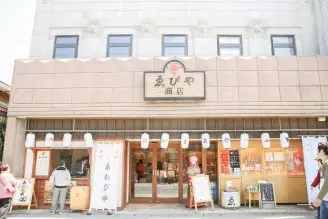
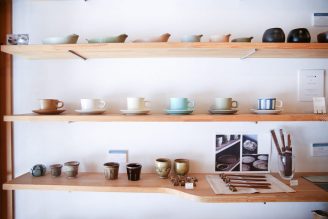
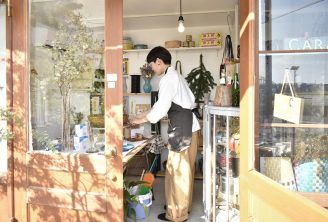

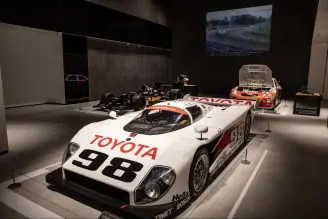

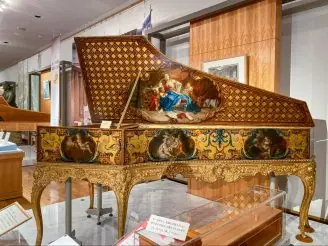

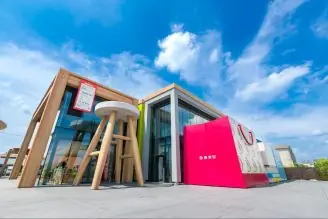



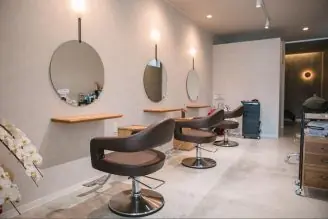


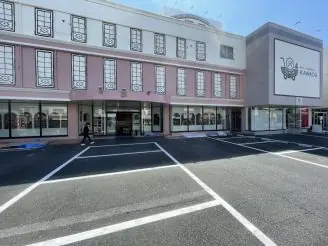
![[Indoor Facilities] Where to Go on Rainy Days in Tokai Area! For Family Outings!](https://life-designs.jp/wp/wp-content/uploads/2023/07/FotoJet-23-1024x768.jpg)
![[28 selections] I want to get it when I go to Ghibli Park! Recommended goods & souvenirs (Ghibli’s Grand Warehouse edition)](https://life-designs.jp/wp/wp-content/uploads/2023/07/07bb34f30842ccc4c6412fc060e1966c-1024x683.jpg)
![[20 Selections] Nagoya Souvenirs: Non-Sweet & Recommended Snacks Available at Nagoya Station](https://life-designs.jp/wp/wp-content/uploads/2025/07/image3-2-1024x683.jpg)
![[Within 2hrs by Car] 12 Outing Areas where You can Go on a Day Trip from Nagoya!](https://life-designs.jp/wp/wp-content/uploads/2023/07/odekake12_w1200h900_20240422-768x576.png)
![[Aichi, Gifu, Mie] 30 Family-Friendly Spots to Go in Winter!](https://life-designs.jp/wp/wp-content/uploads/2019/12/image21-1-150x106.png)
